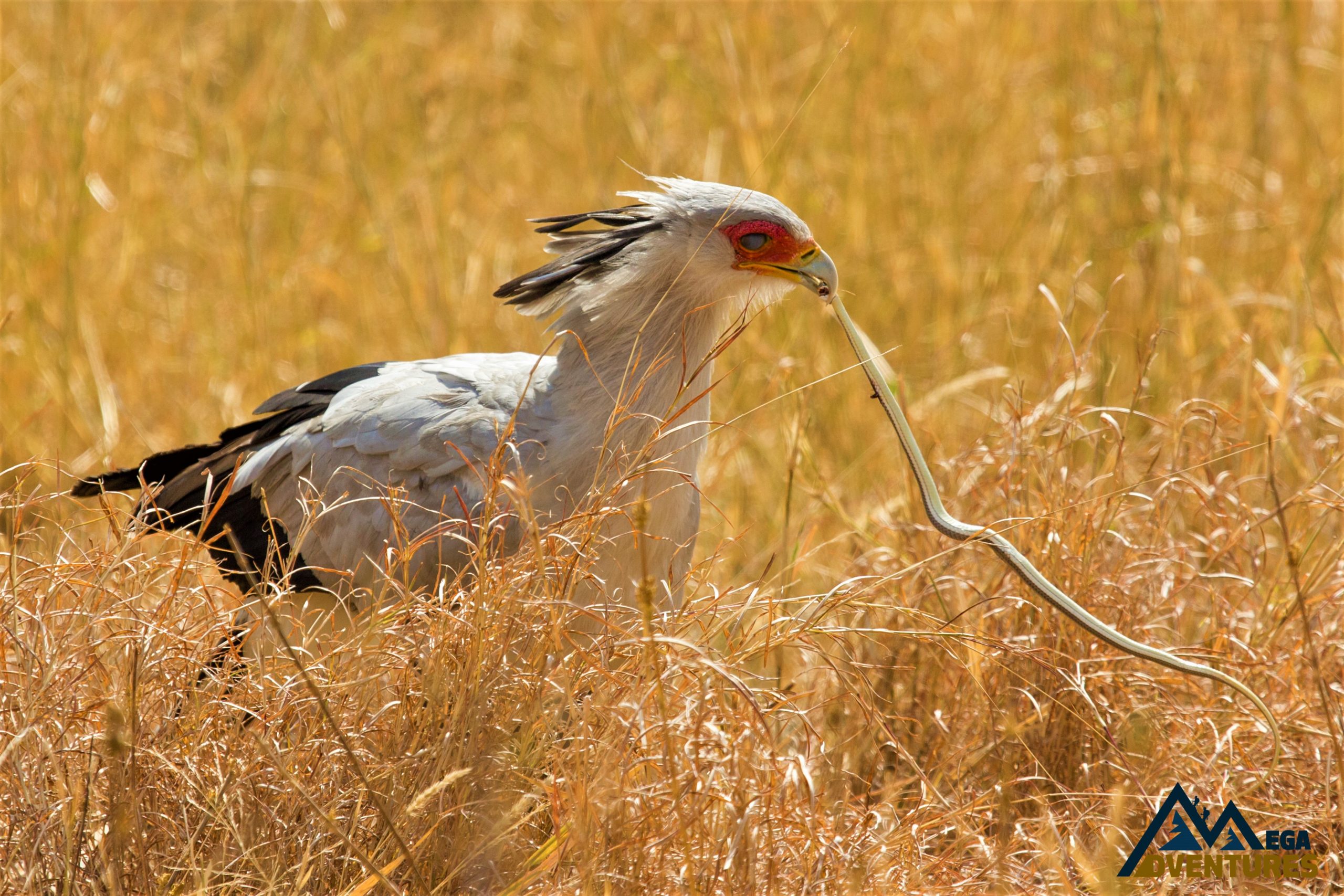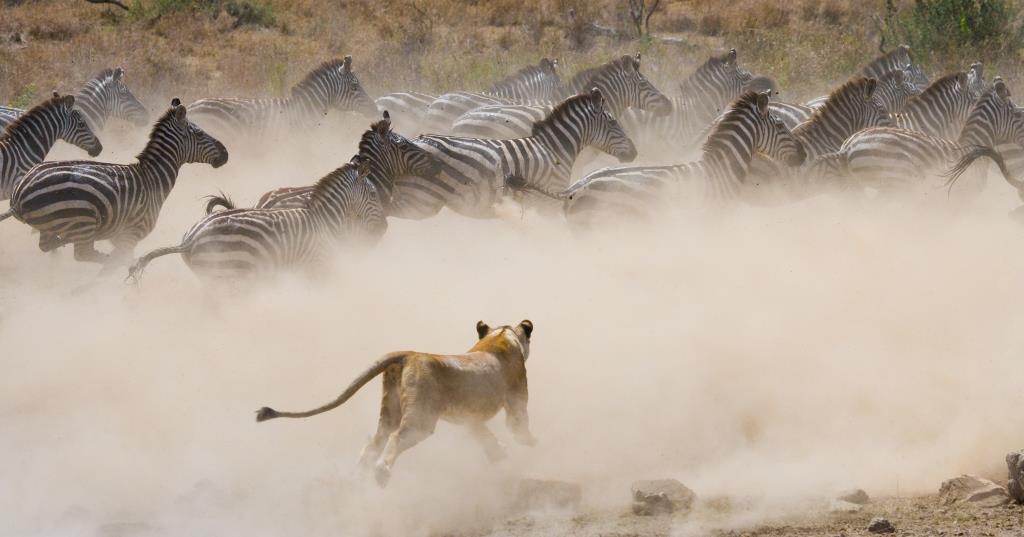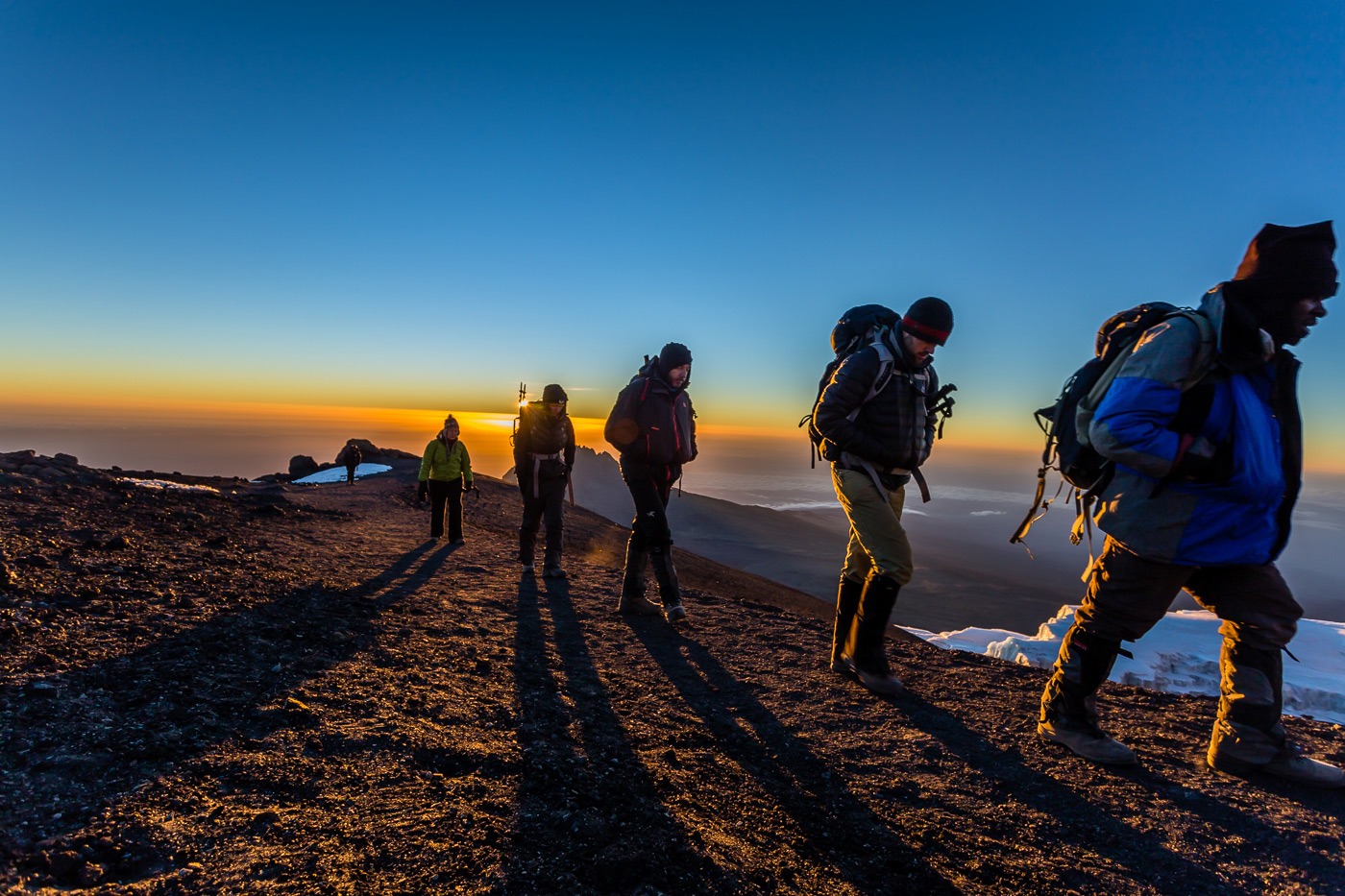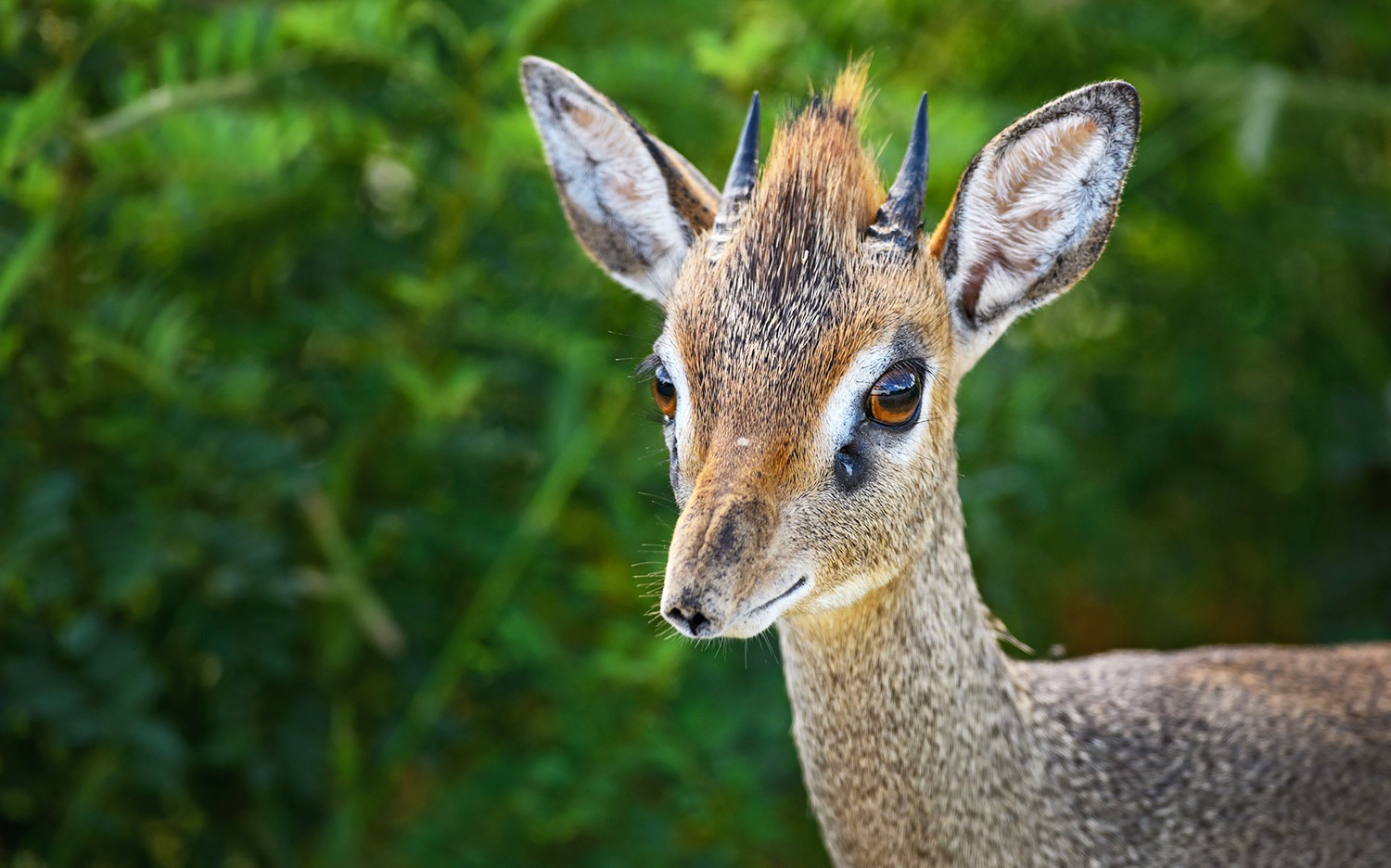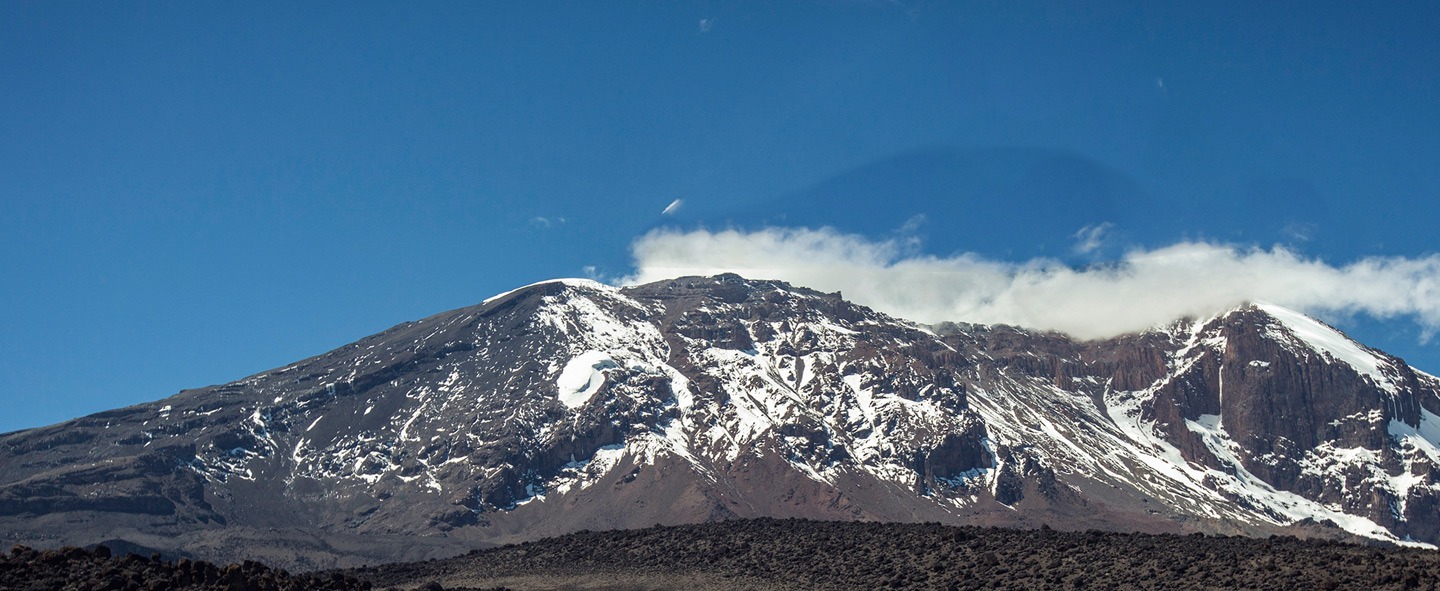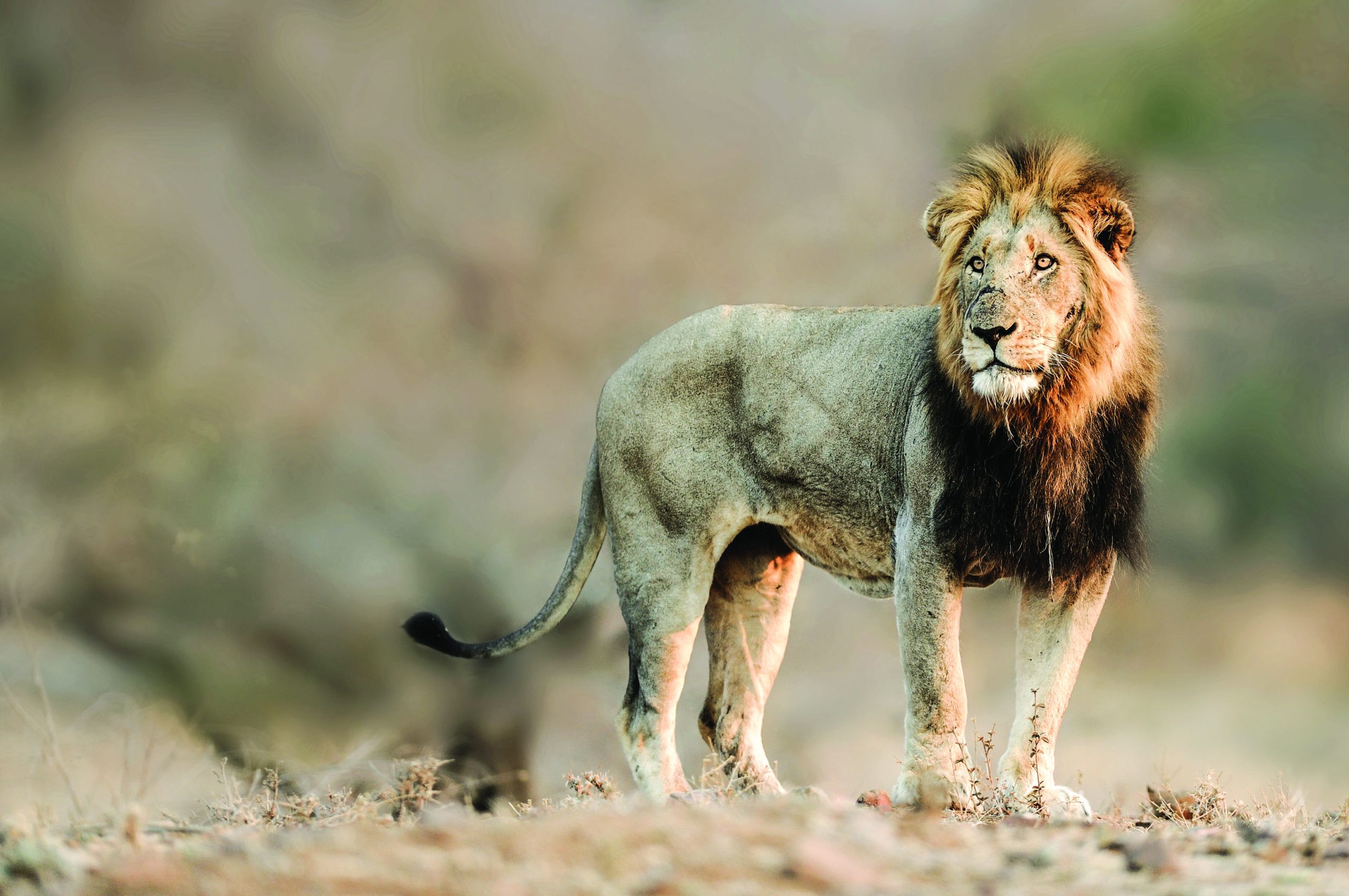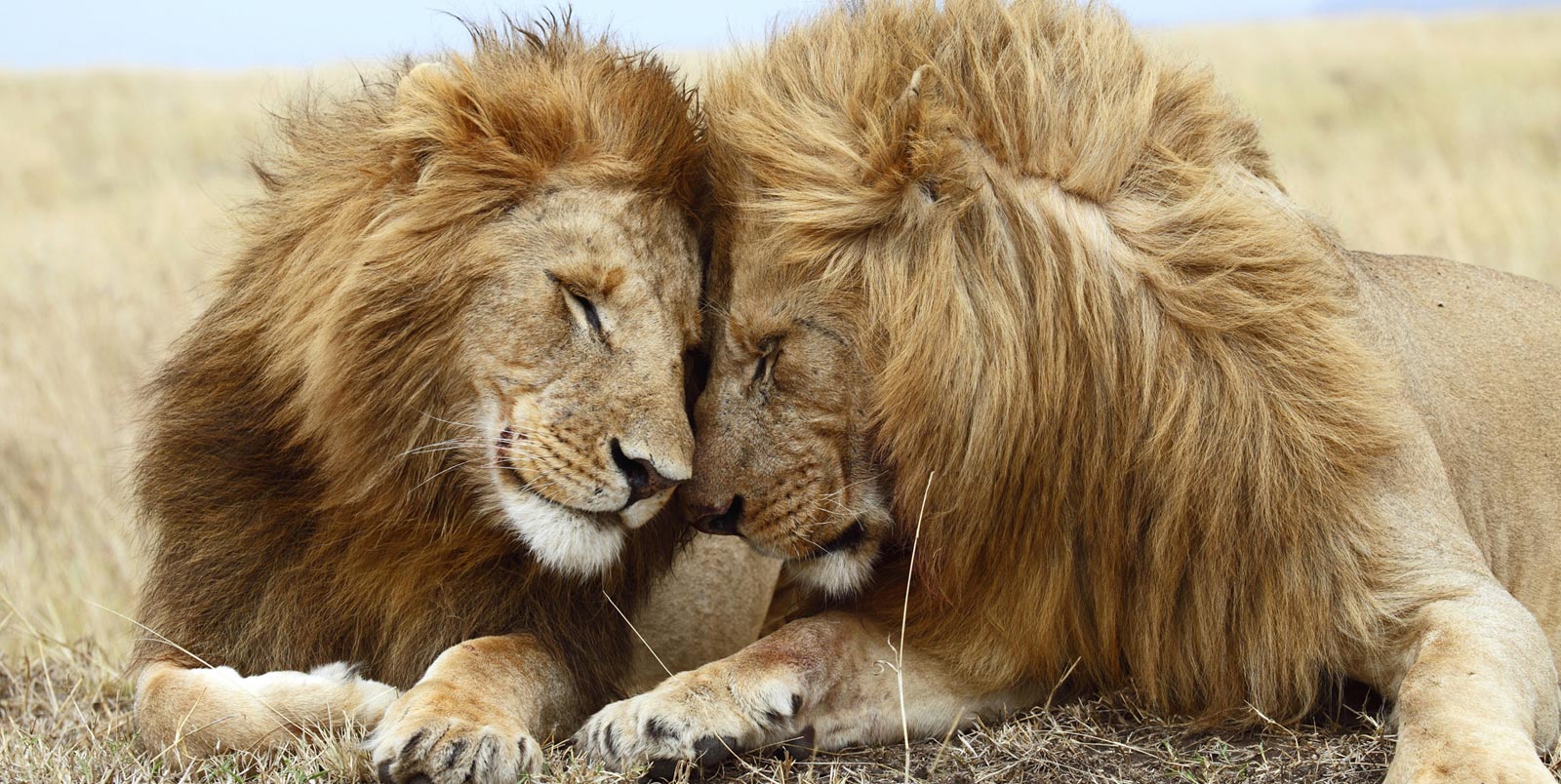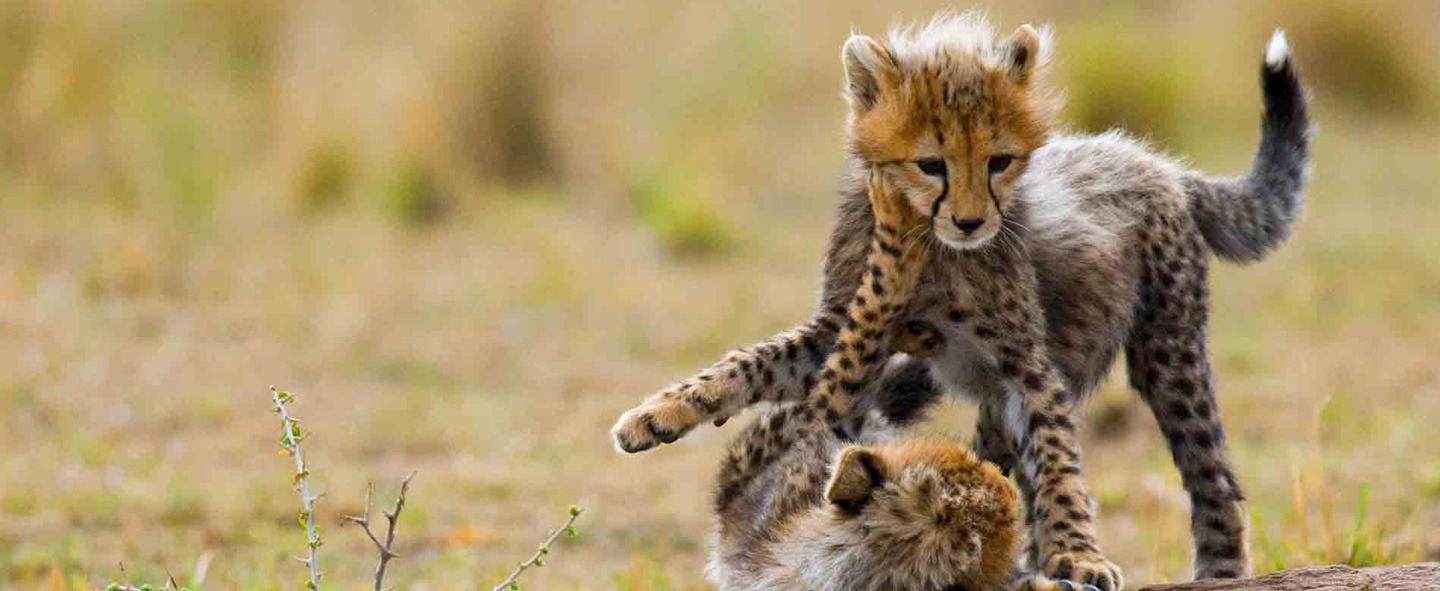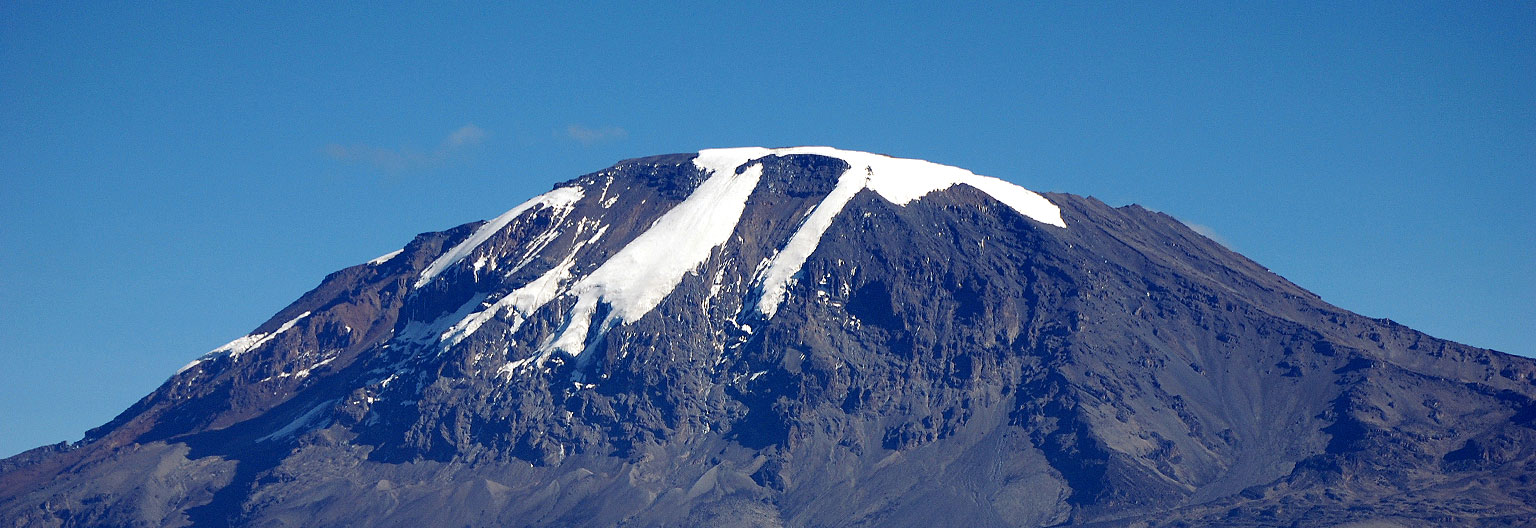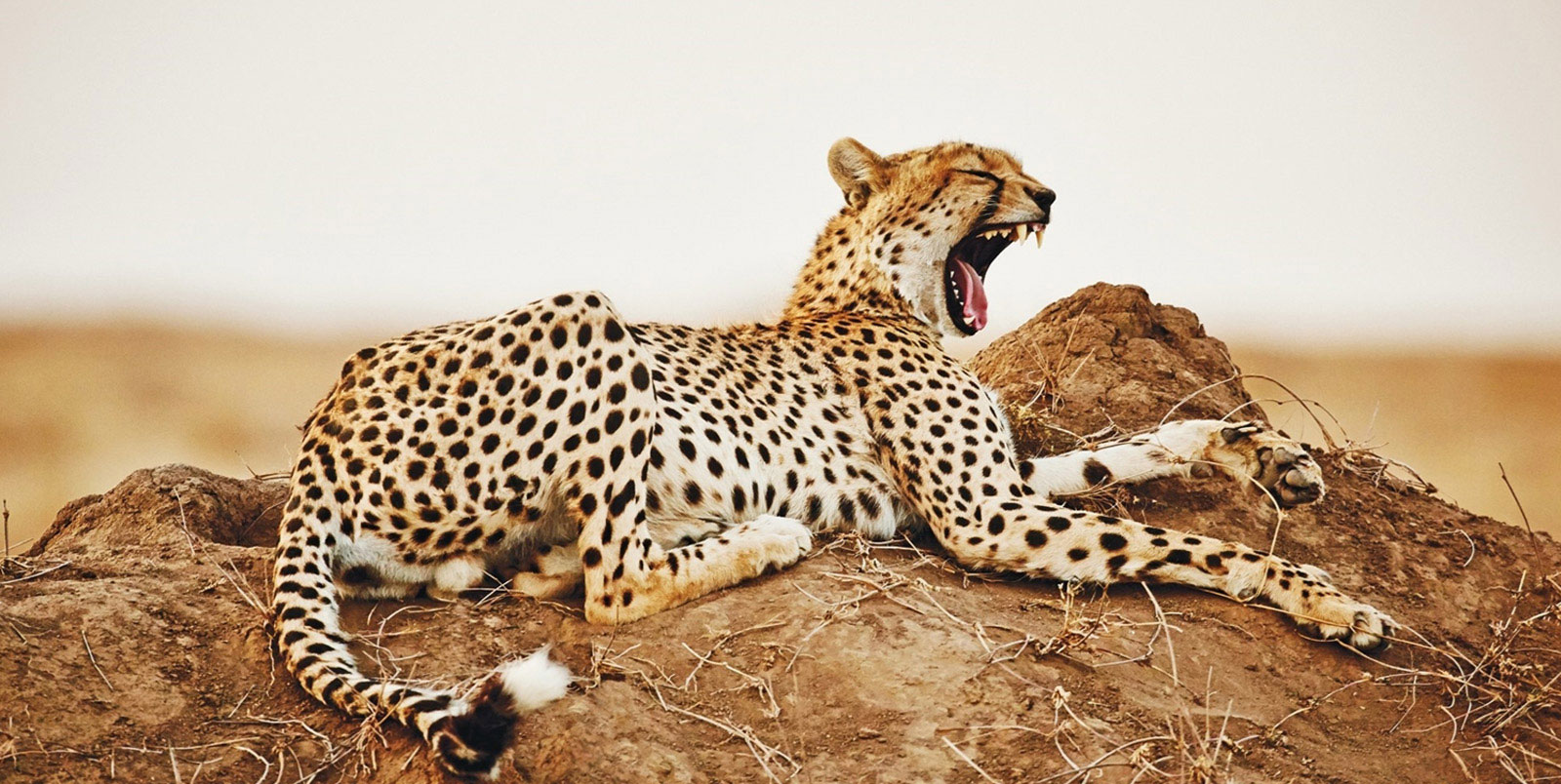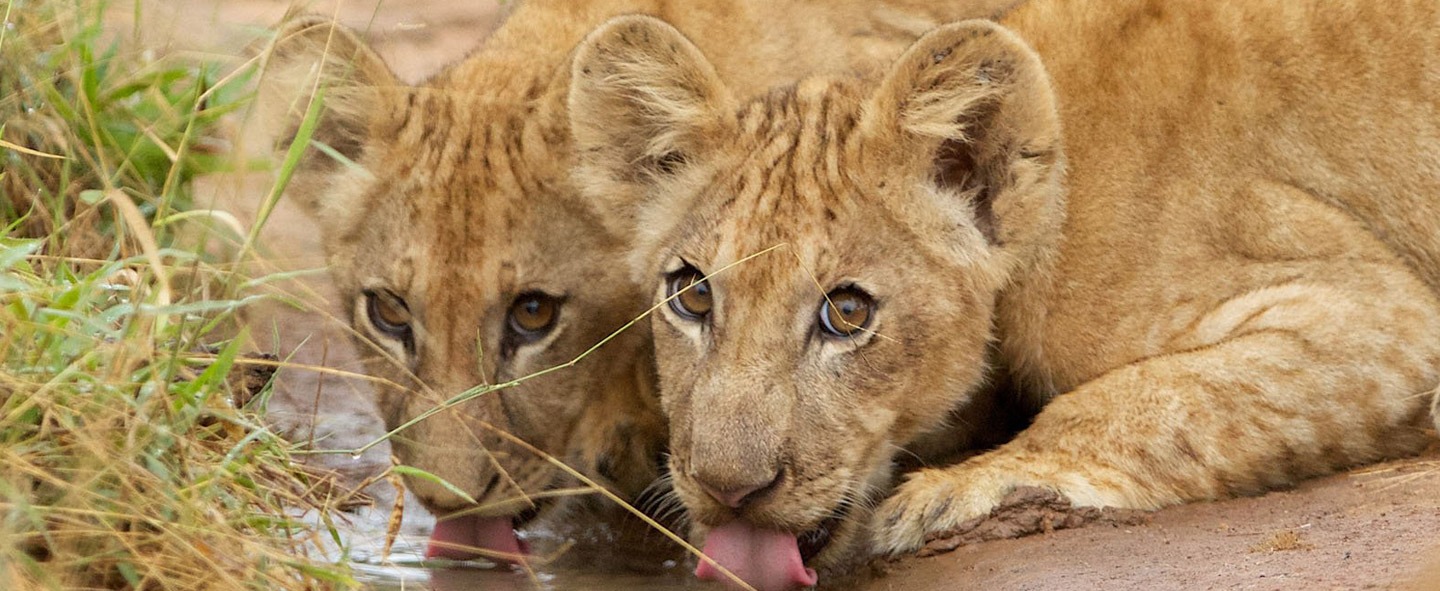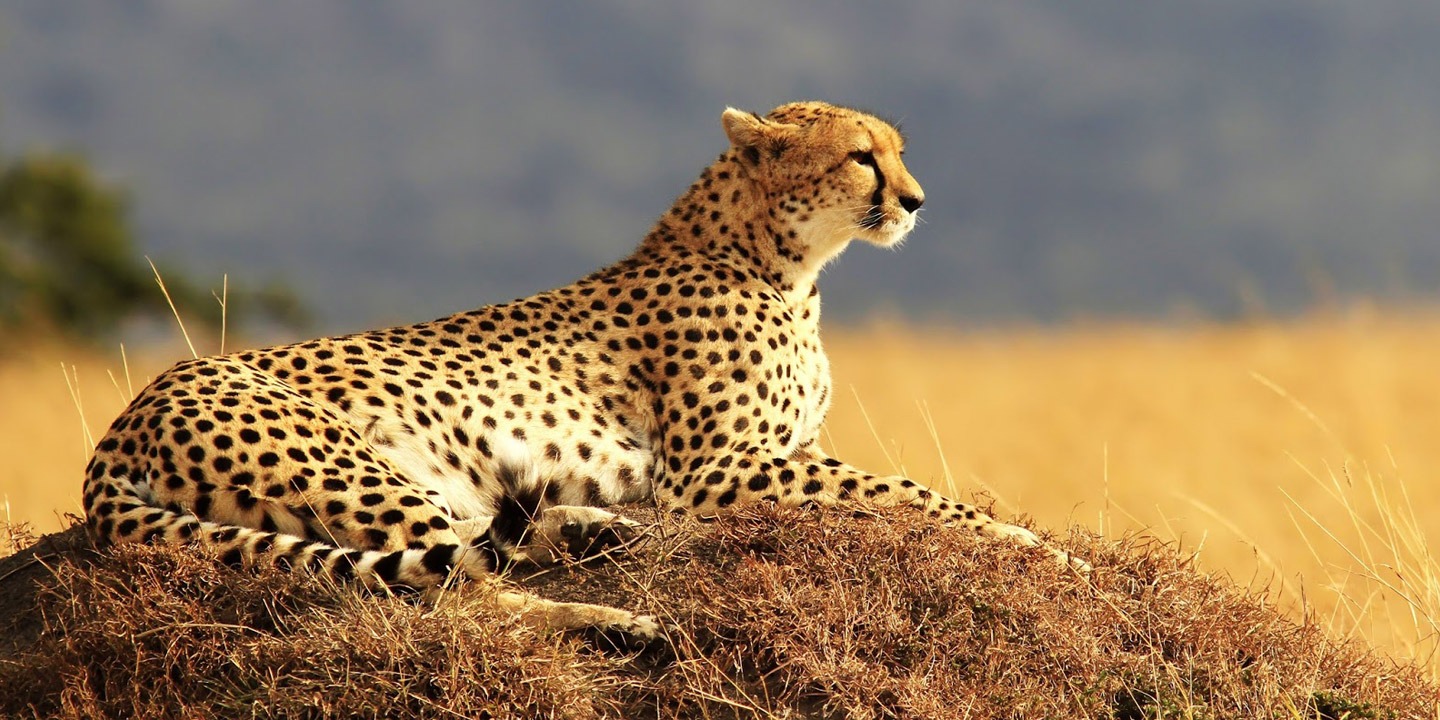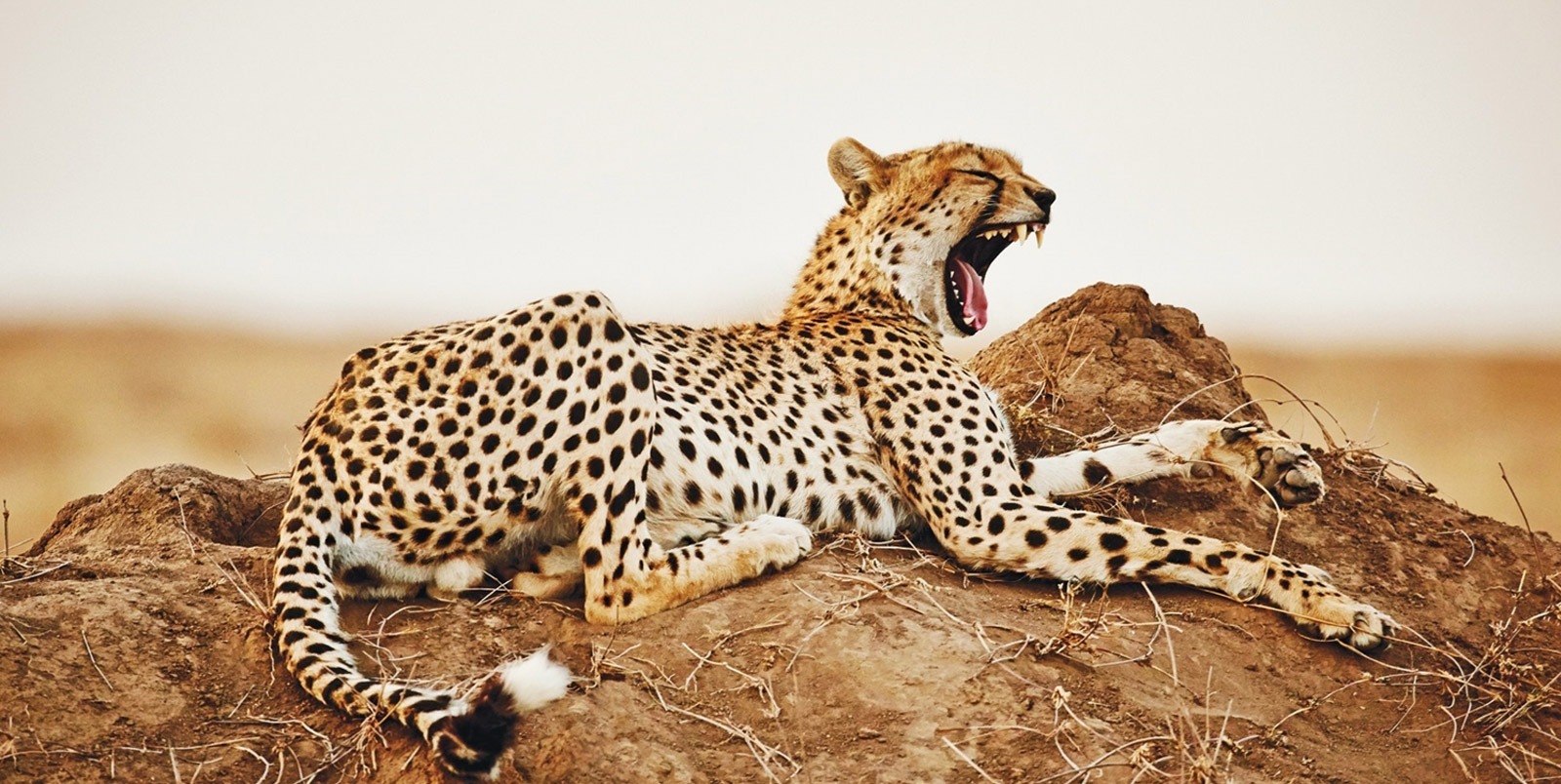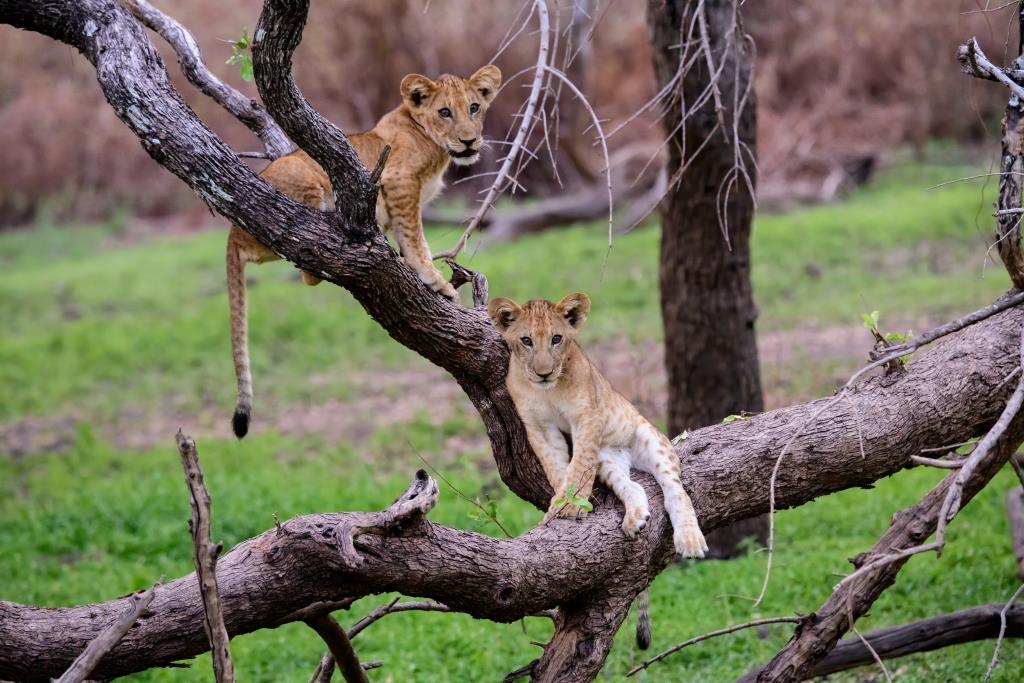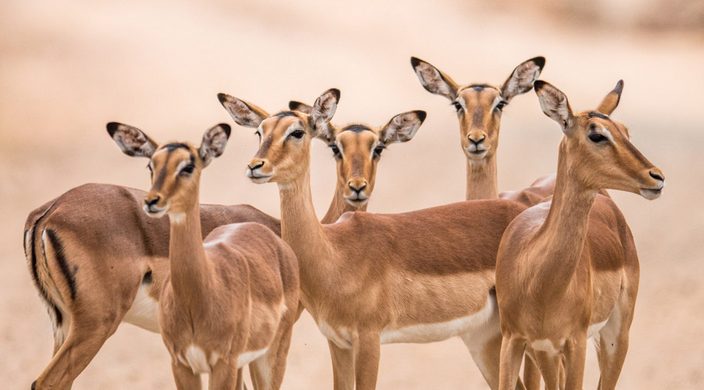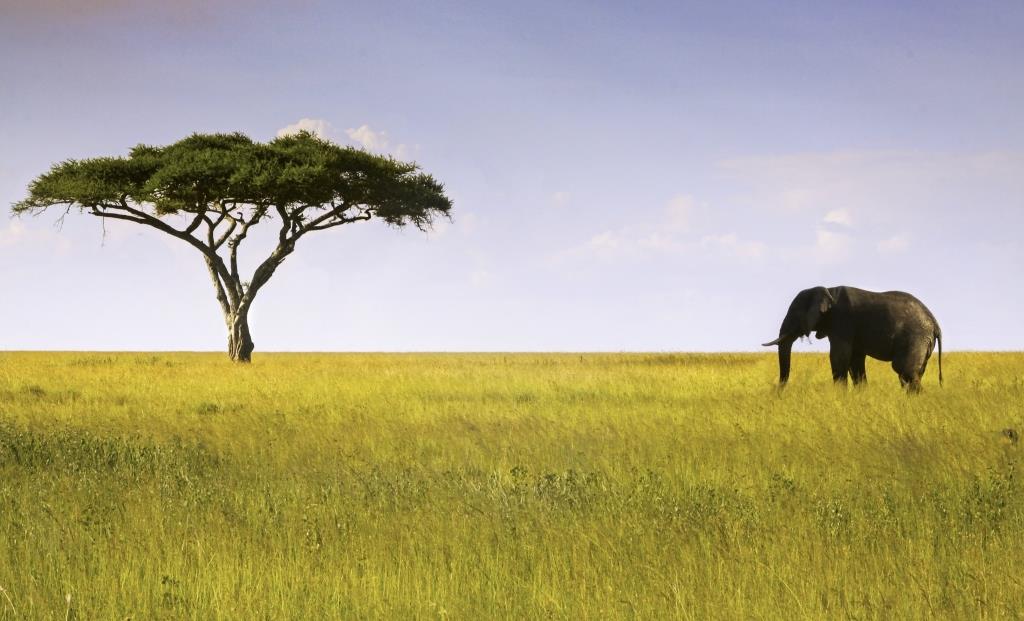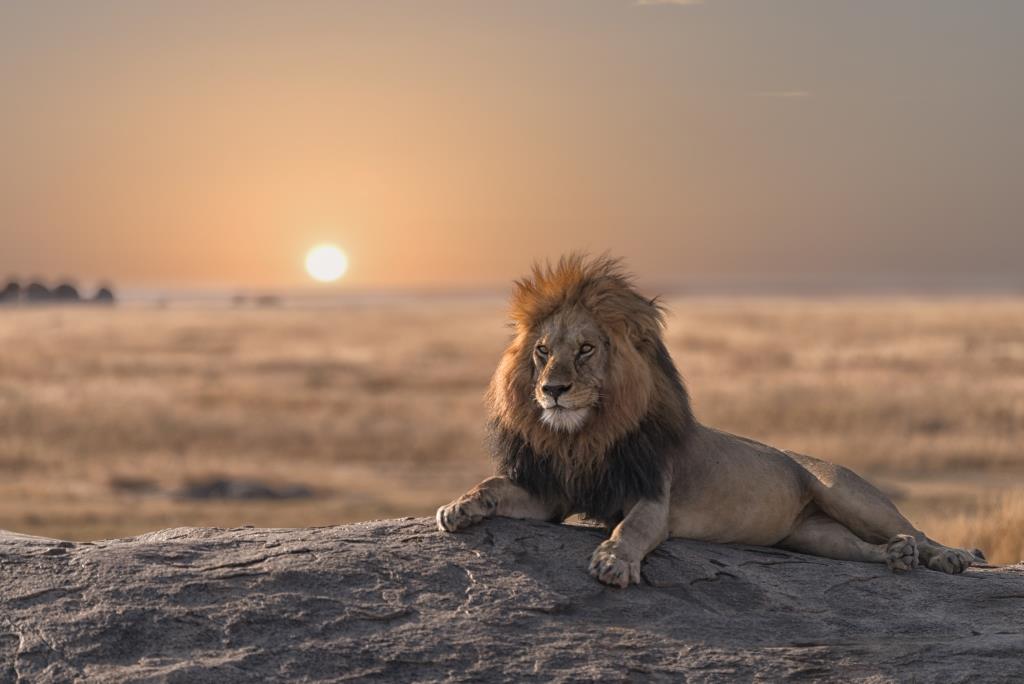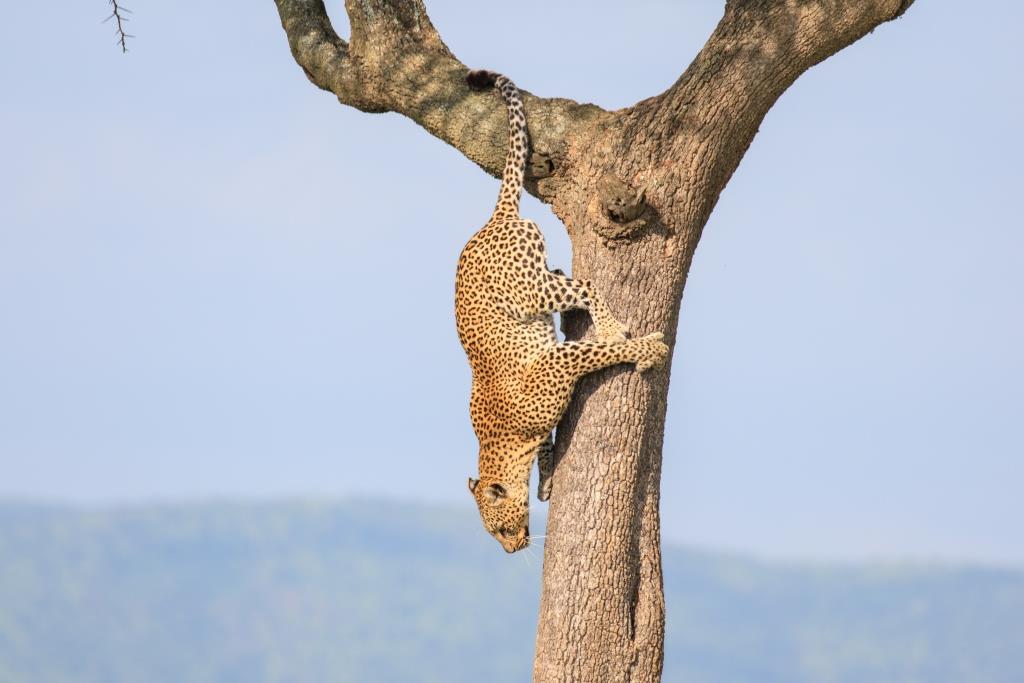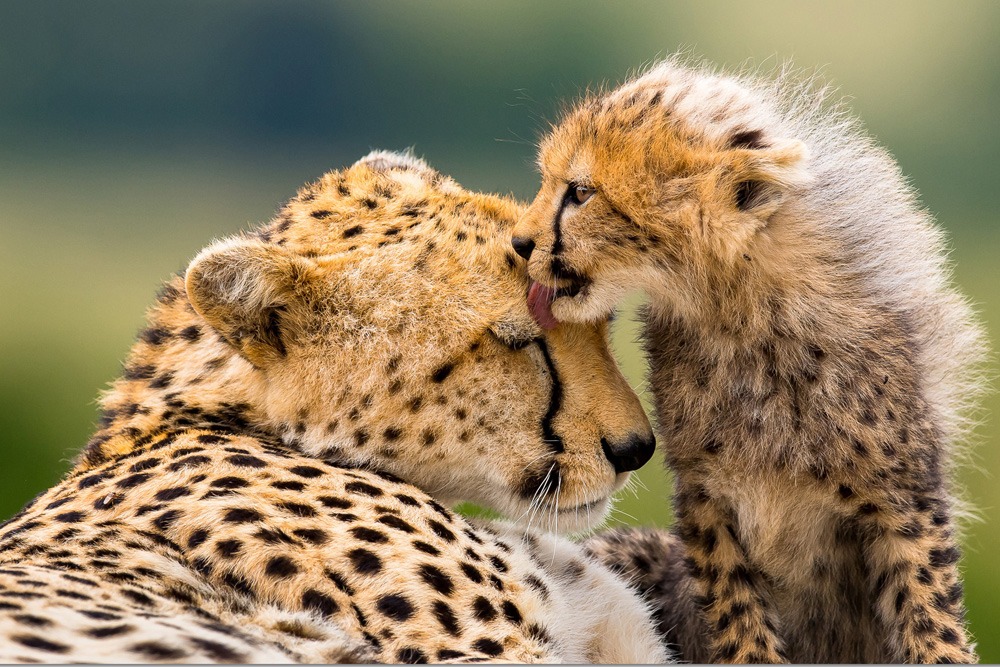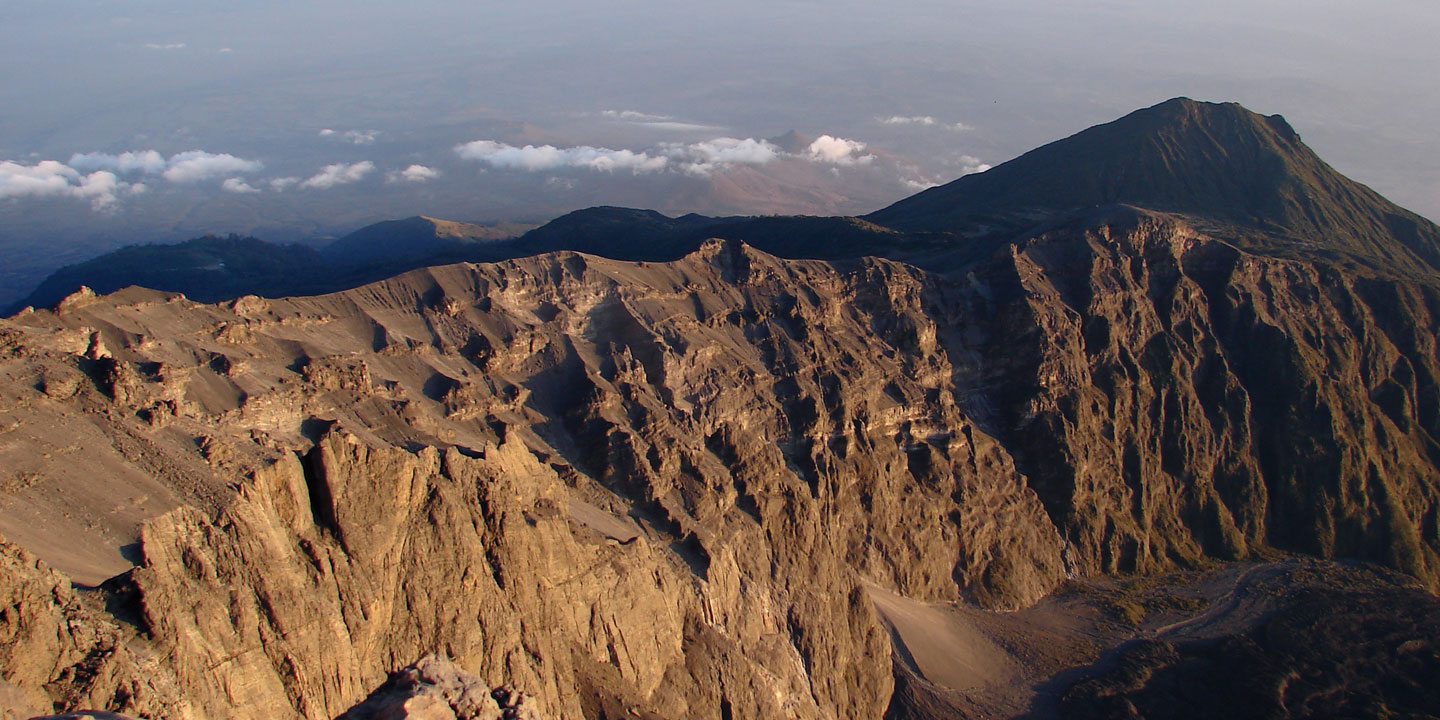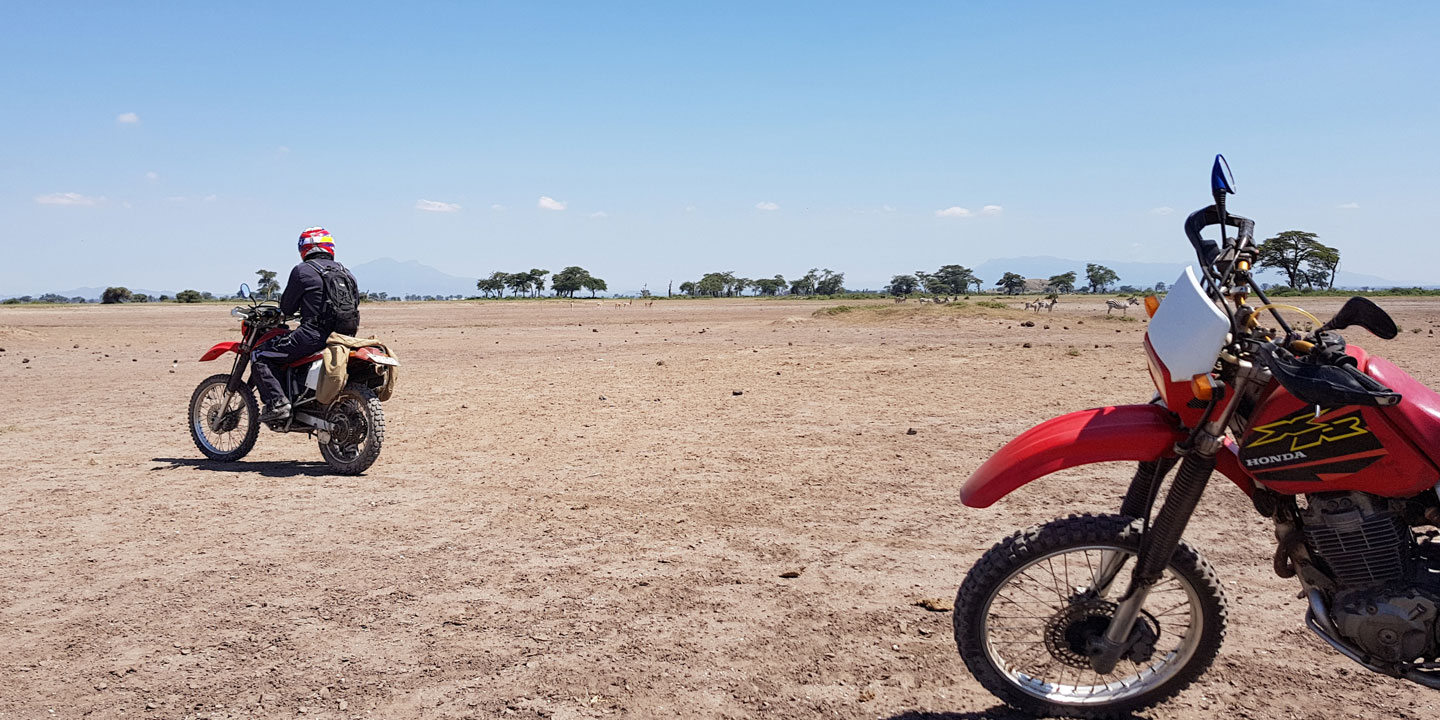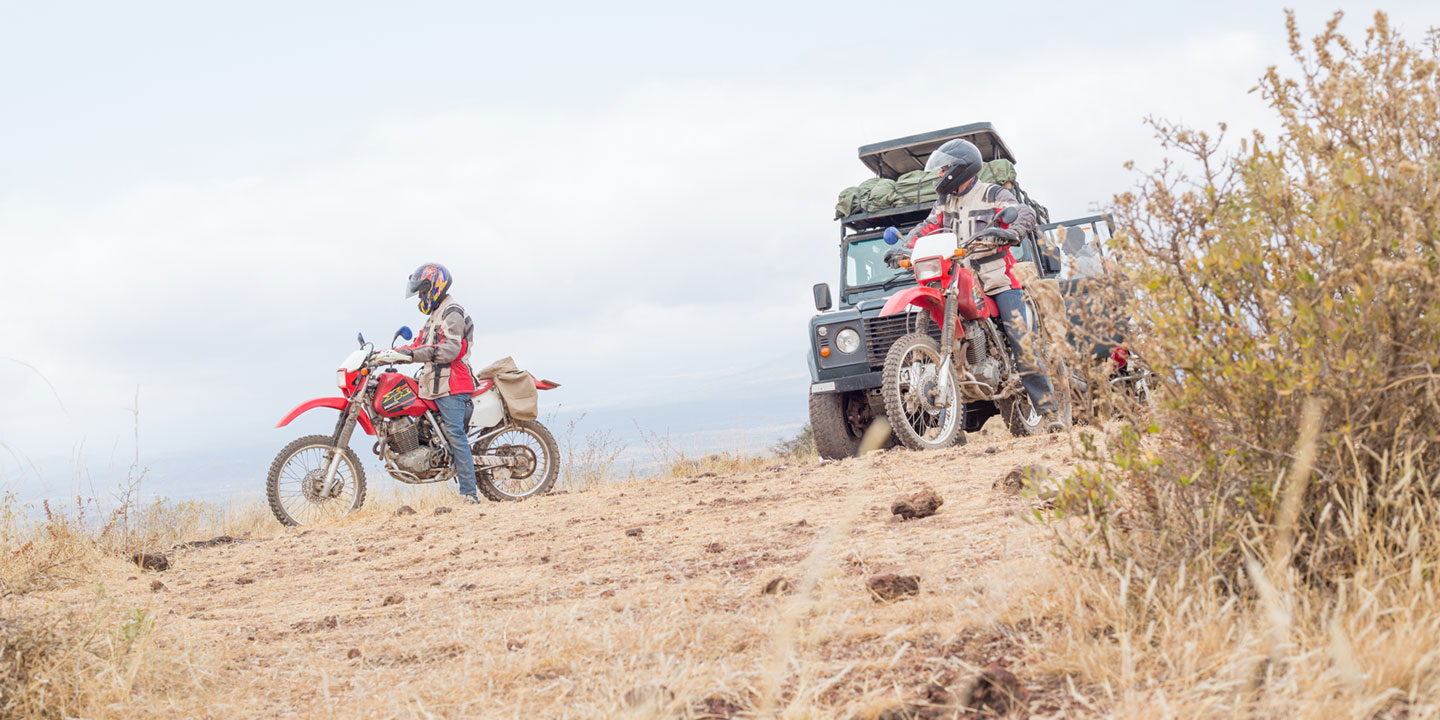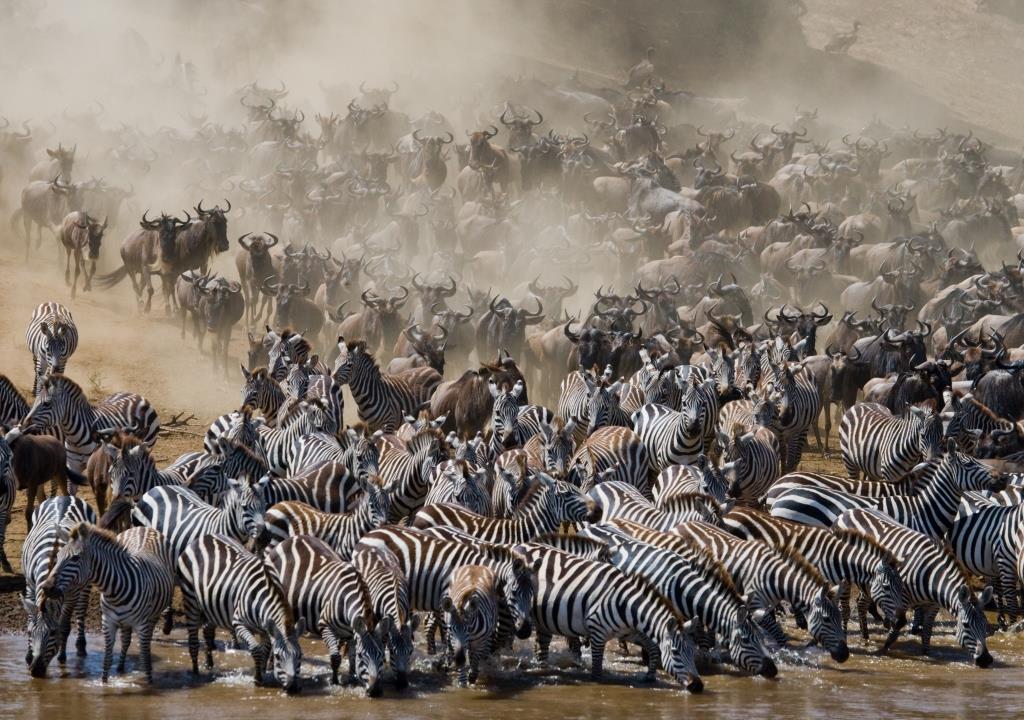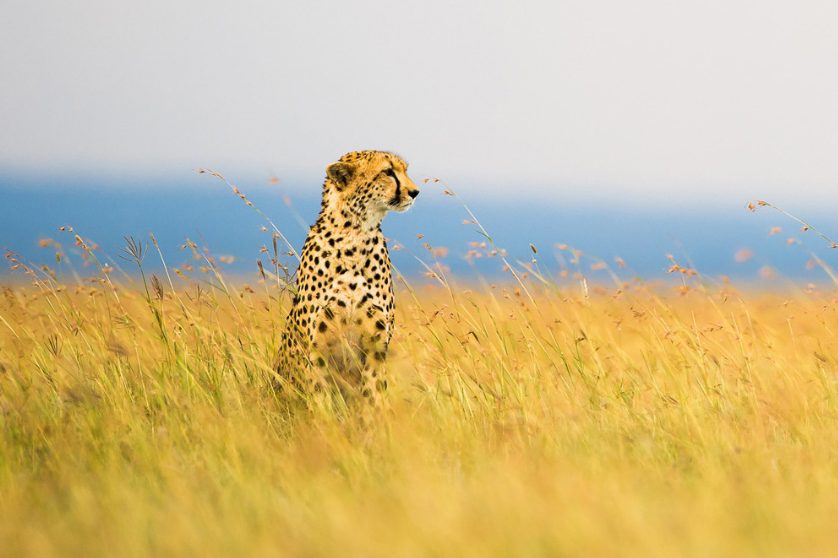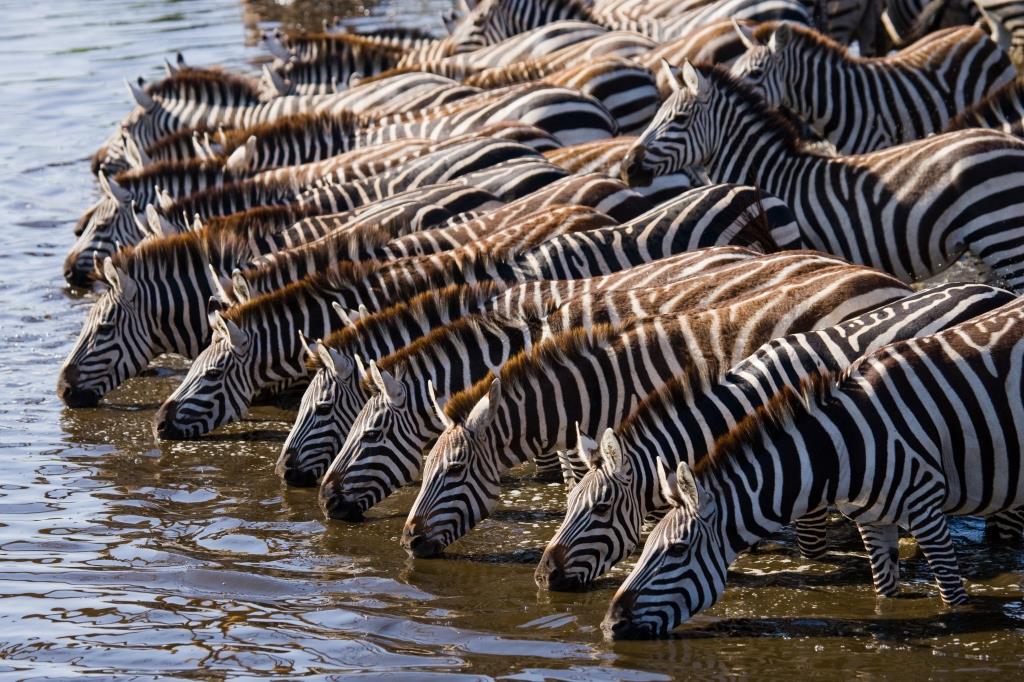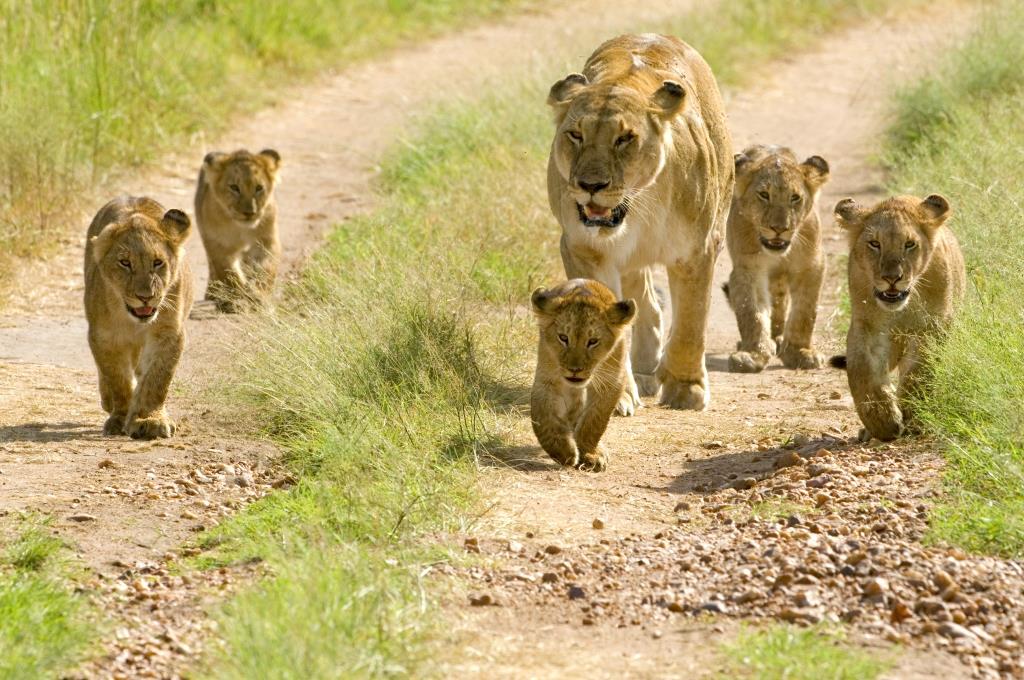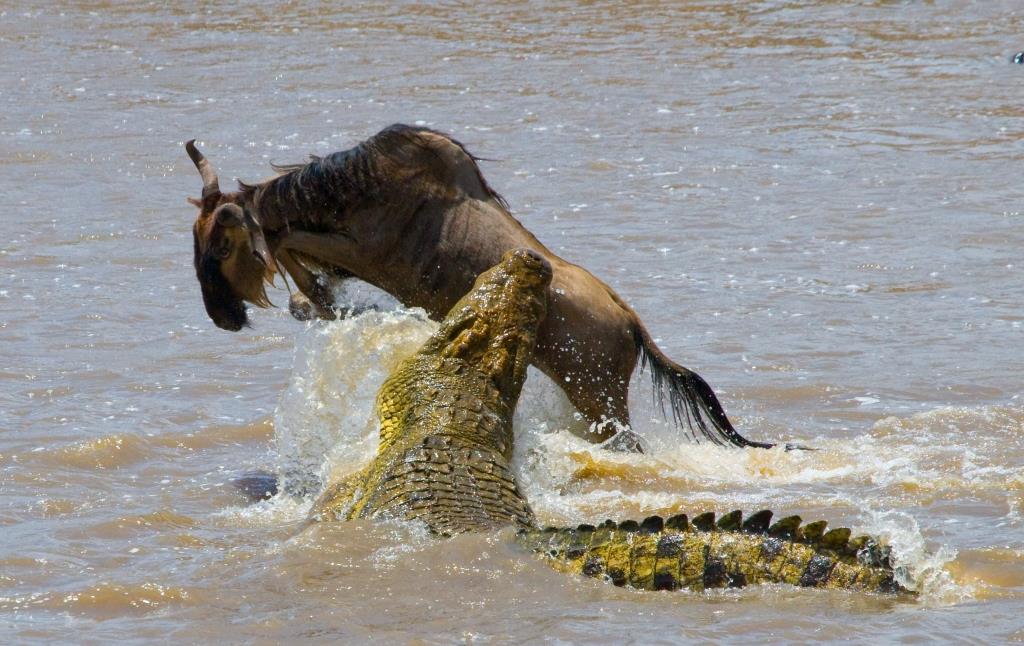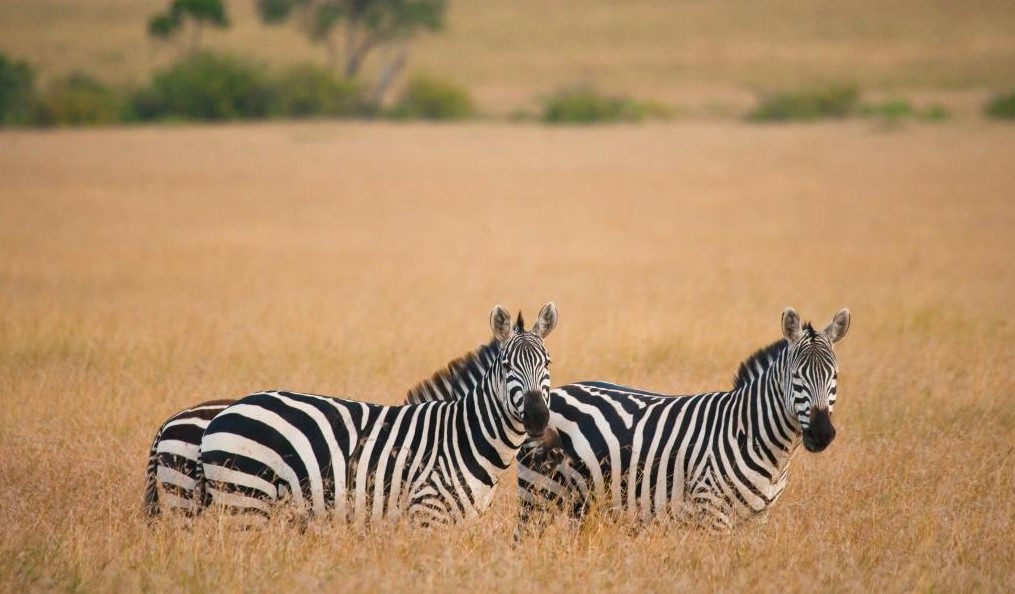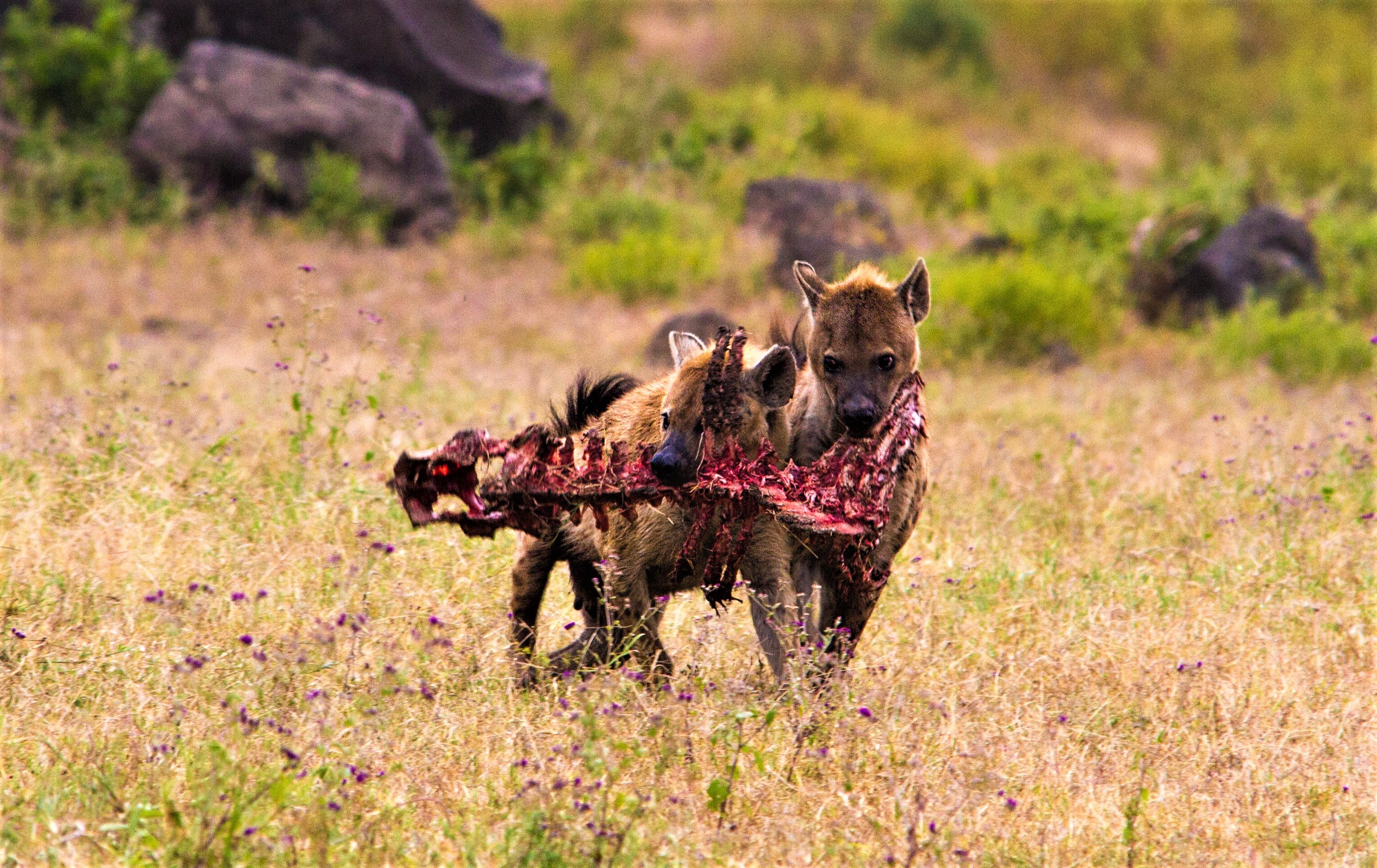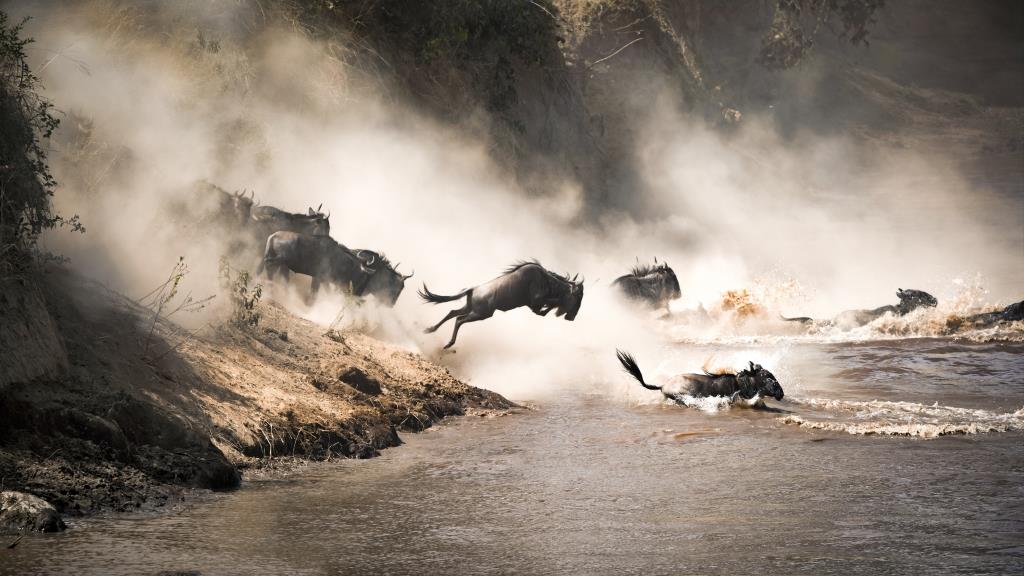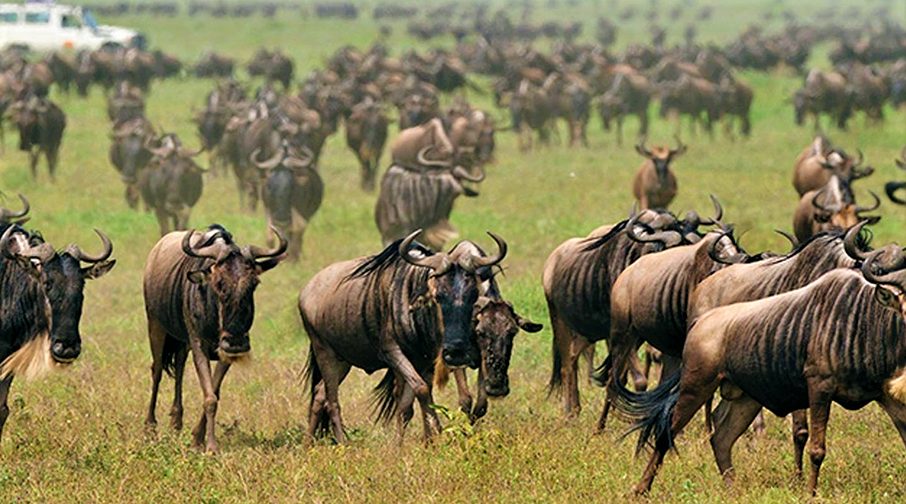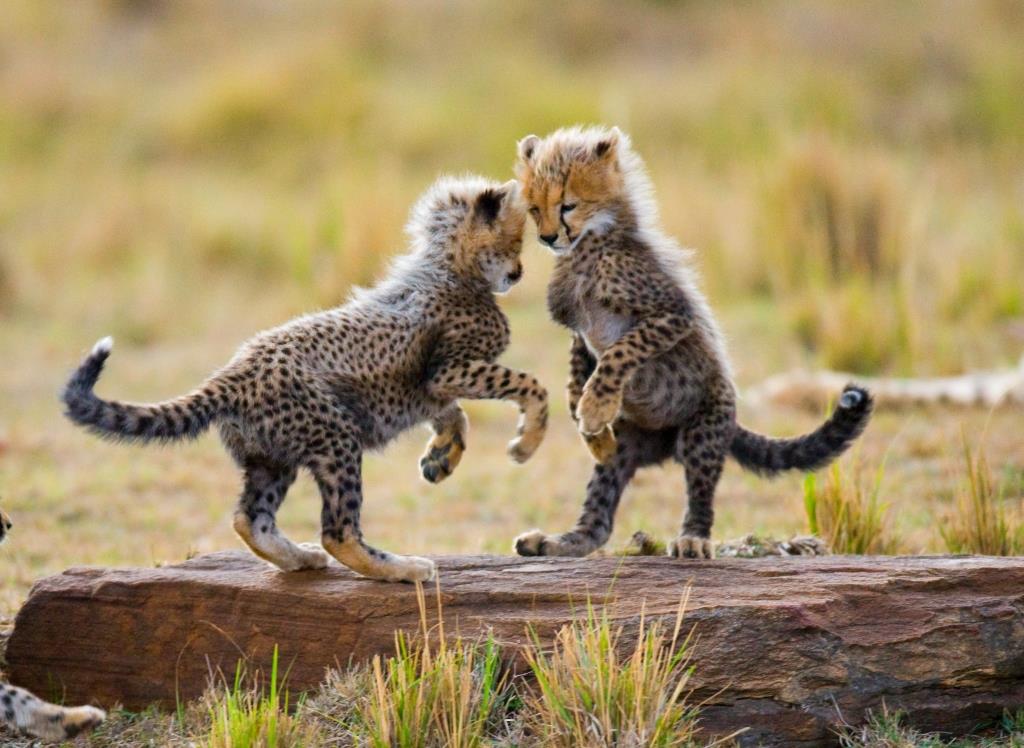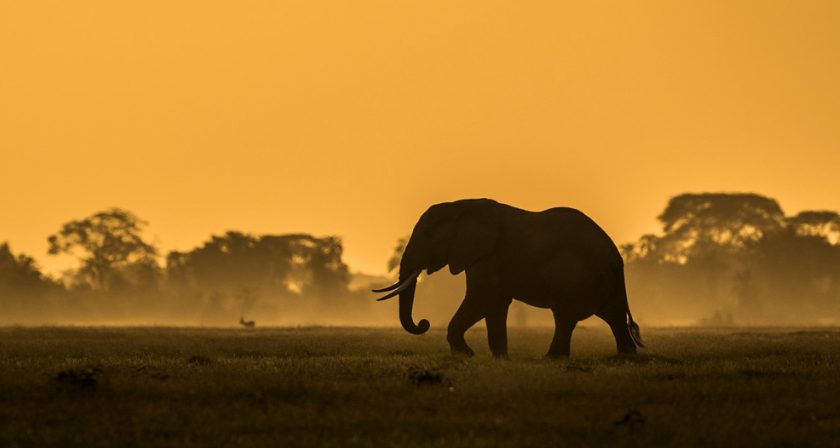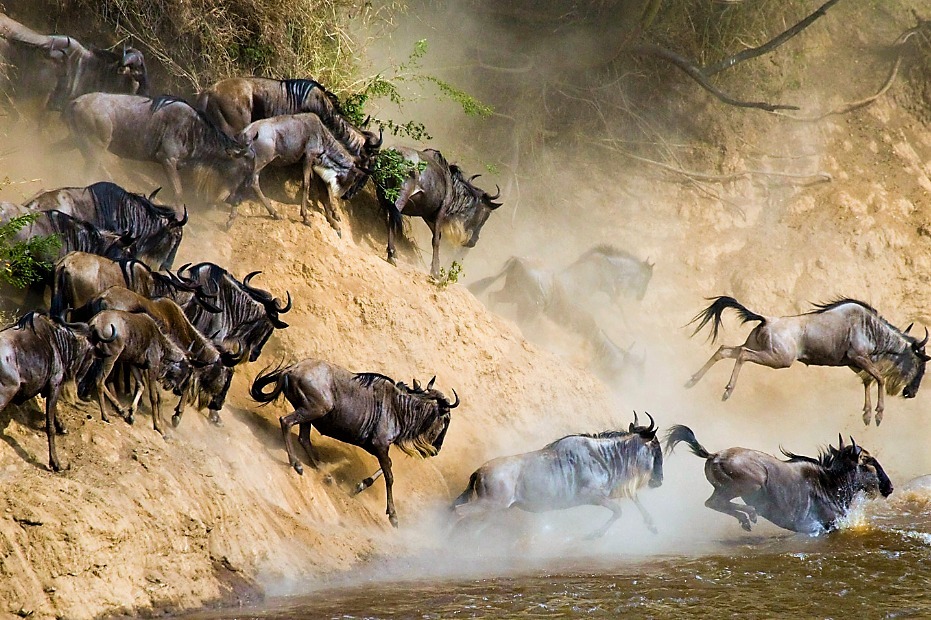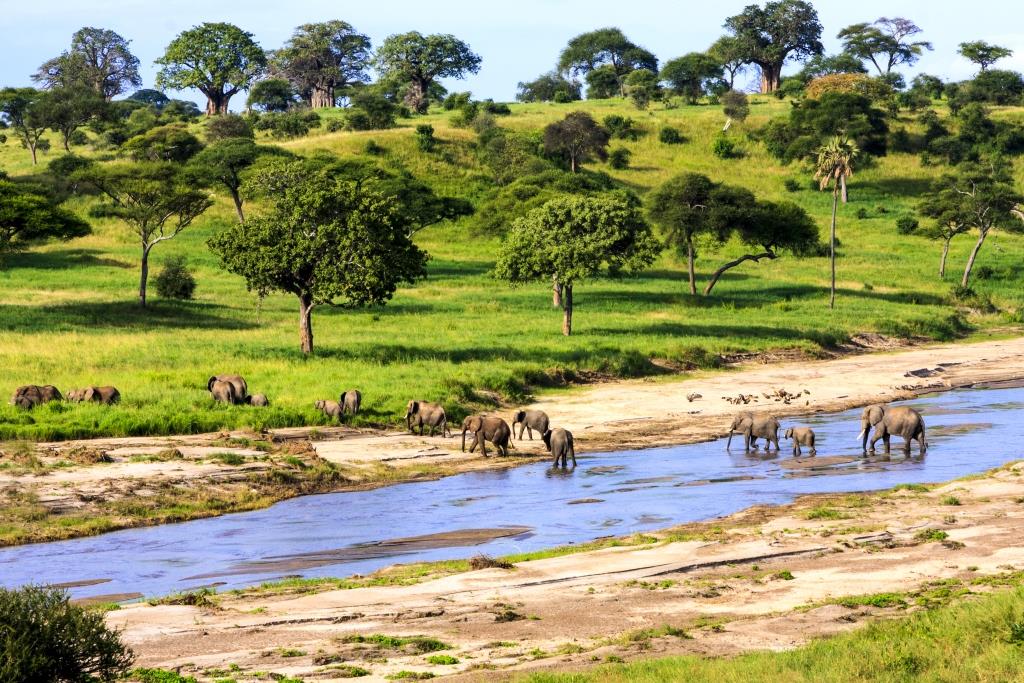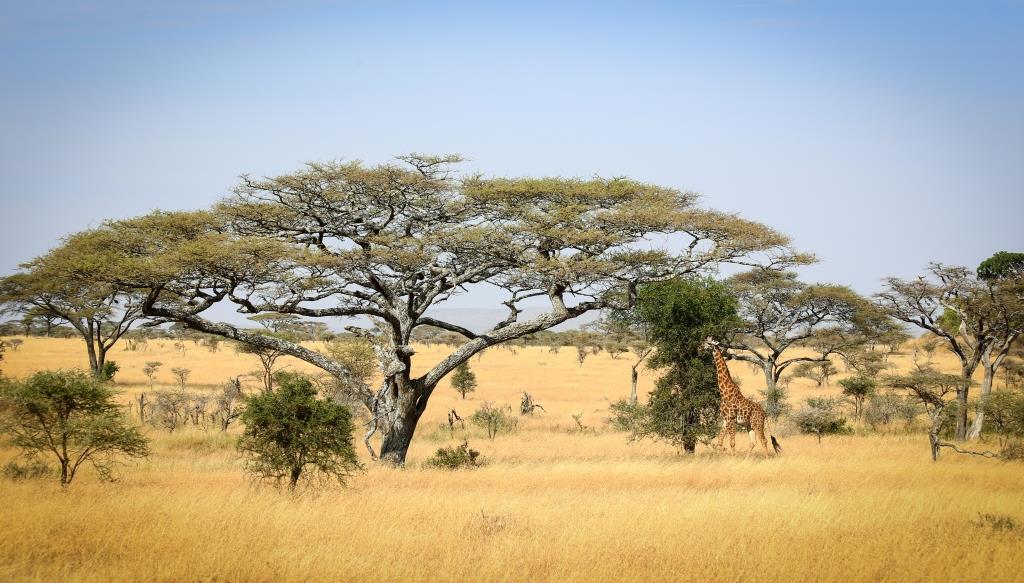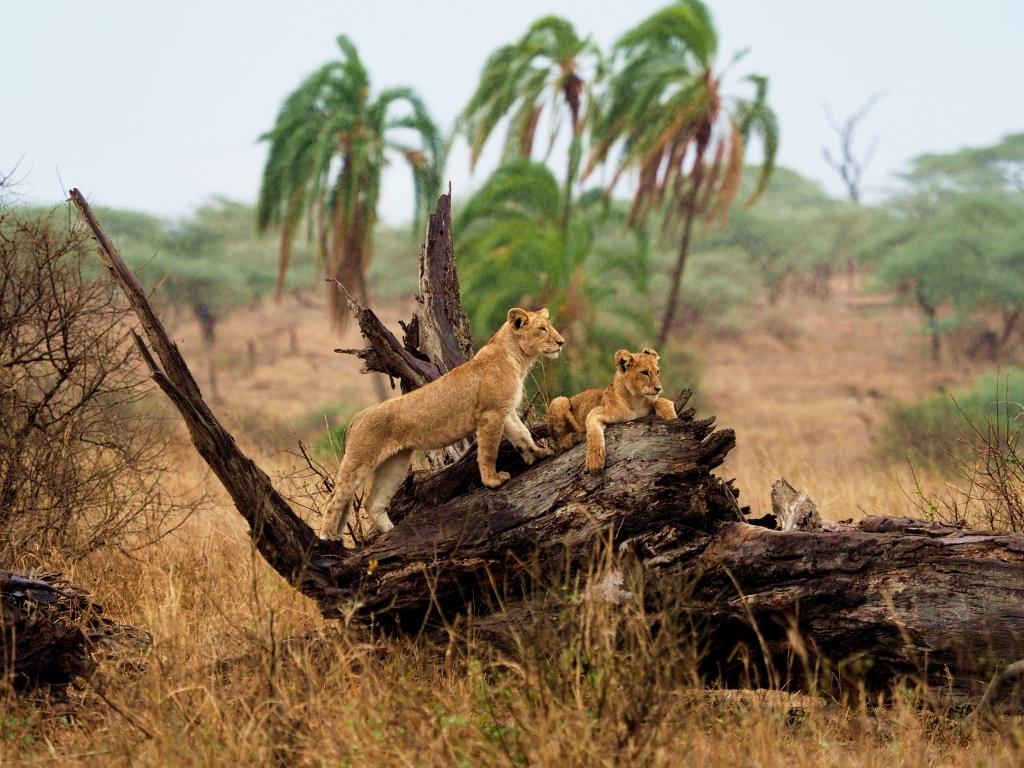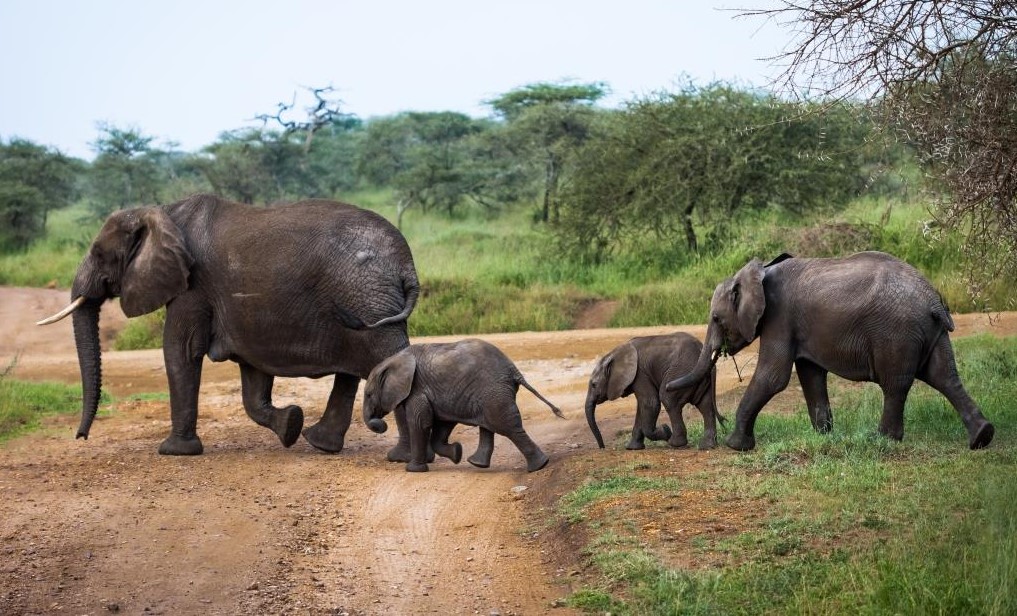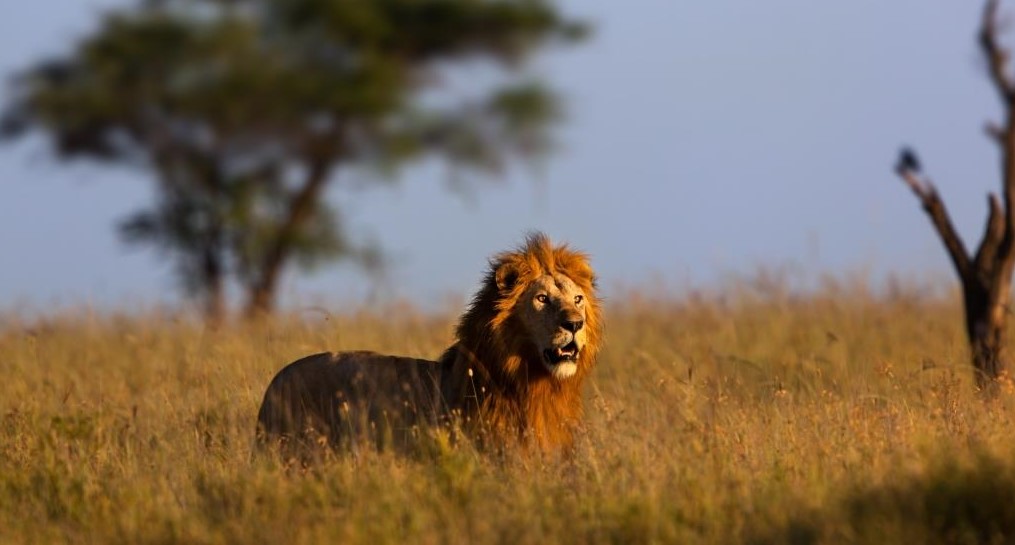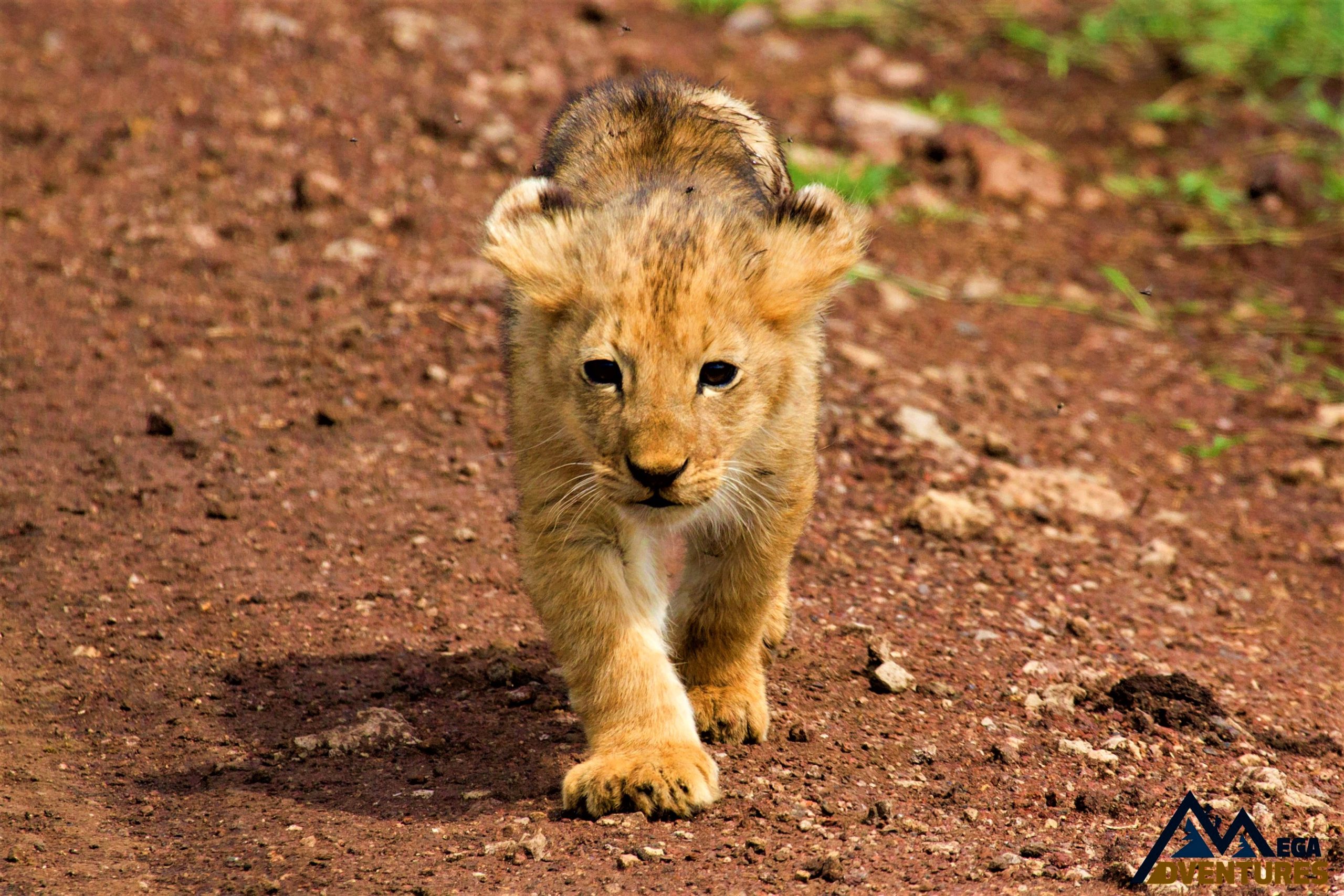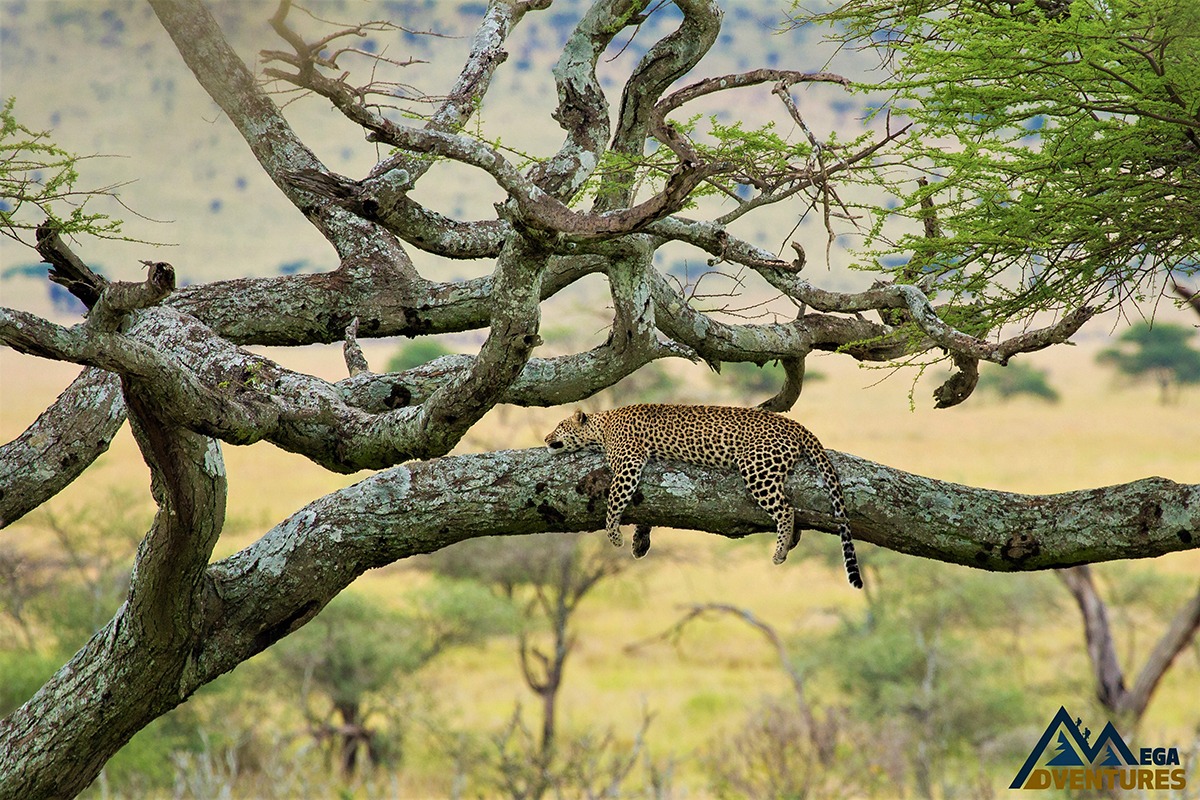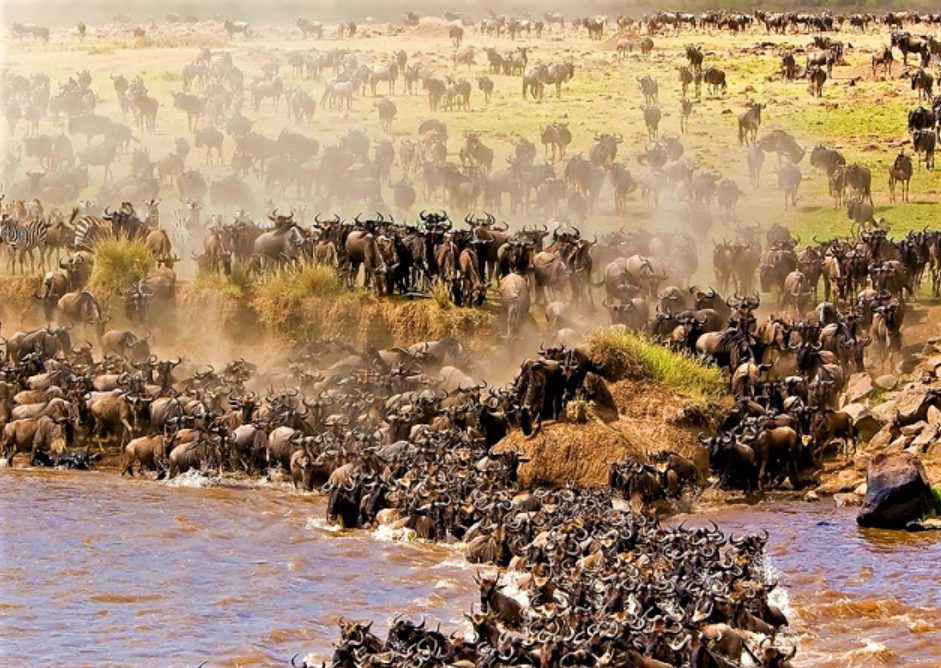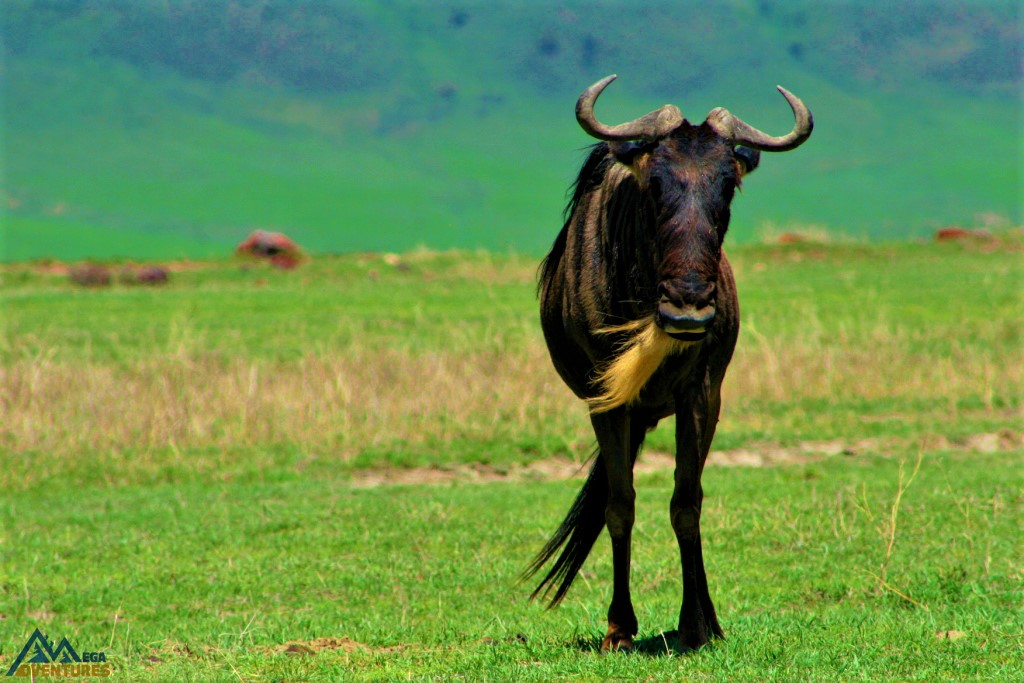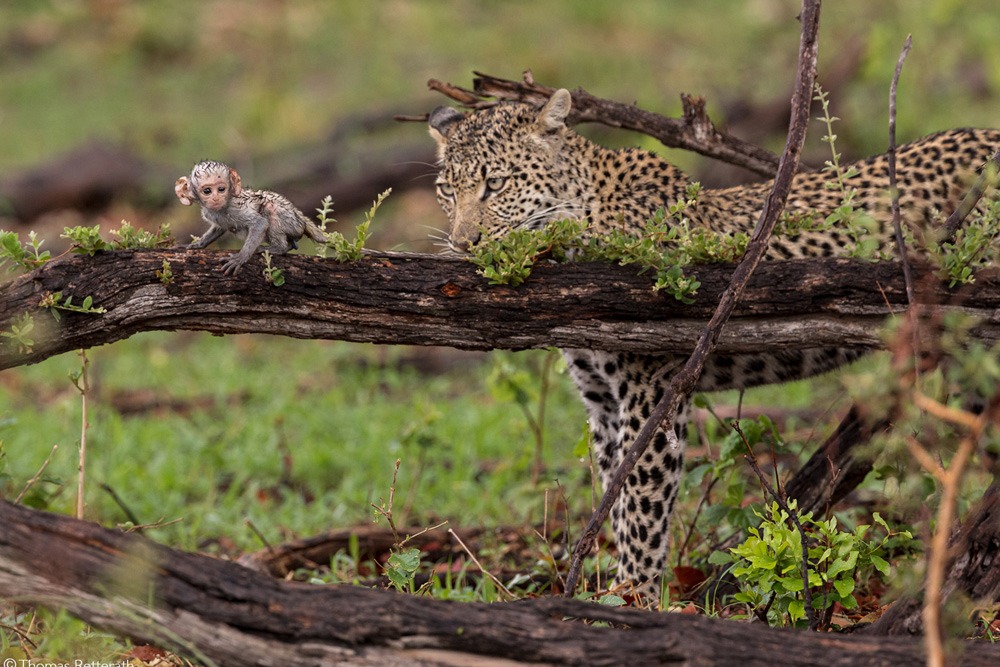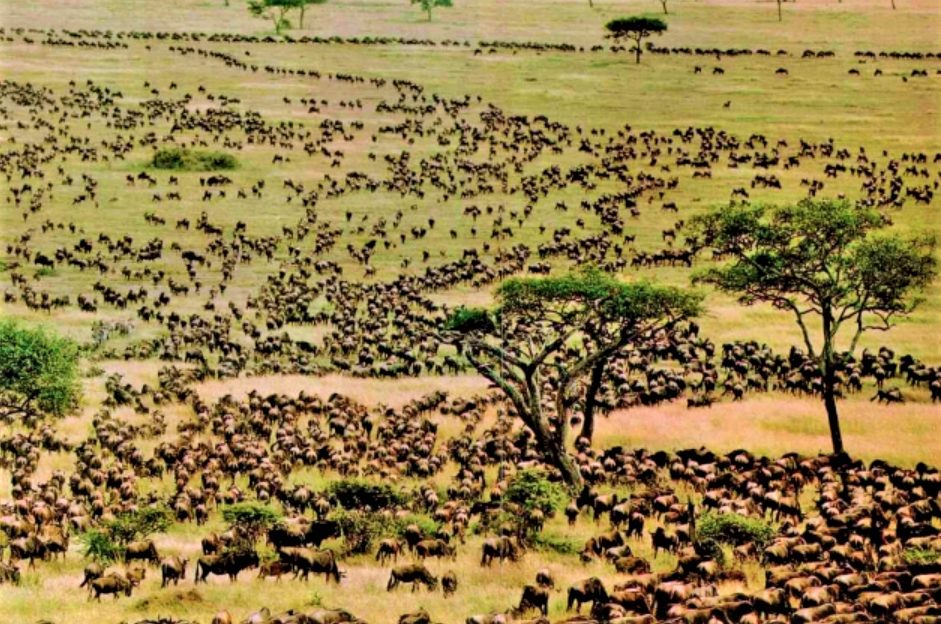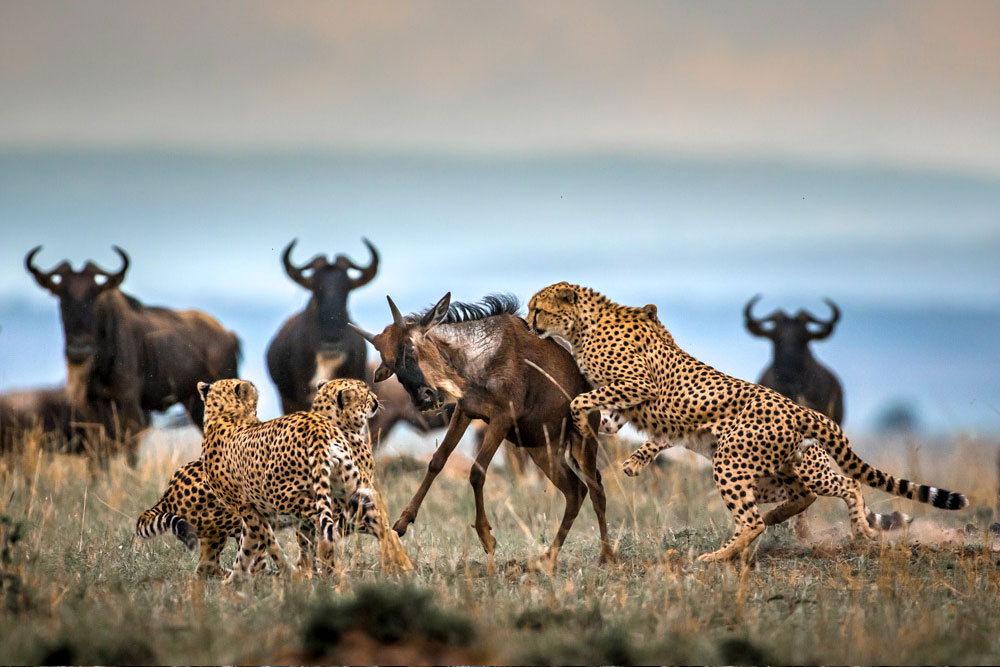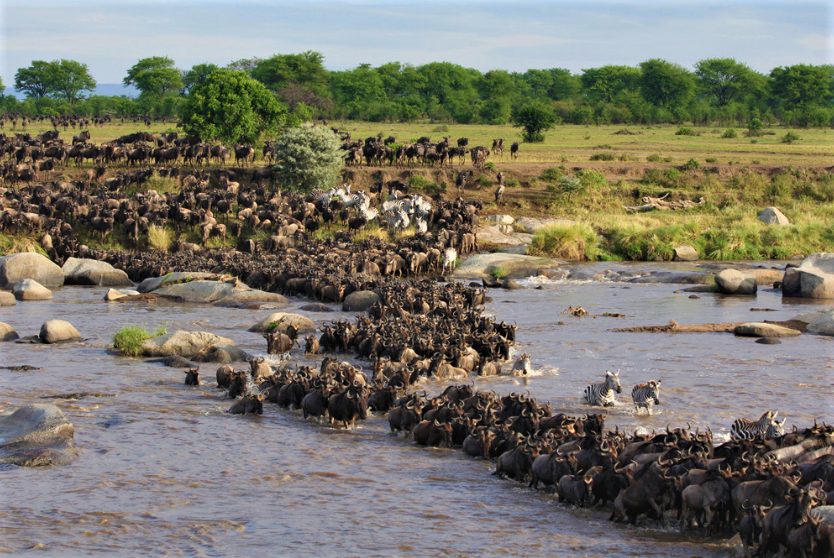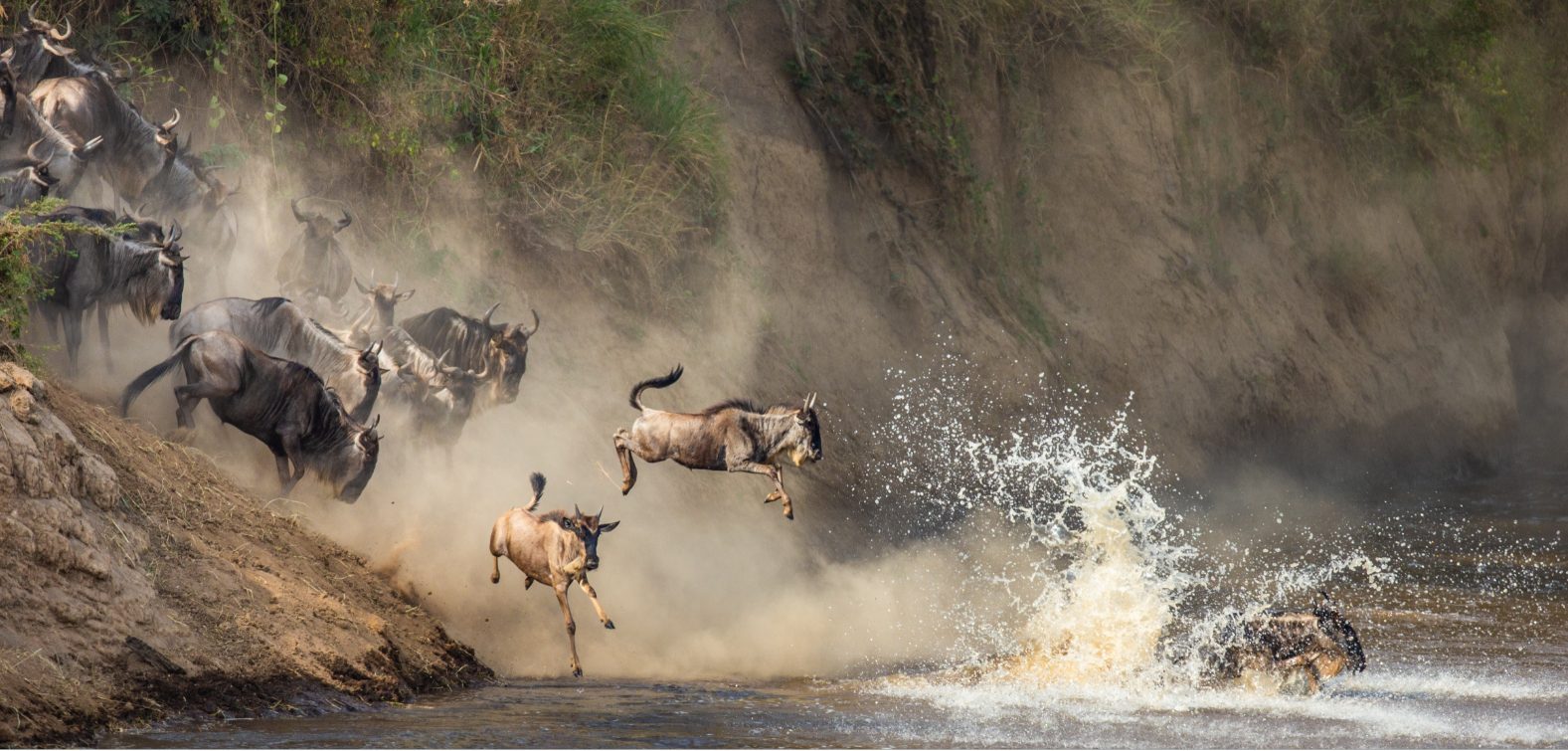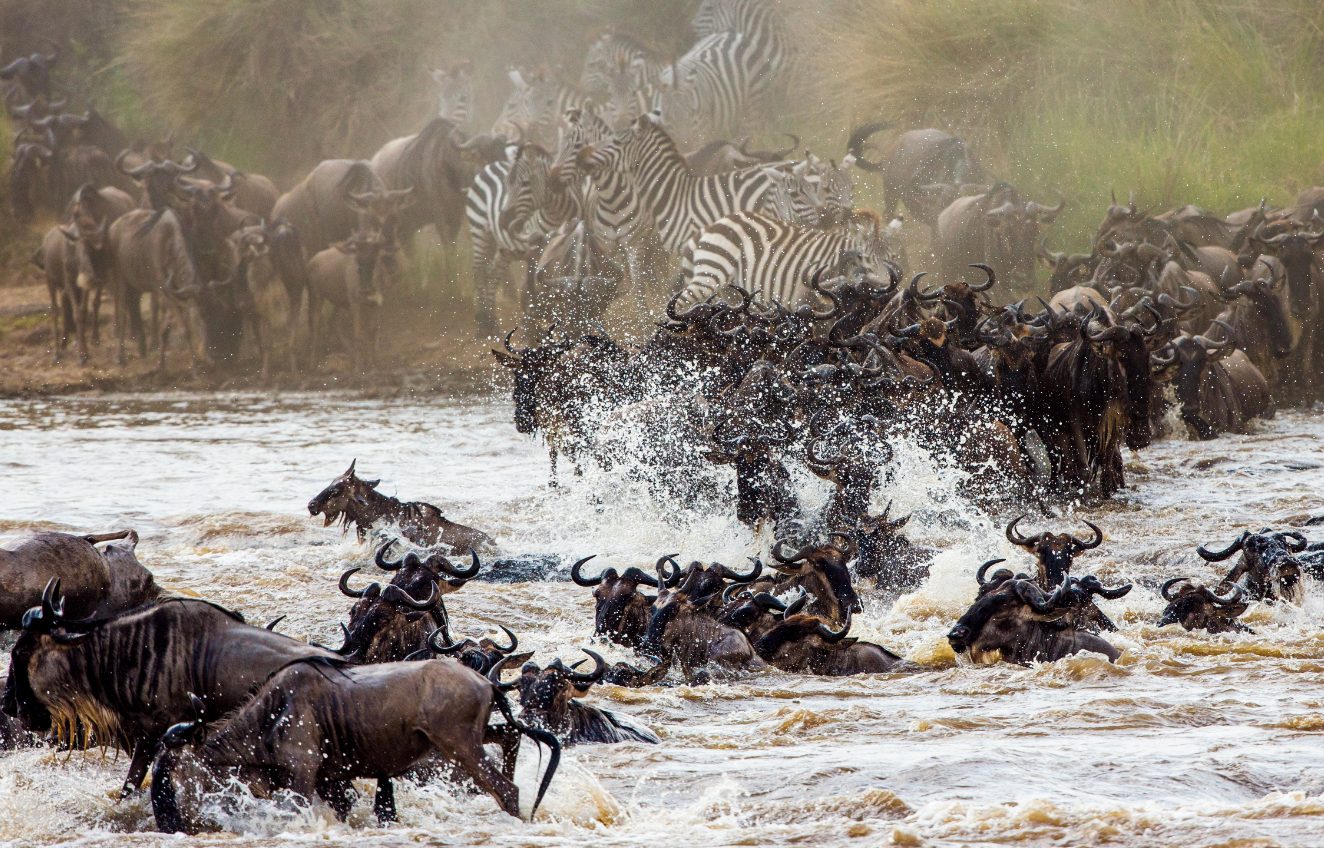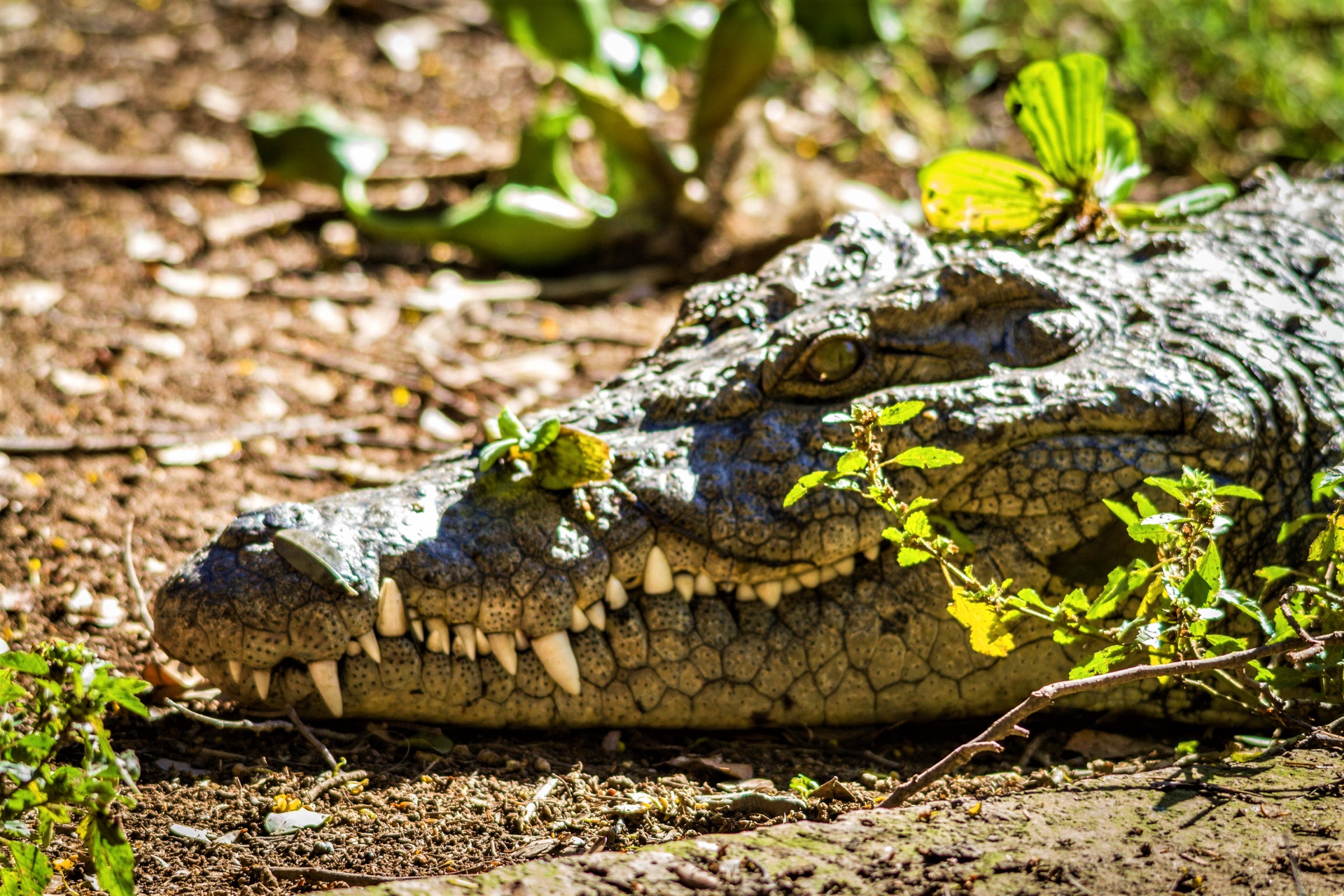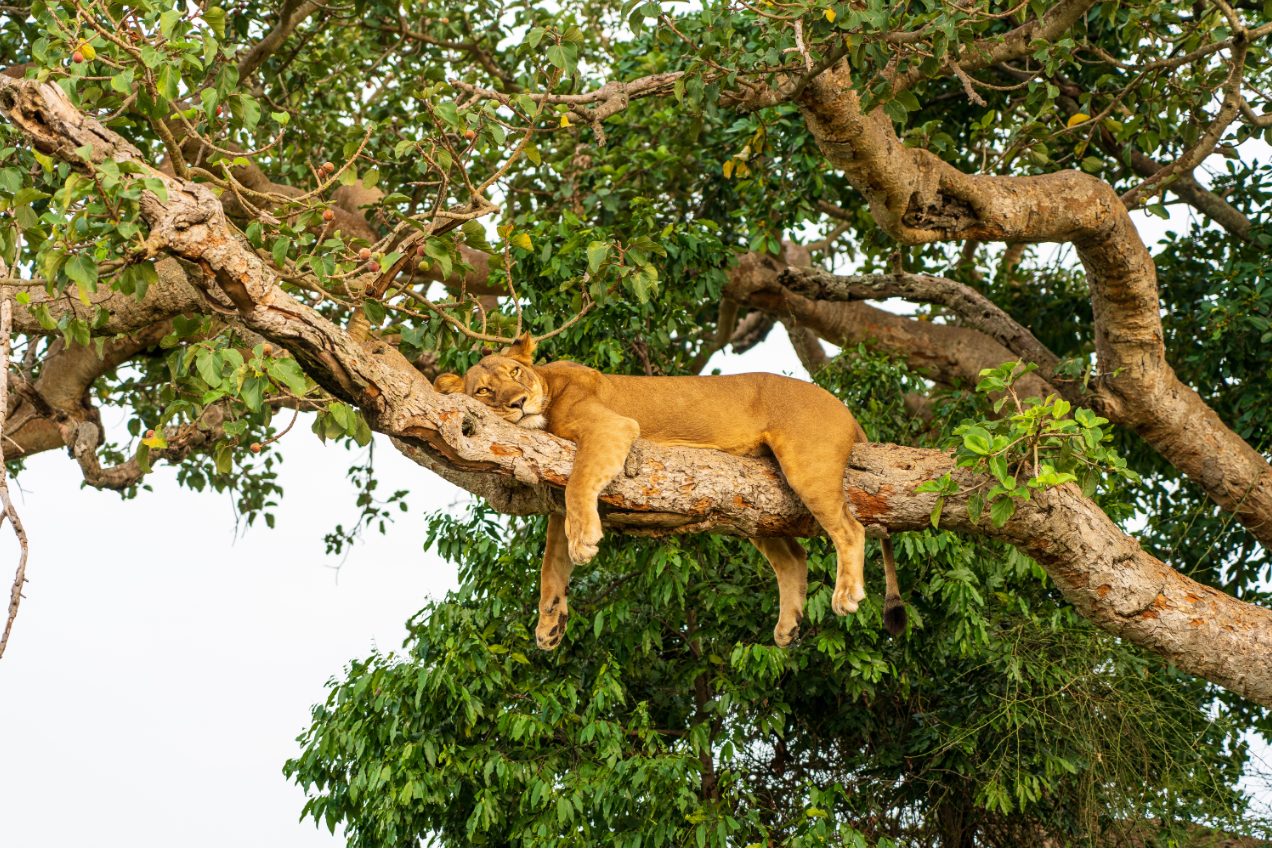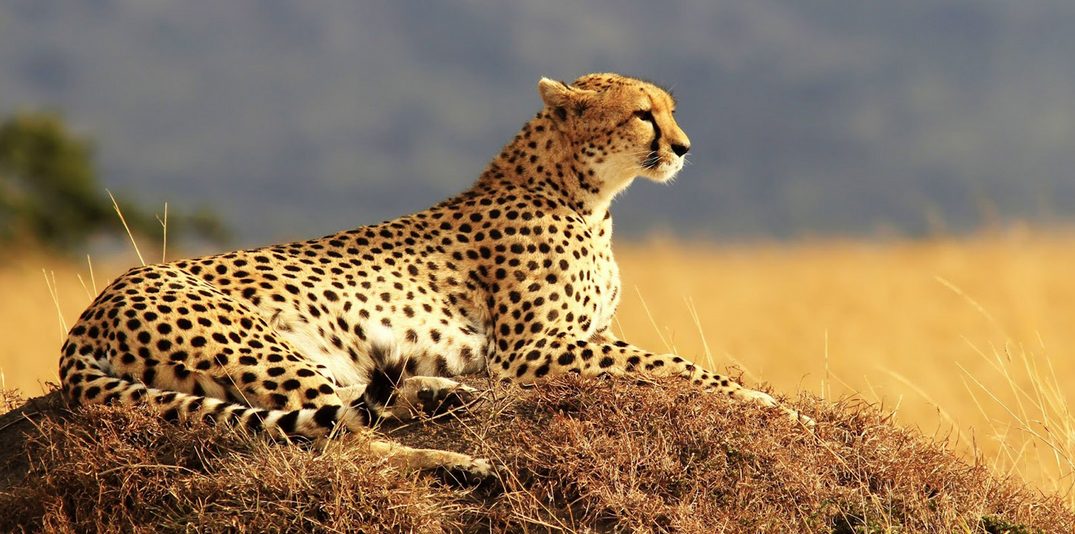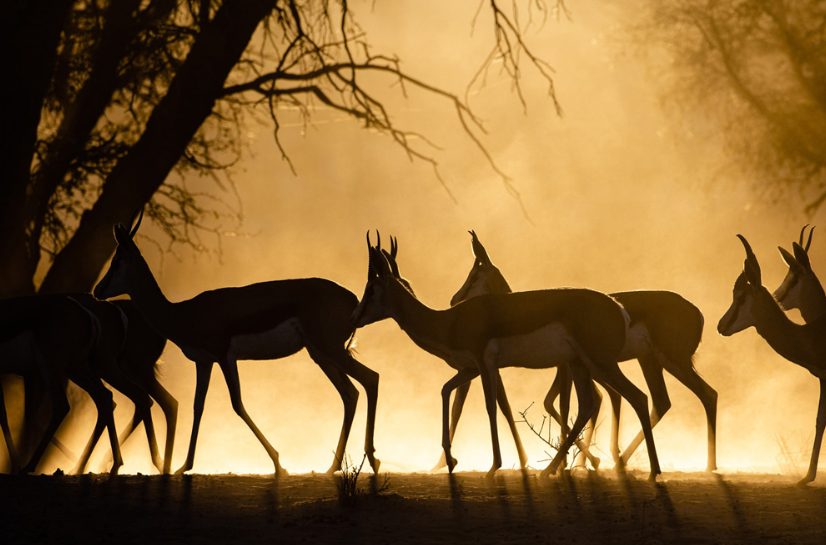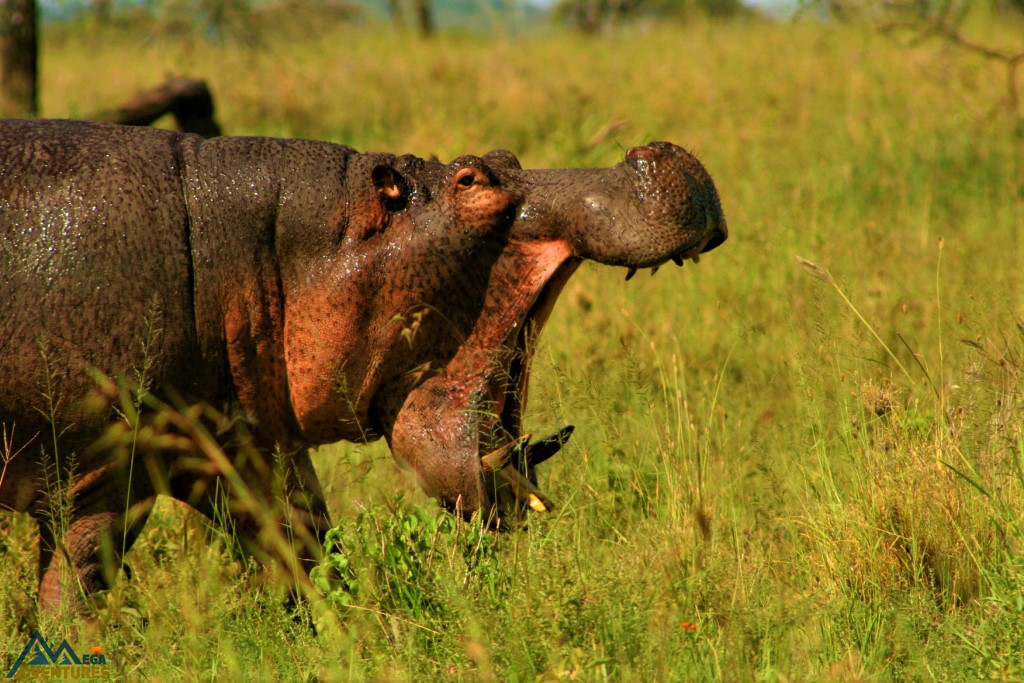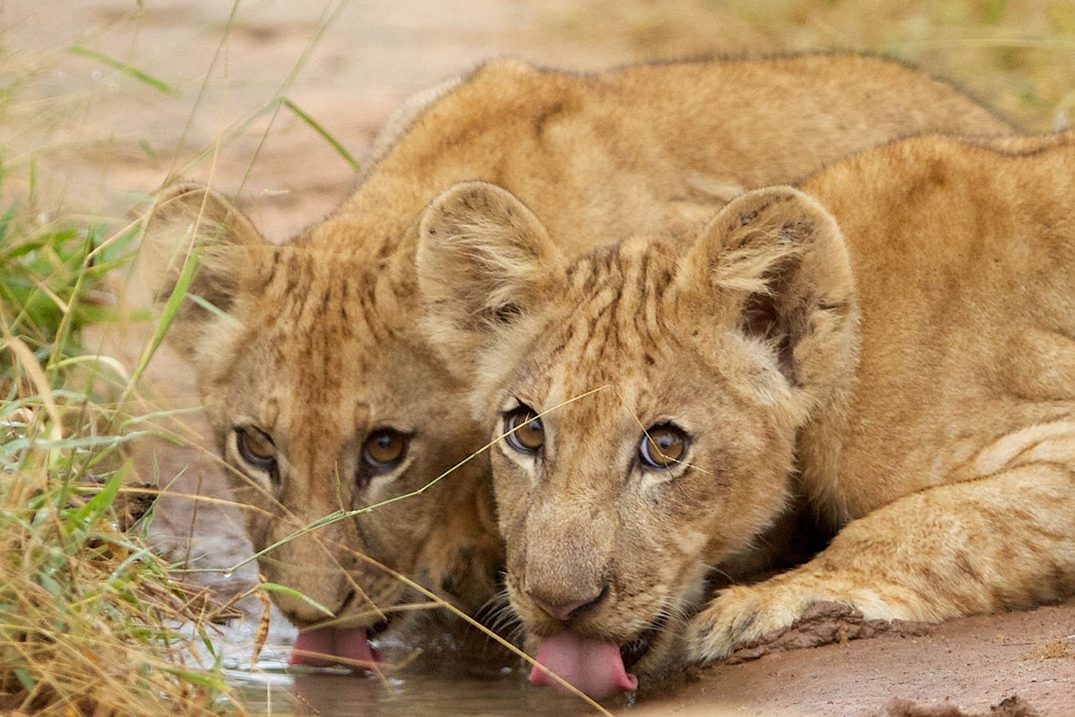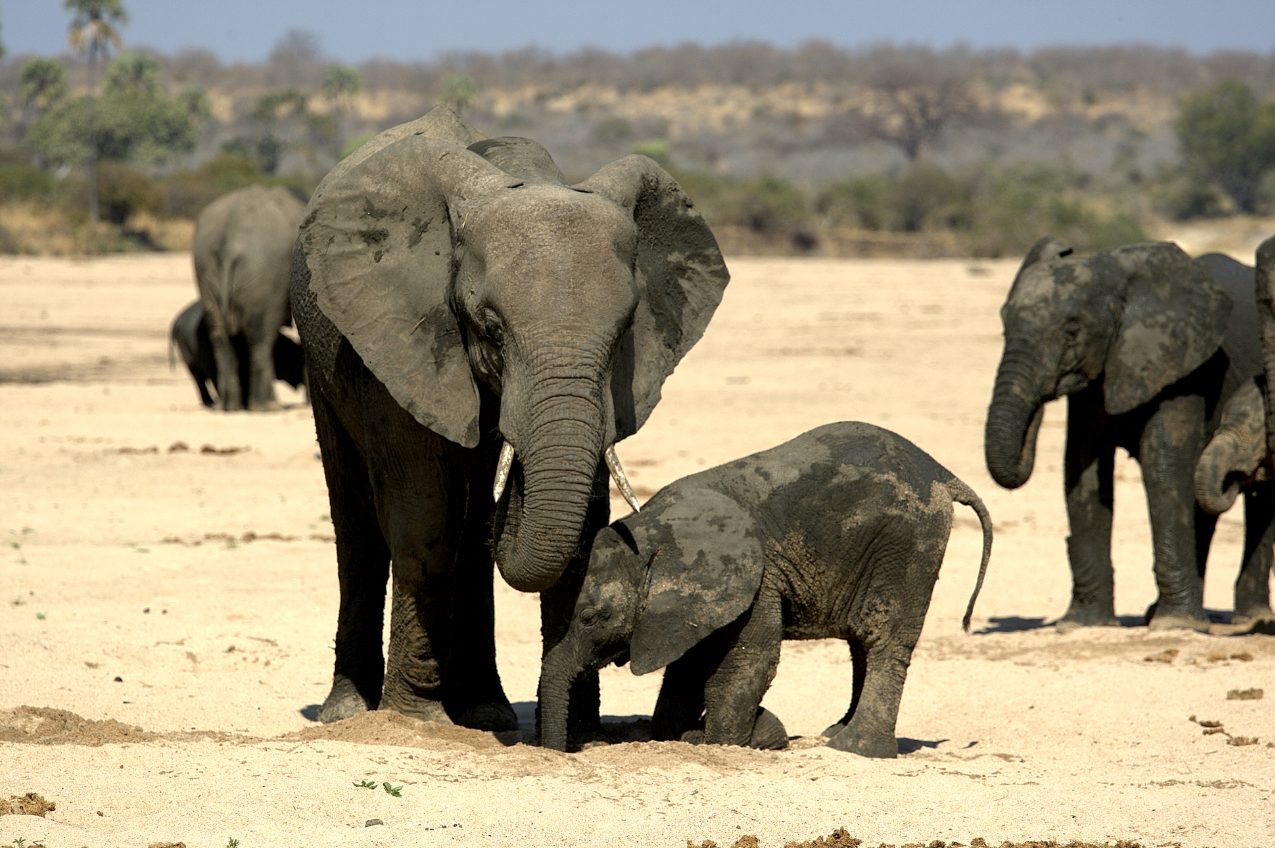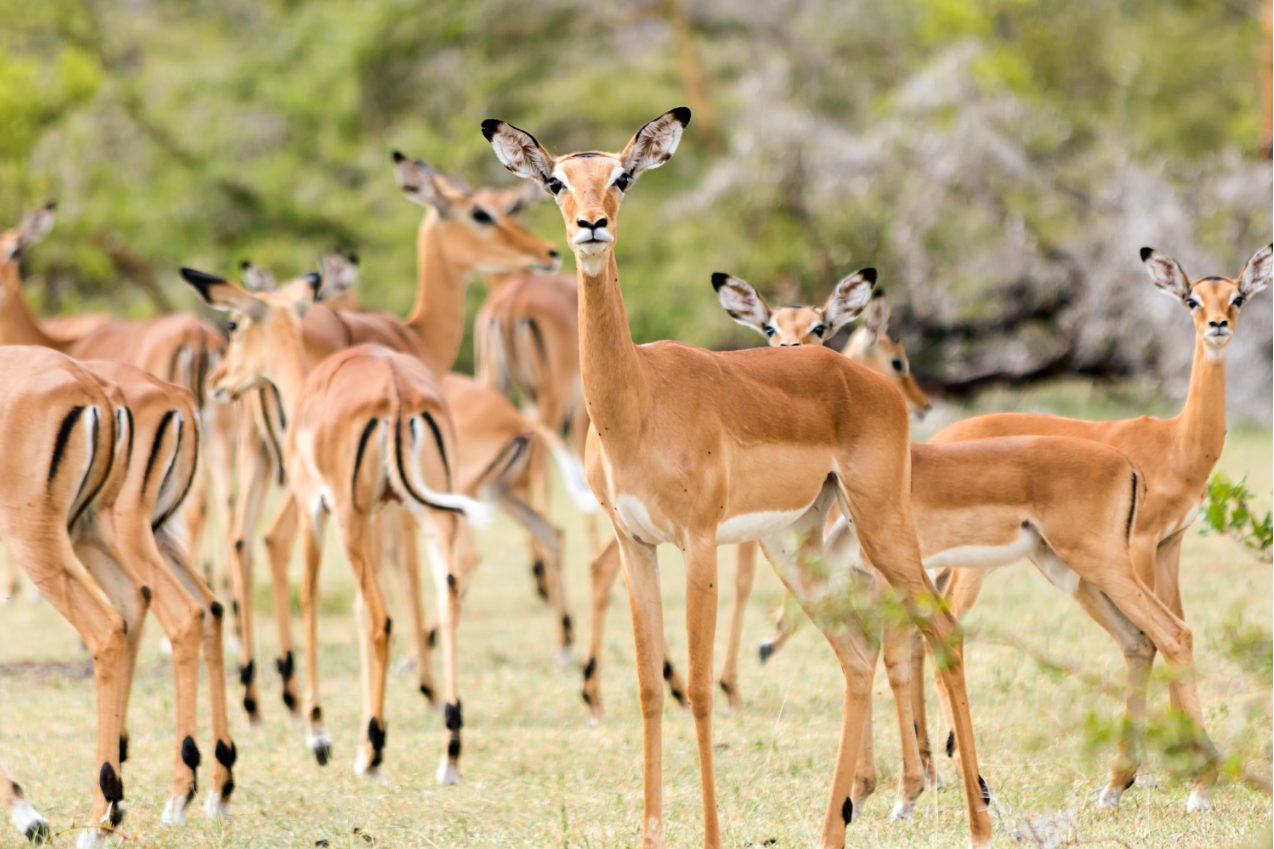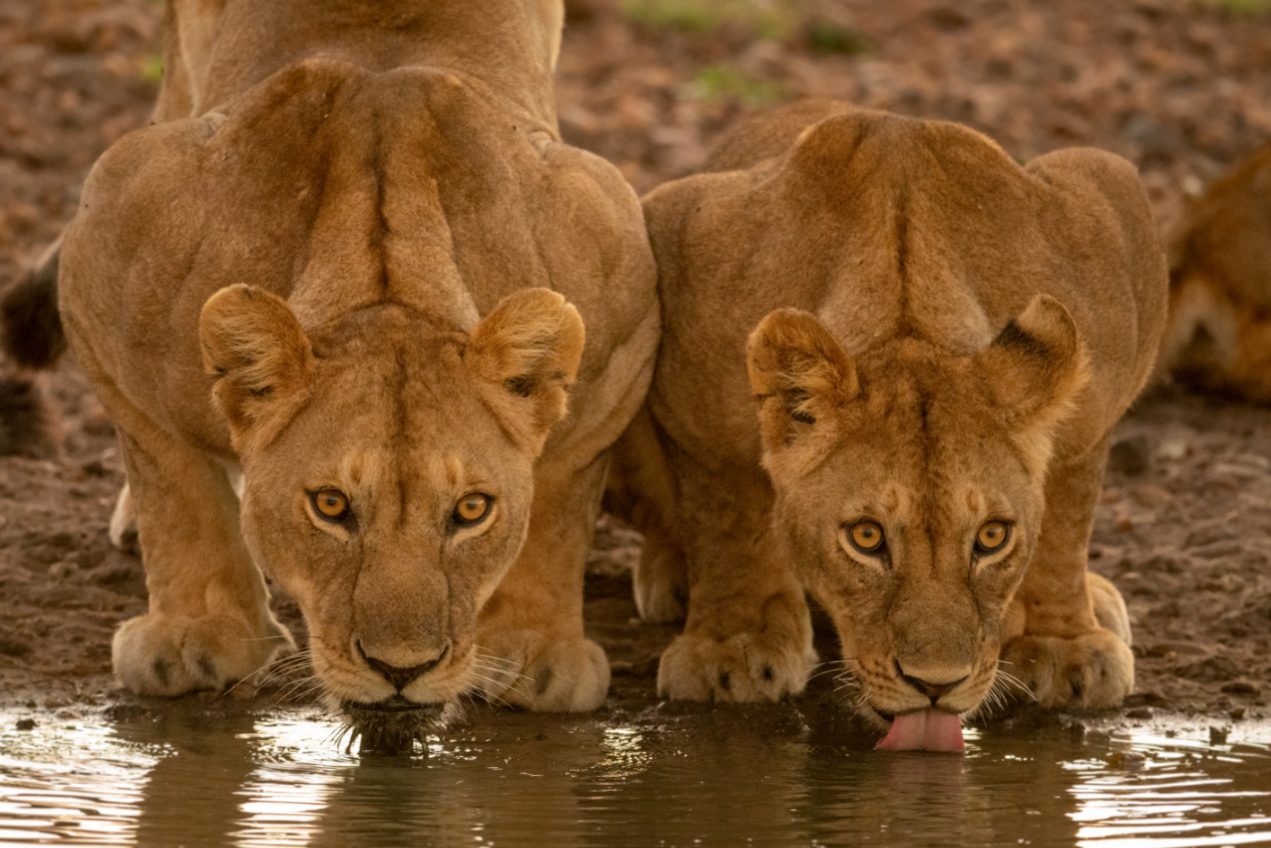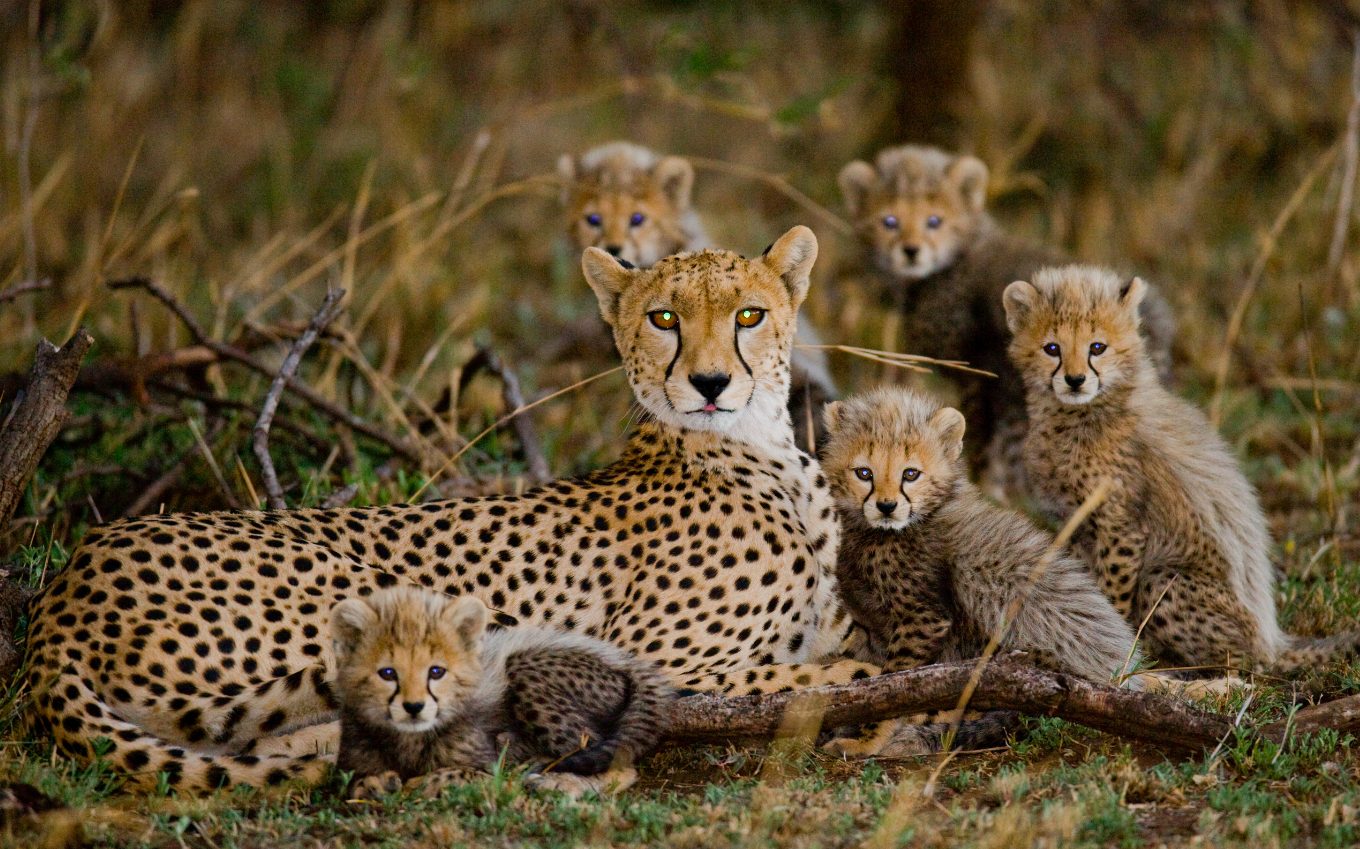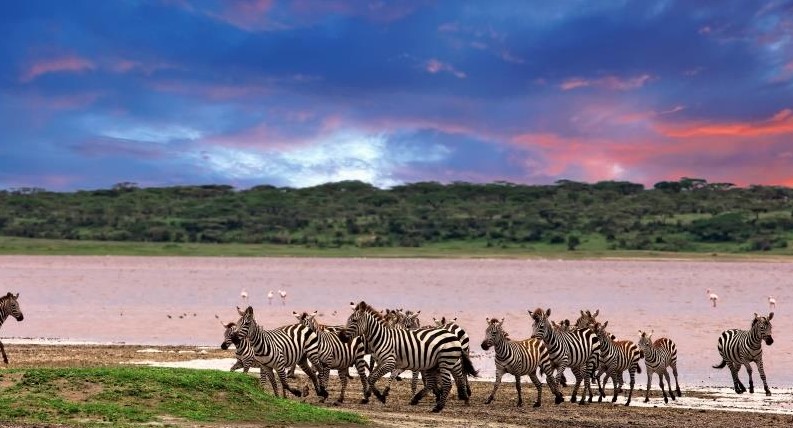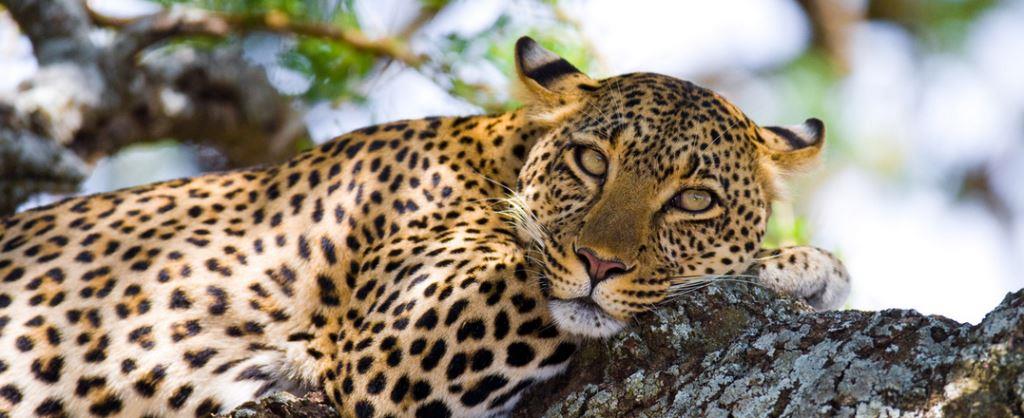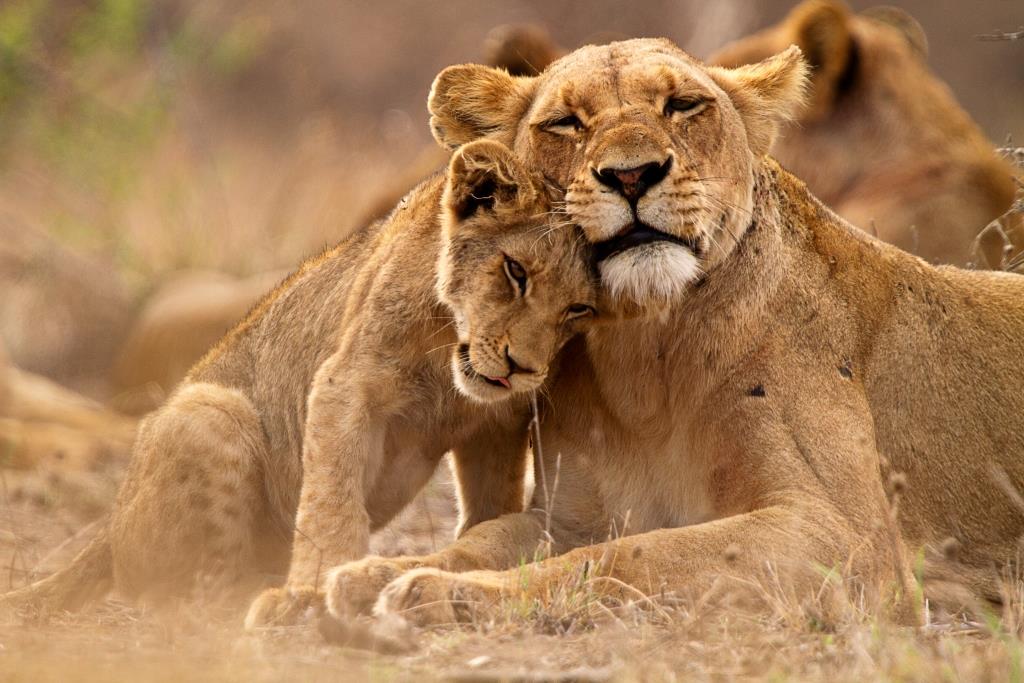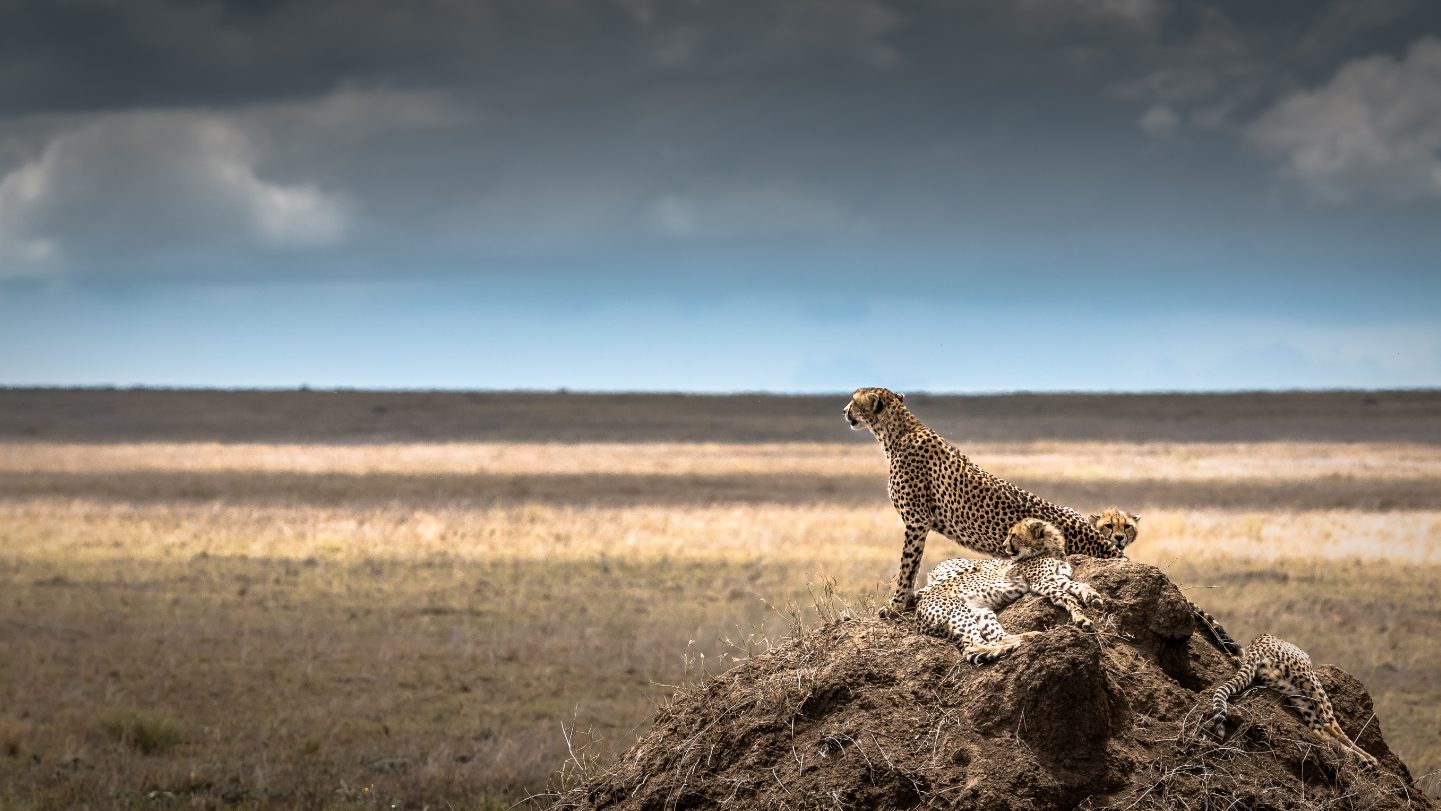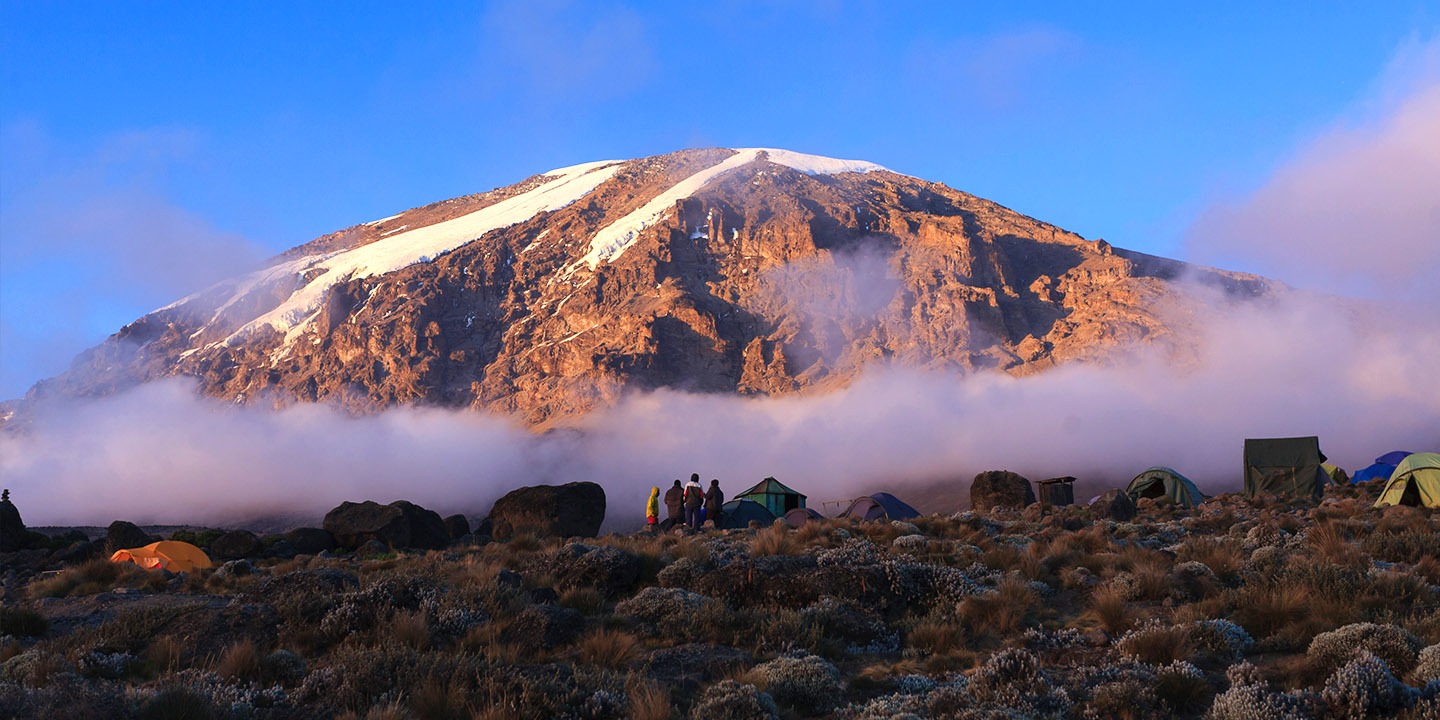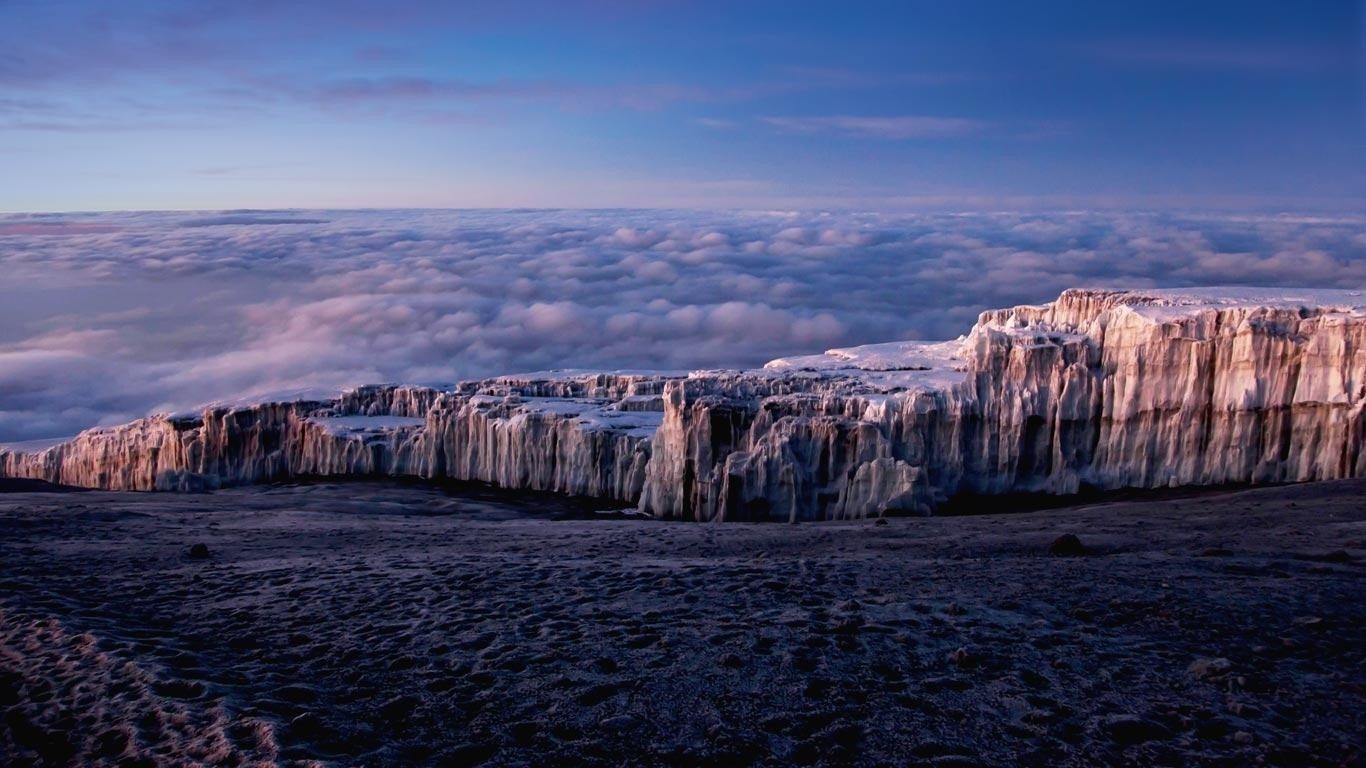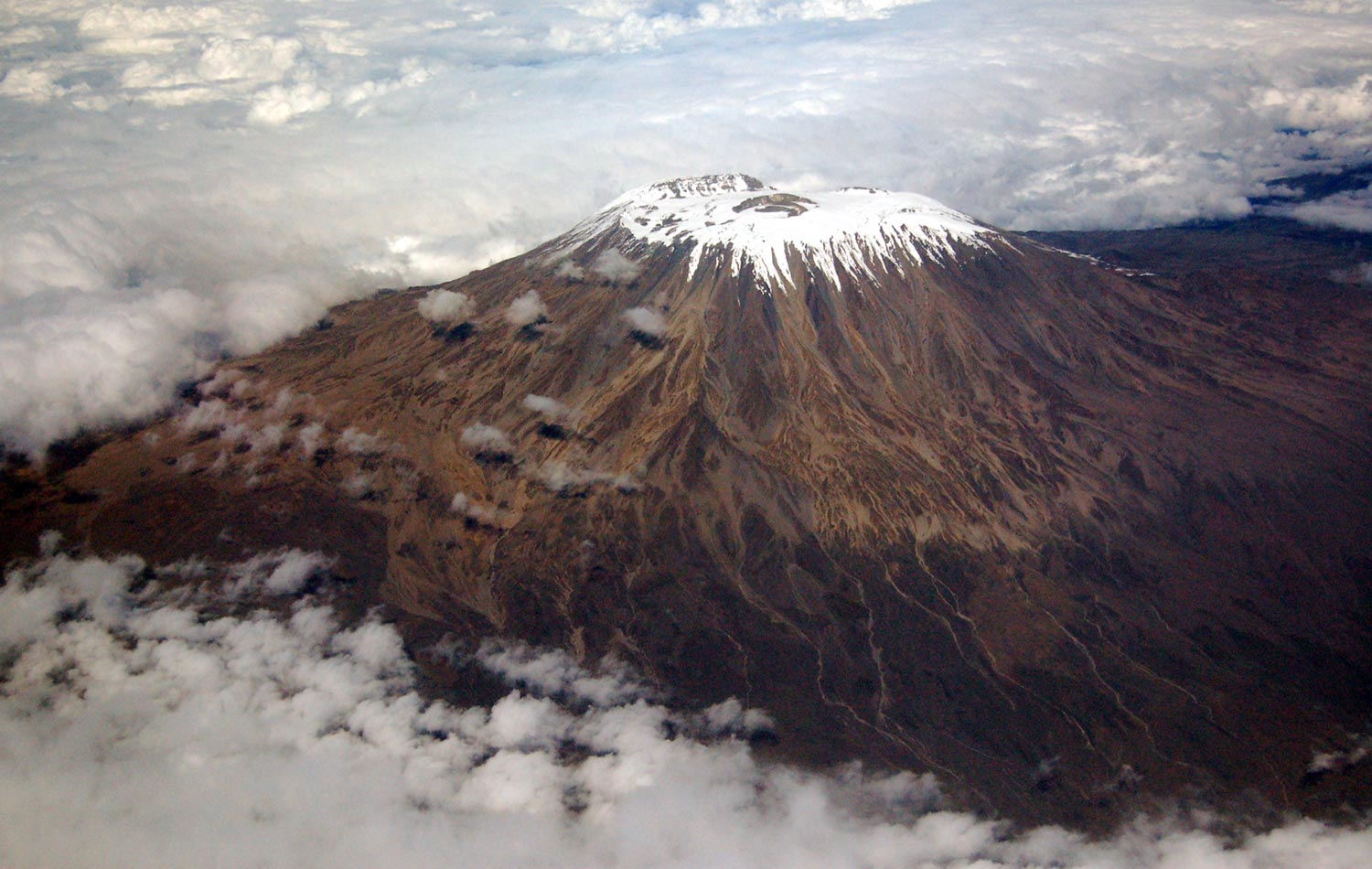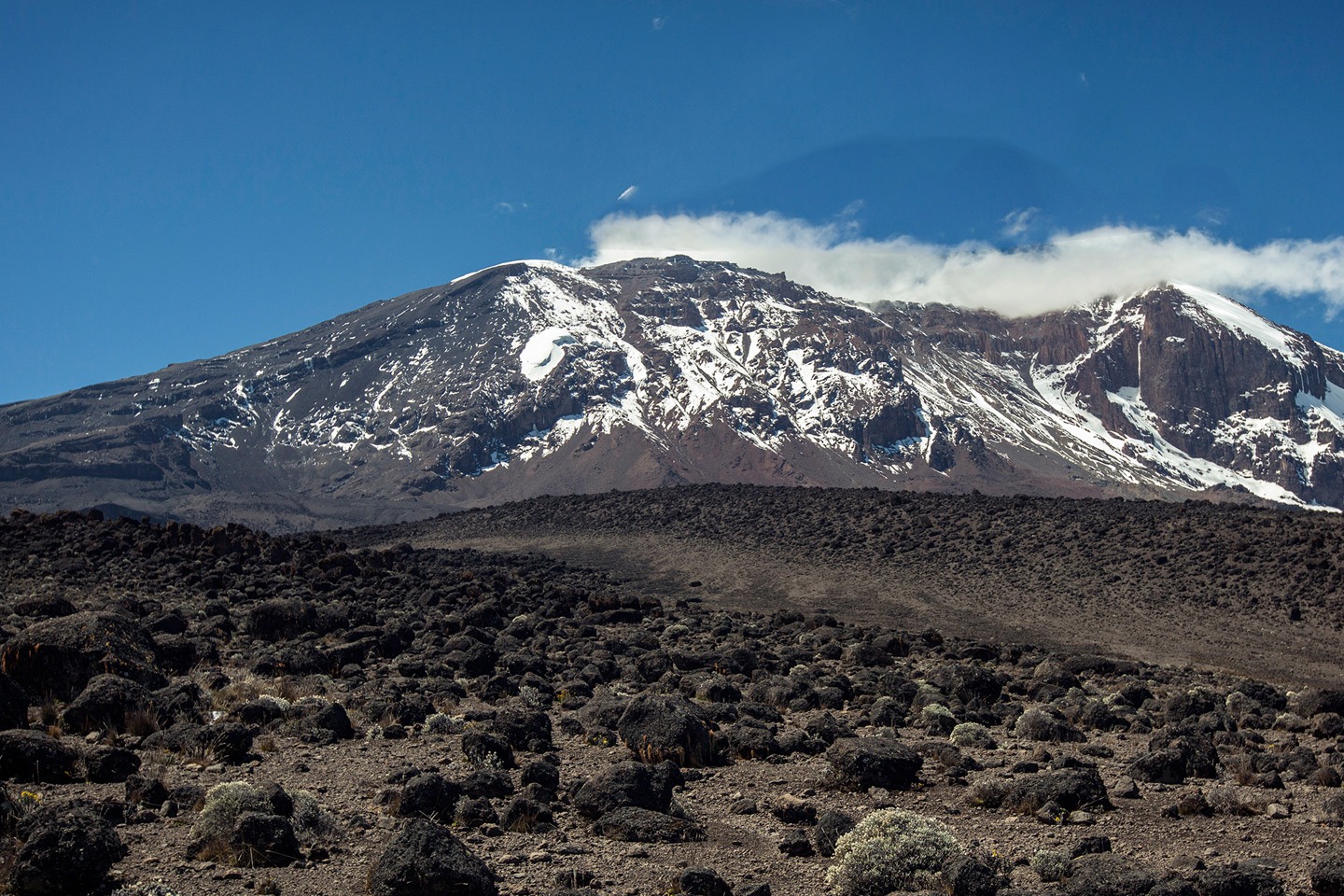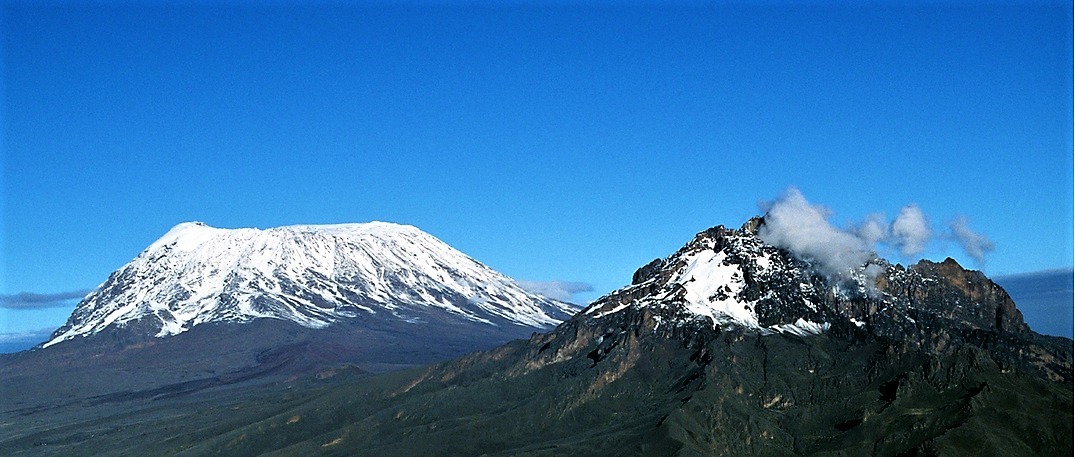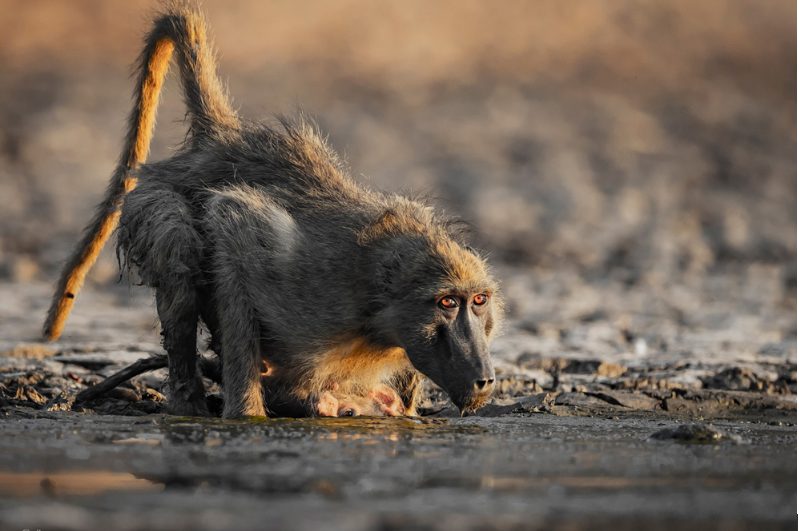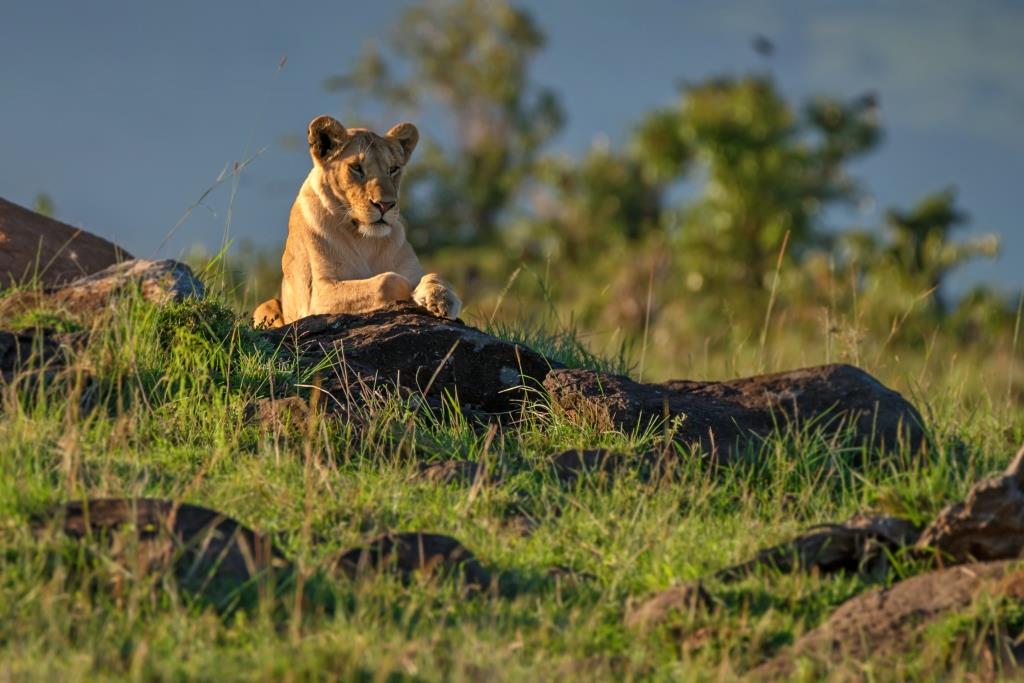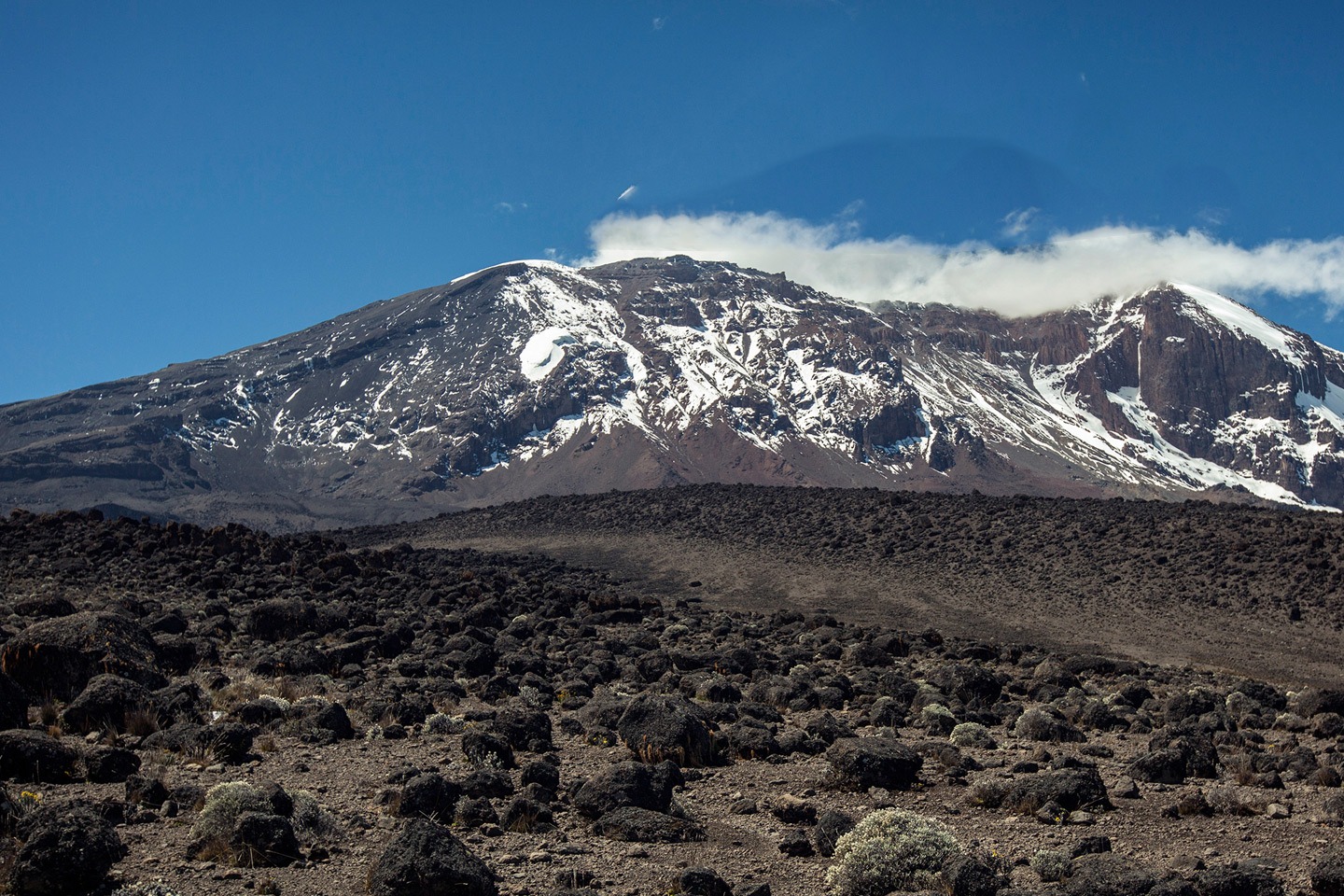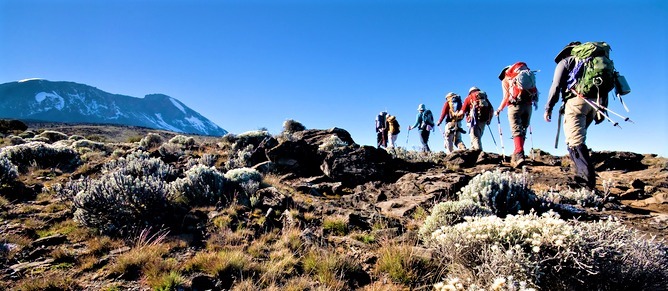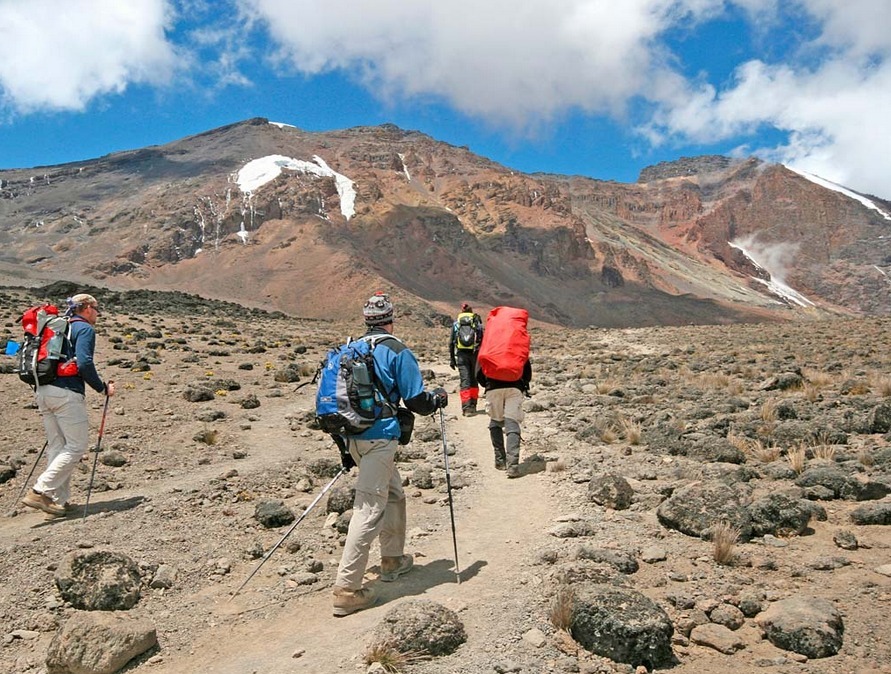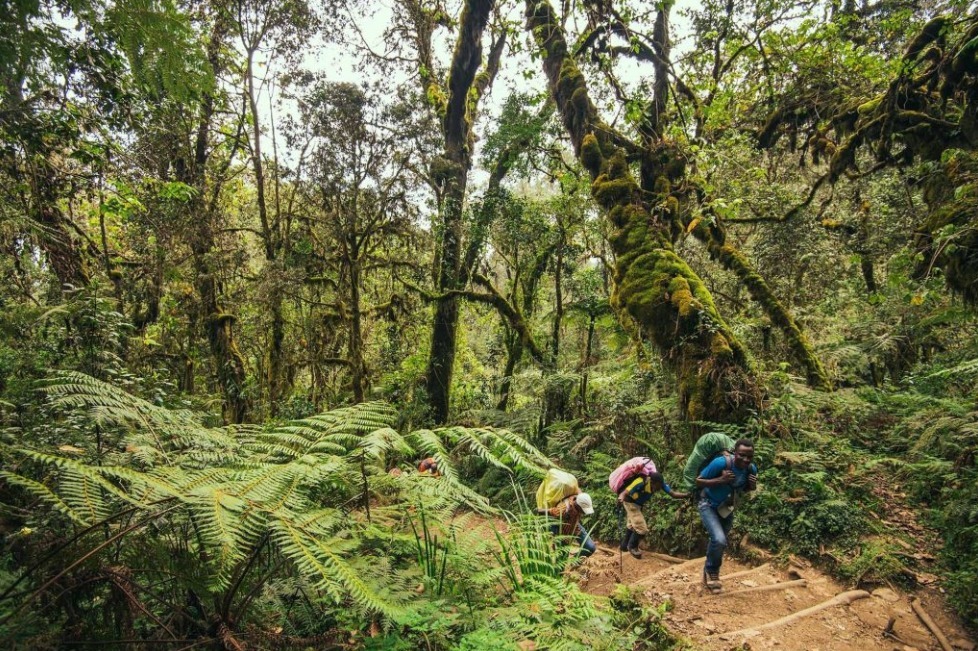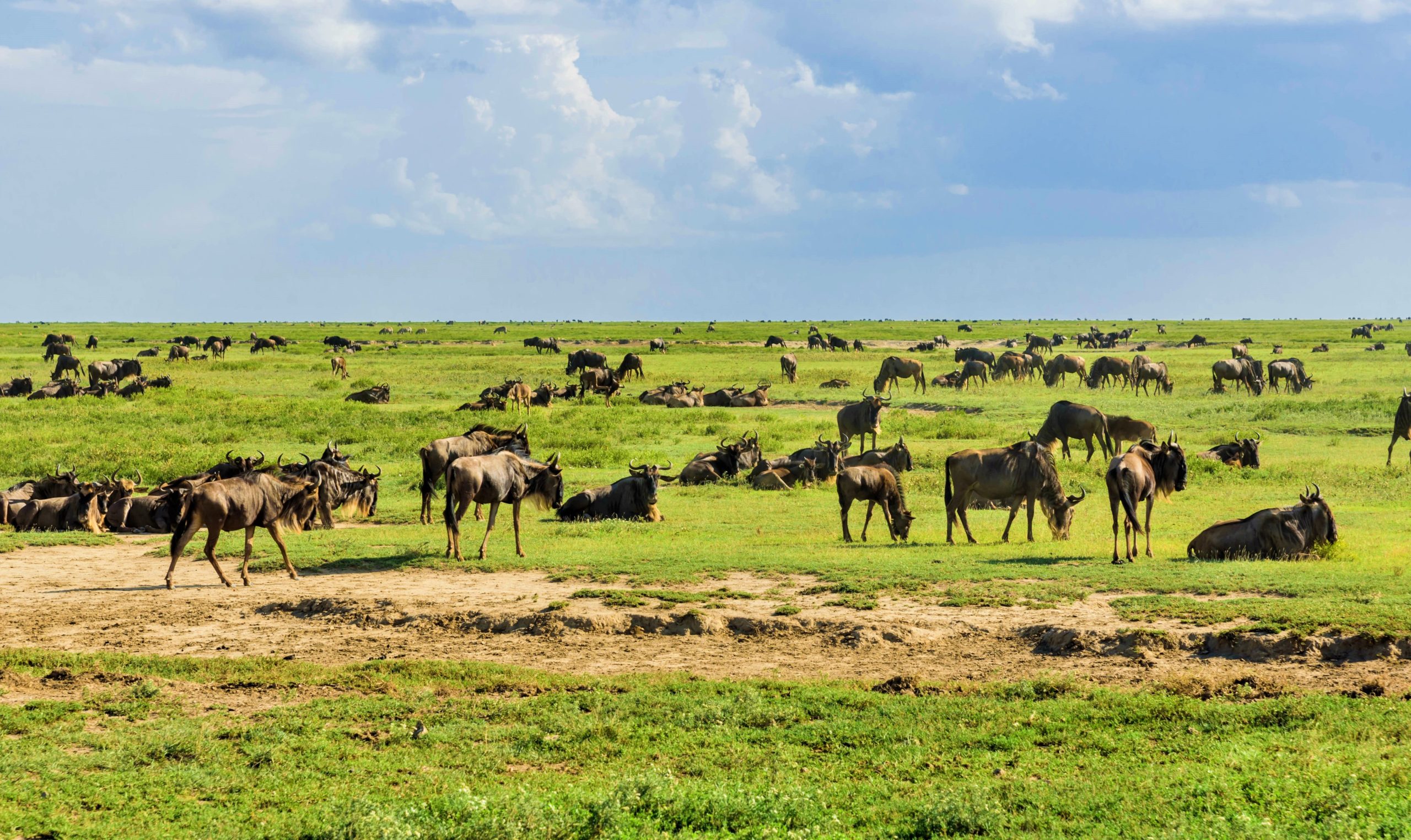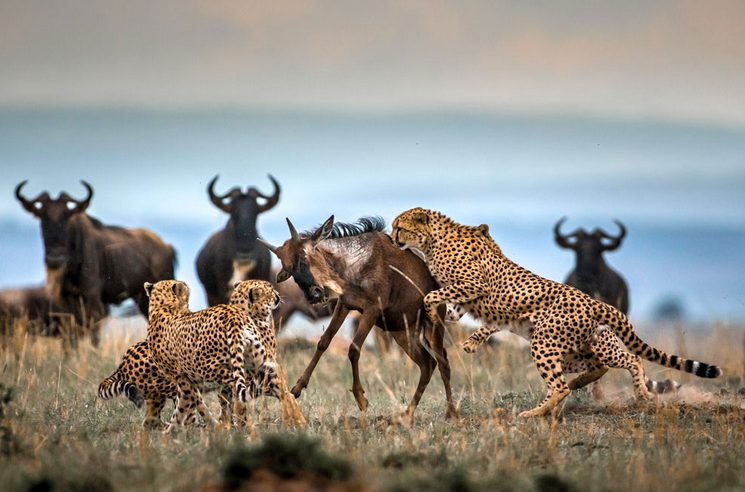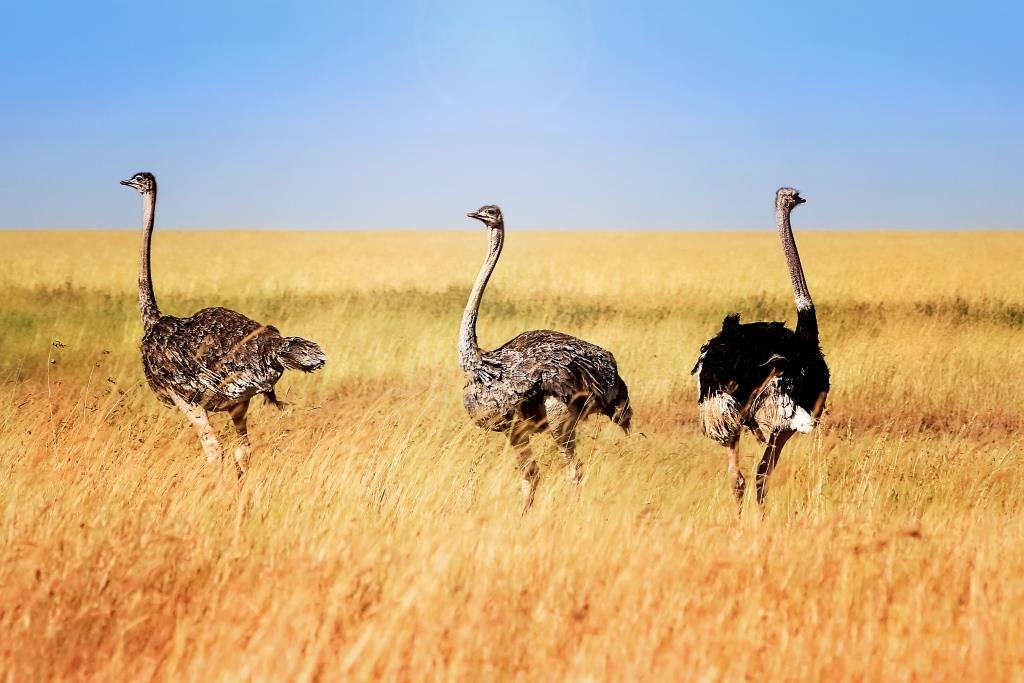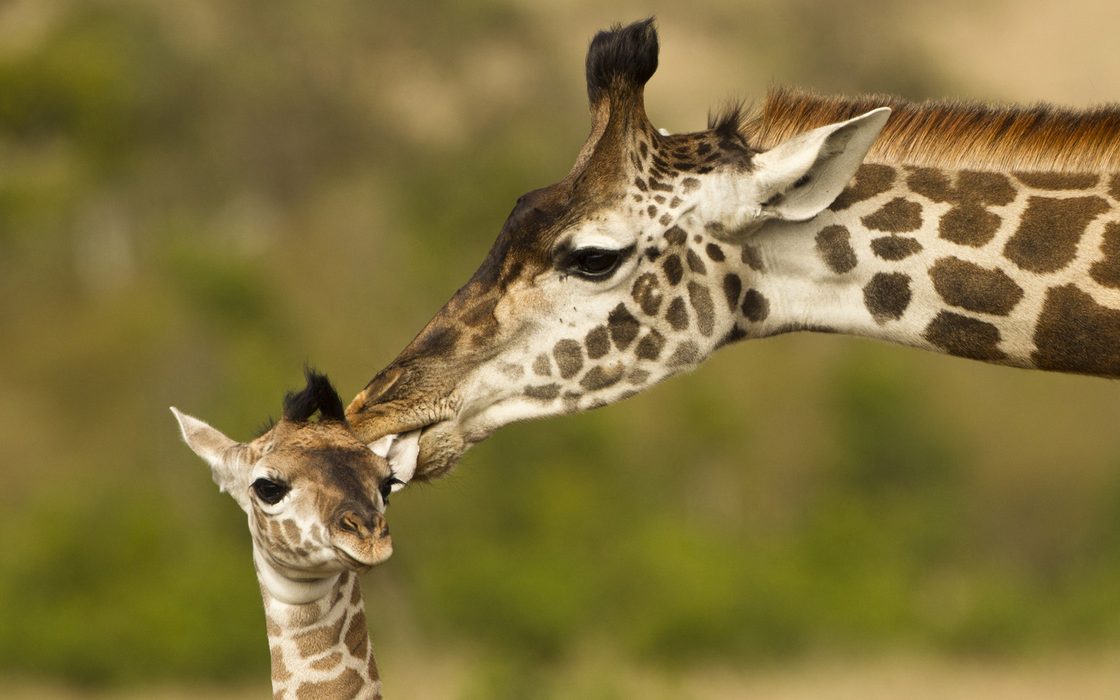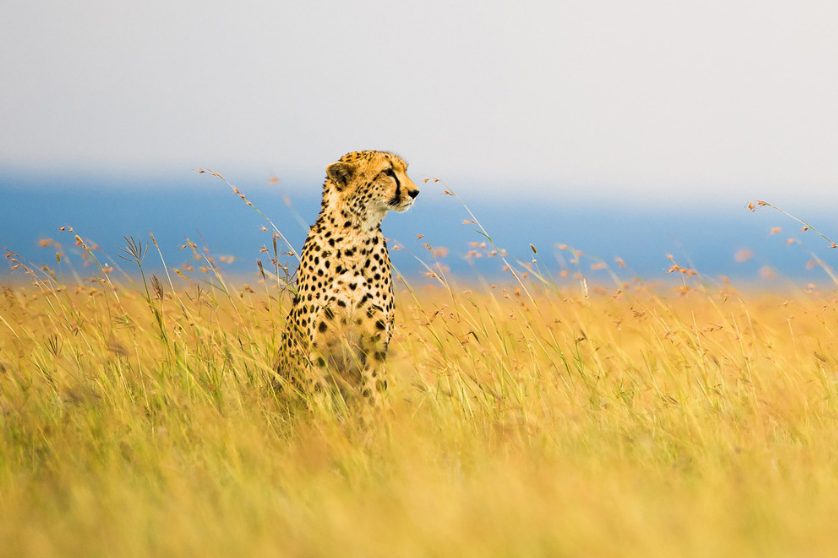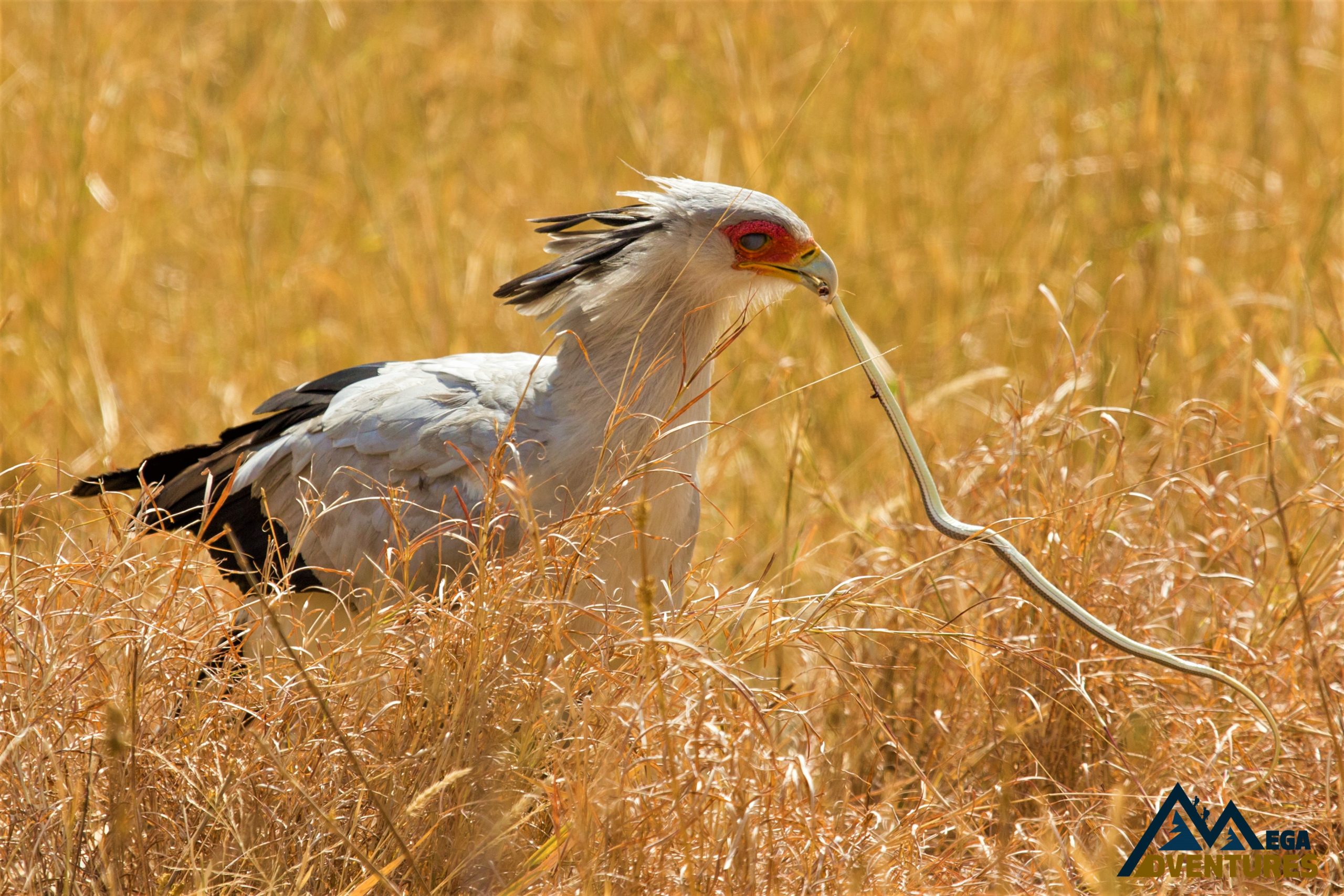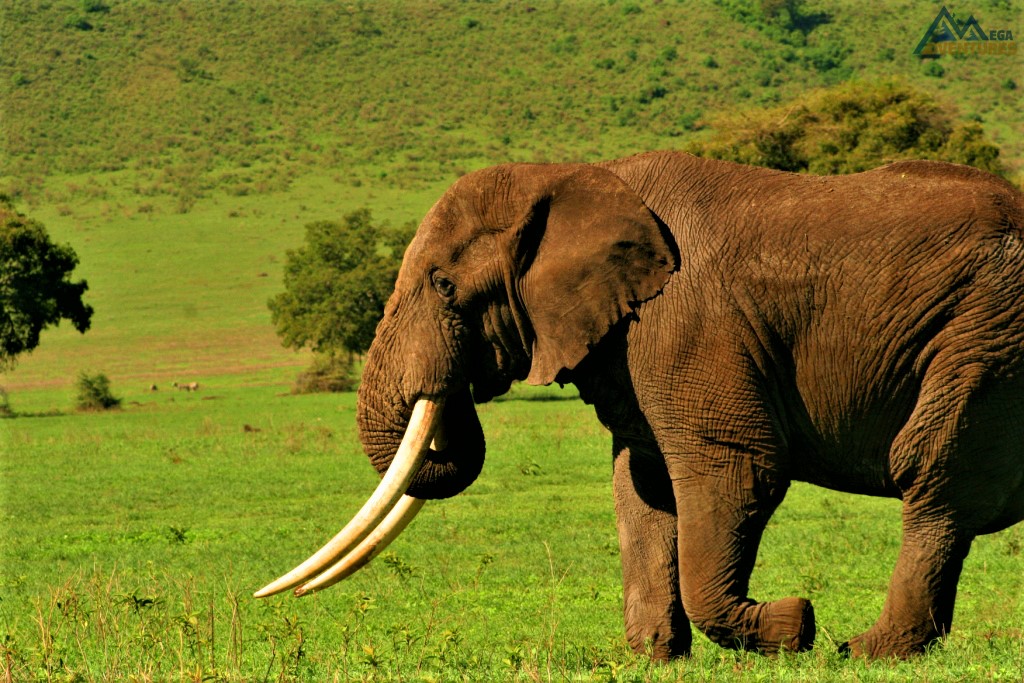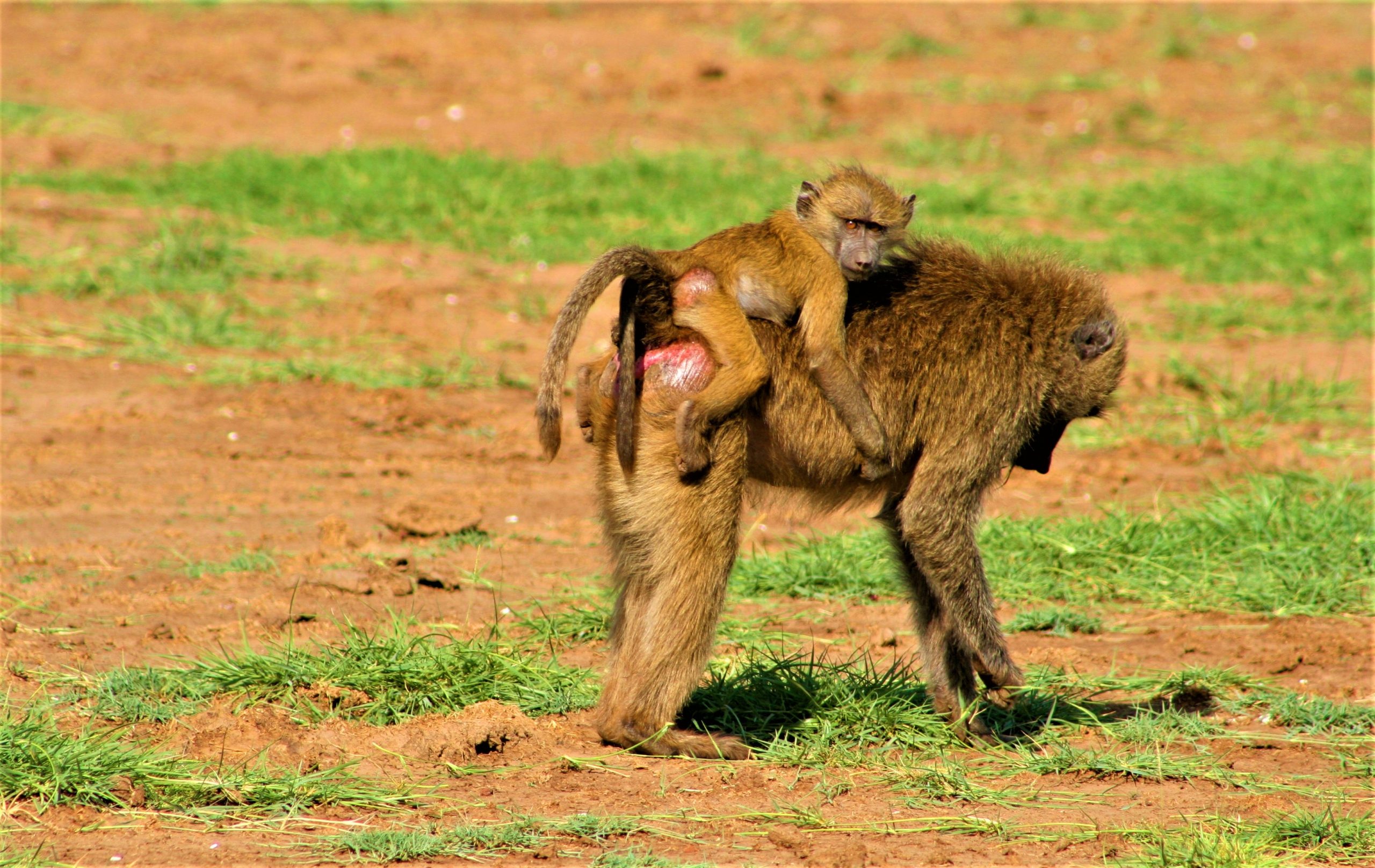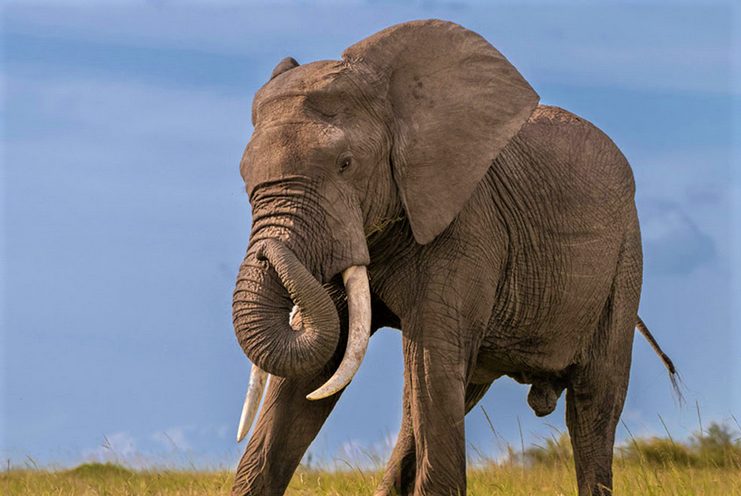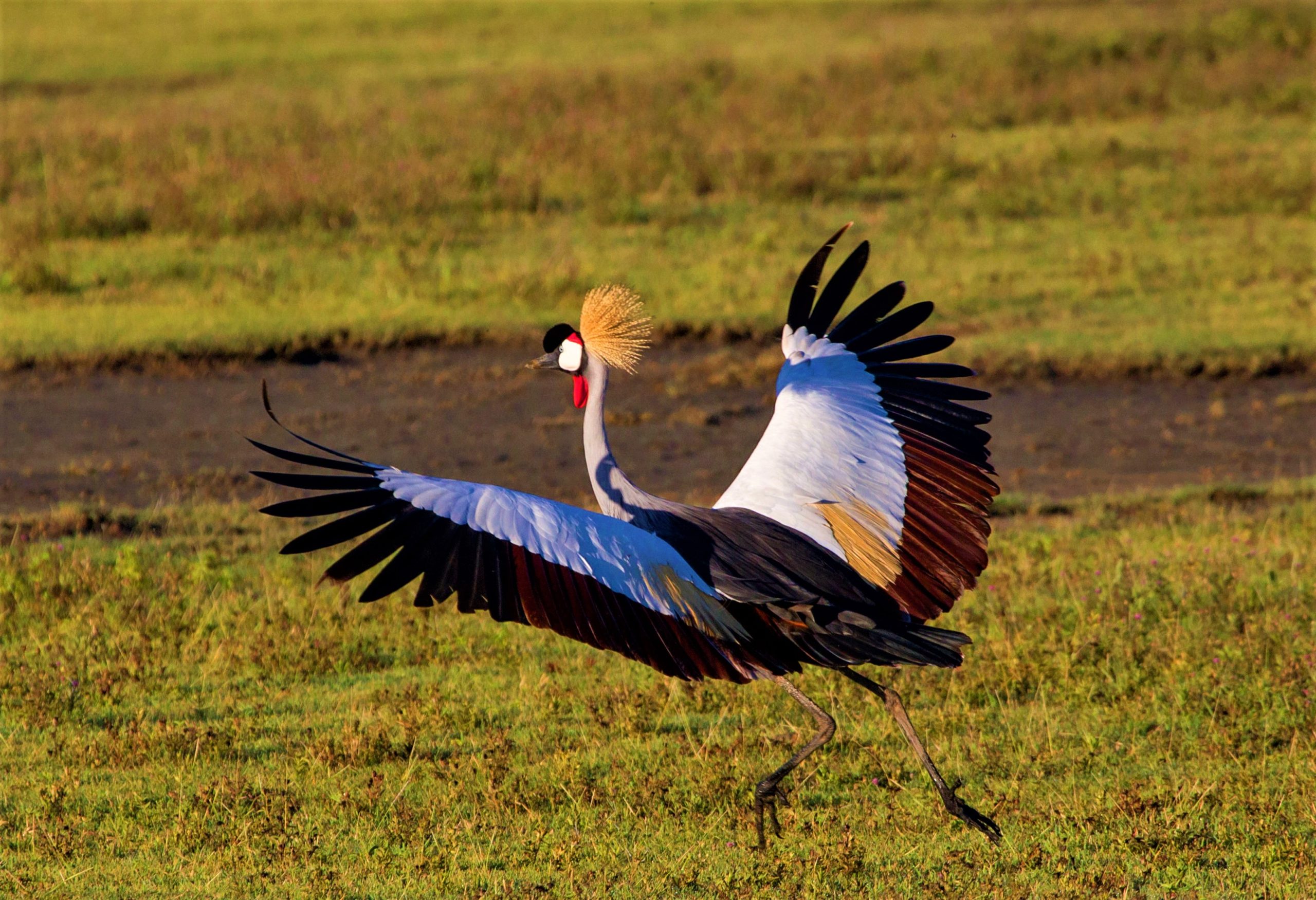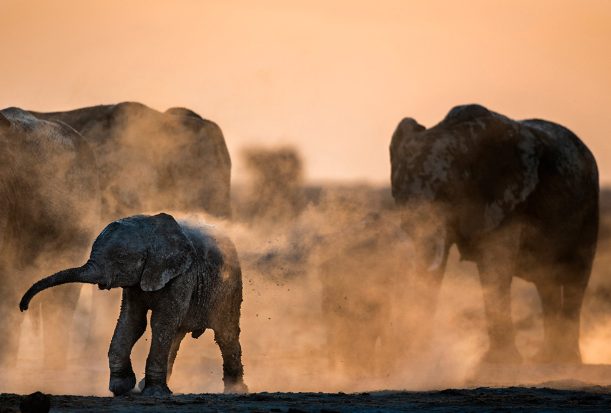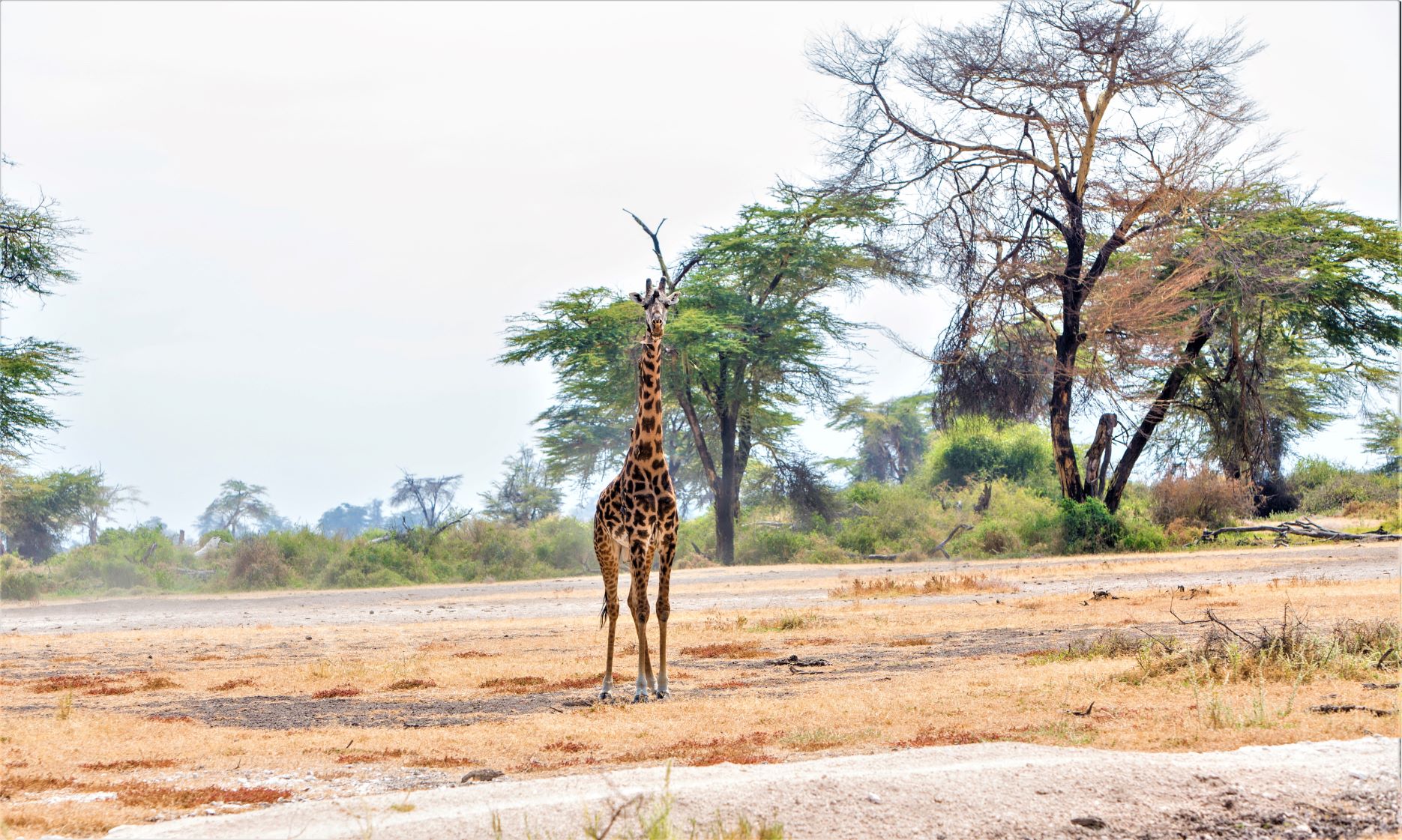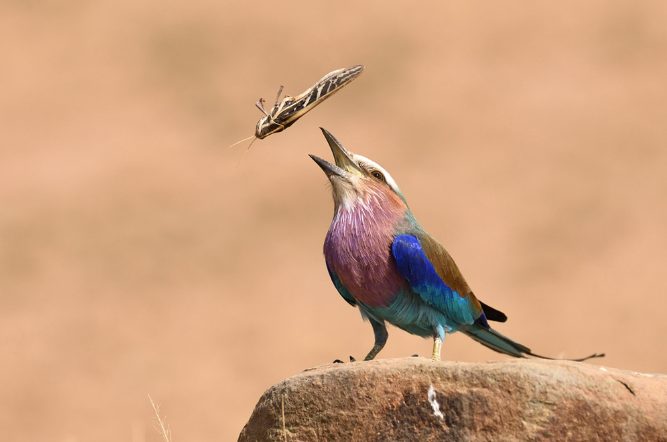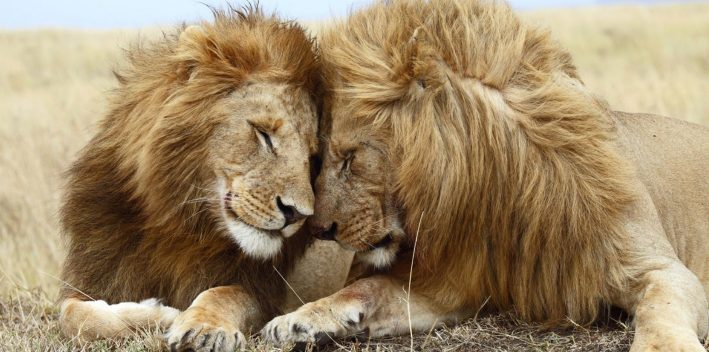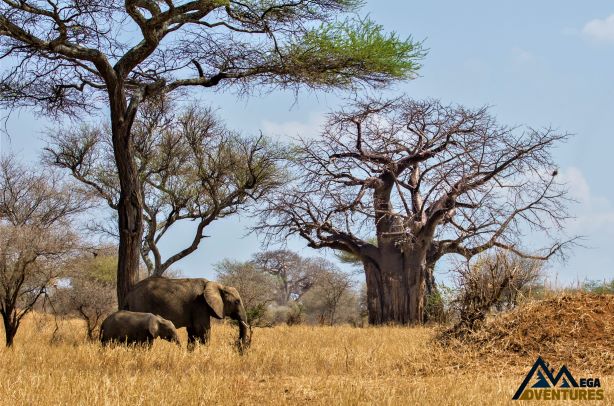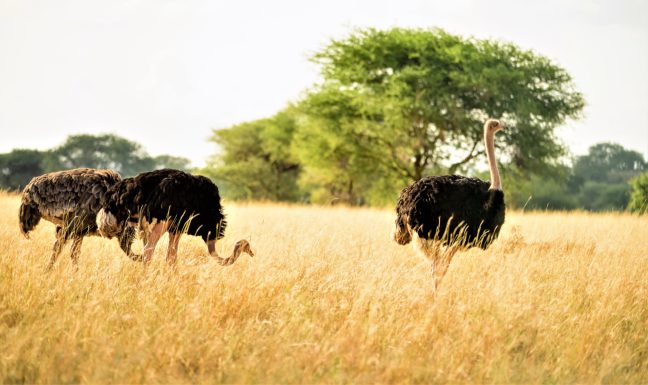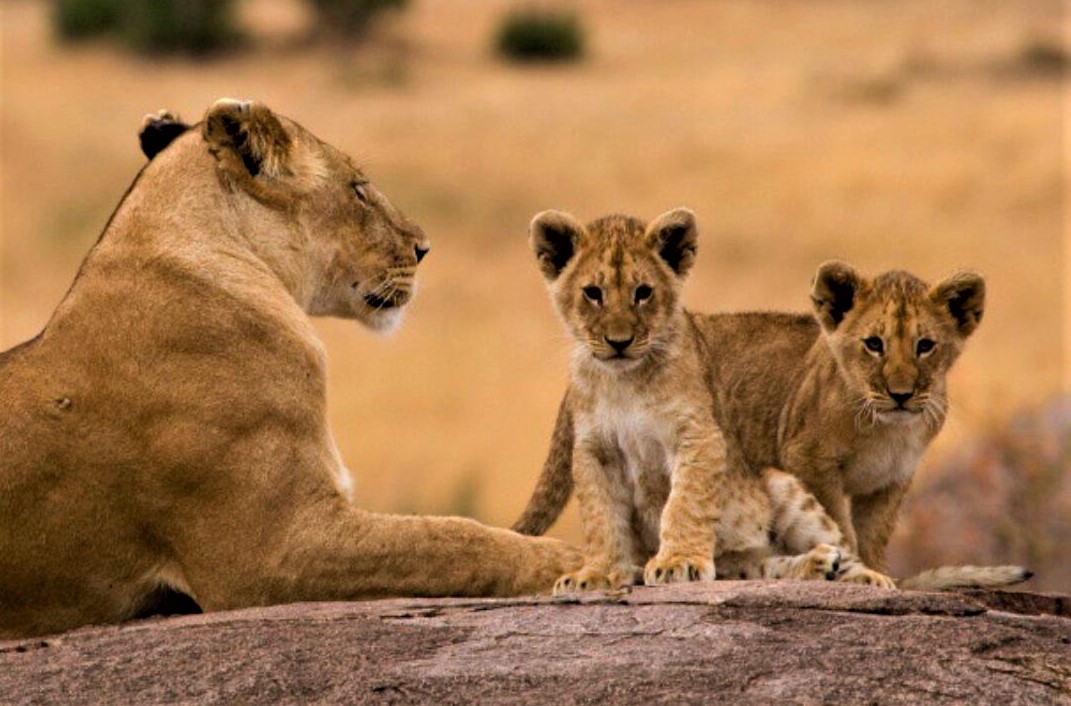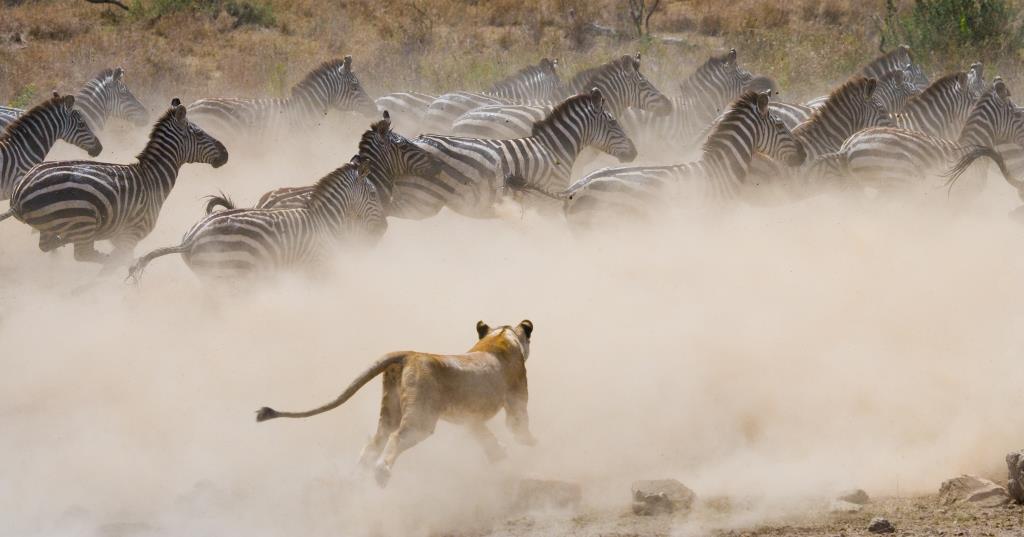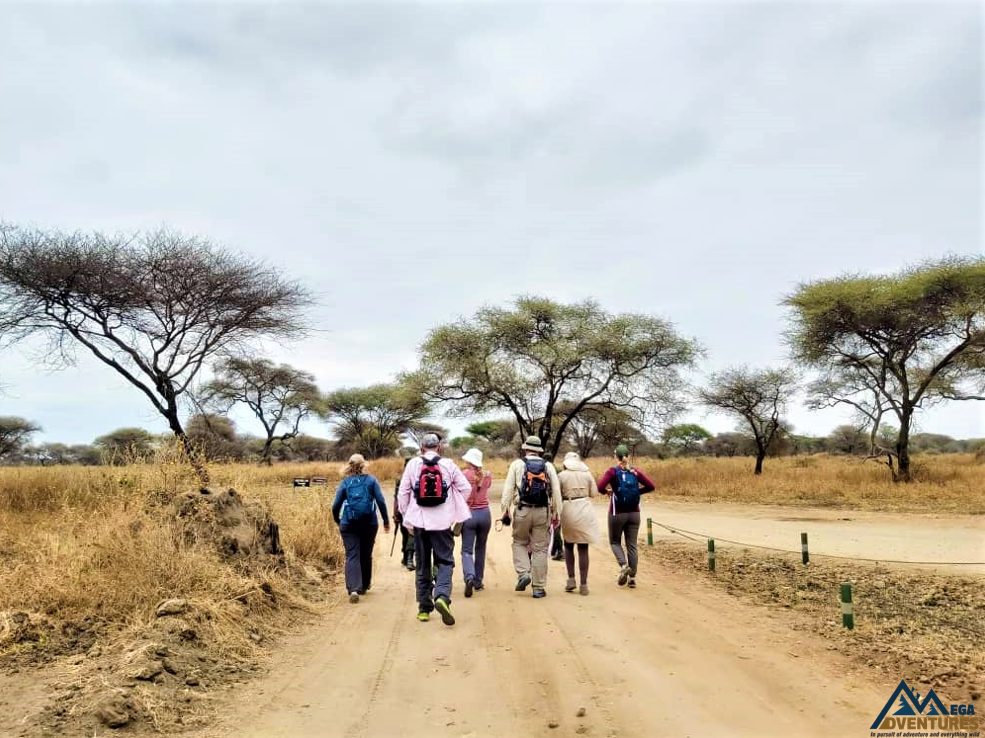Arusha National Park, Tanzania’s only national park named after a city, Arusha National Park is a jewel within easy reach. In spite of its proximity to the safari capital though, this park is hardly visited – a welcome news to those adventurous few who come here to enjoy this tiny park’s expansive views, beautiful volcanic scenery, breathtaking rainforest and abundant wildlife in relative solitude.
Taking up most of the park’s space is the mighty Mt. Meru, a stratovolcano that was once higher than Mt. Kilimanjaro and Tanzania’s second highest mountain. A quarter of a million years ago, a violent eruption blew off its entire eastern wall, hurling gigantic boulders some 70 Kms east of the mountain and reducing its height to the current 4566 meters. Although classed as dormant, earth tremors still occur and a series of minor eruptions were recorded in 1910. Hiking Africa’s fifth highest mountain is often looked upon as an acclimatization and fitness trip prior to scaling Kilimanjaro and despite the fact that Meru’s summit is over a kilometer lower than Kili’s, the climb is a lot more steeper and can be just as challenging and rewarding as scaling Africa’s roof top. Some breathtaking scenery is to be had along the way including unmatched views of its bigger neighbor and herds of Buffaloes, Giraffes and Zebras grazing calmly as you passionately wind your way through the seemingly endless mountain trail.
Although a big portion of this park’s 552 Square kilometers consists of Mt. Meru’s eastern section has more than that on offer. There is the dense forest, home to the elusive Leopard, the acrobatic black-and-white colobus monkey and other primates plus an assortment of jungle birds. At the foothills of Mt. Meru lies the Ngurdoto crater, an unbroken 3km wide, 400m-deep volcanic caldera unsurprisingly named “the little Ngorongoro”.
Like Ngorongoro, this crater was formed when, after merging, two volcanic cones finally collapsed under their own mass. Also like its bigger cousin some 200Kms to the east, Ngurdoto plays host to a rich variety of wild game. Herds of buffalo, Elephants and Zebras along with troops of baboons can be seen on the crater floor from special viewpoints on the south rim as descending down to the crater floor is prohibited though walking around the crater rim escorted by an armed ranger is allowed.
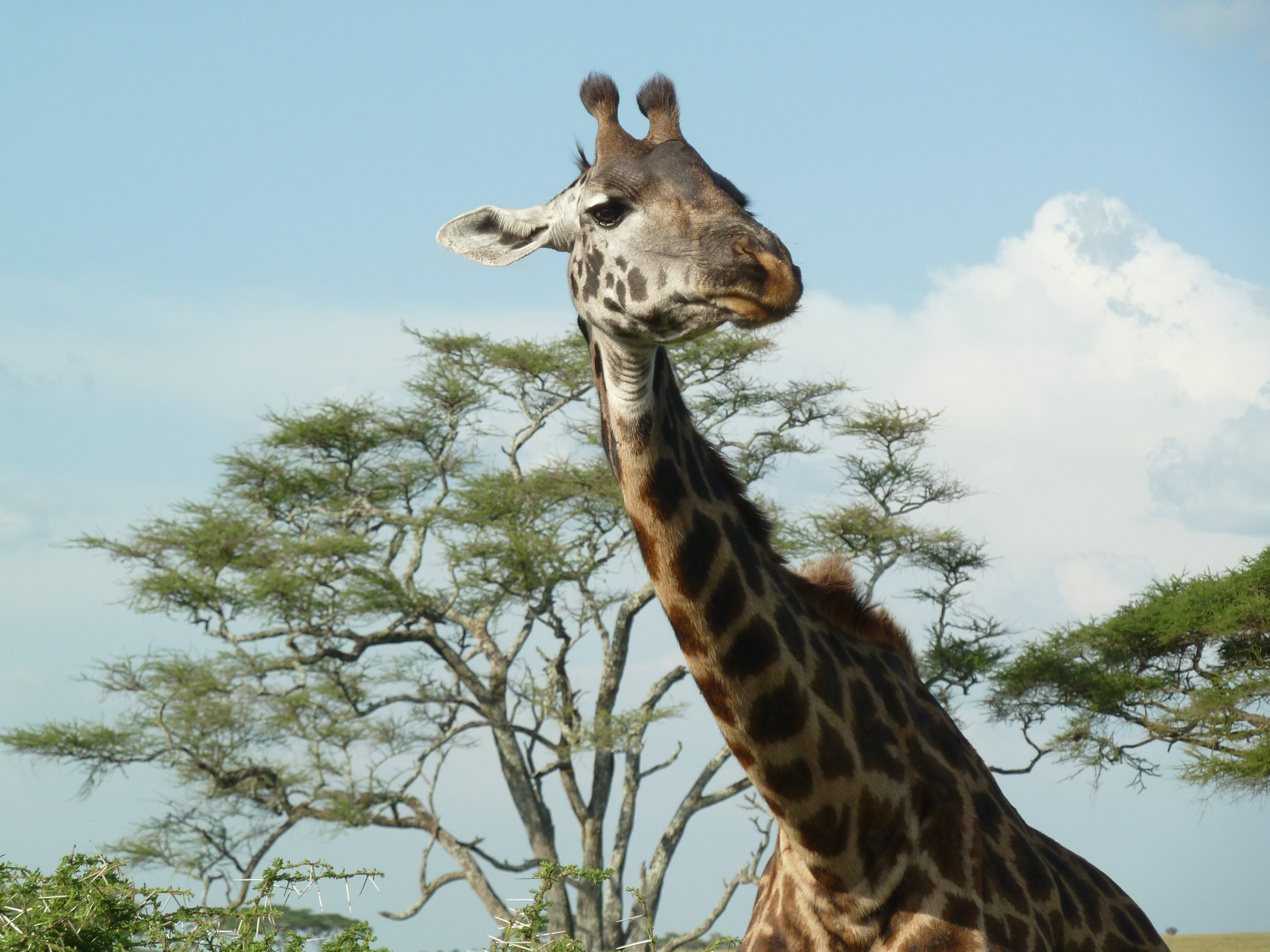
To the northeast of the park are the Momella lakes, a series of seven shallow alkaline lakes formed when Meru blew off its eastern wall. As in most alkaline lakes, these too support a thriving variety of algae which account for the lakes’ different shades of emerald and turquoise and in turn support a sizeable population of filter feeders such as the crimson colored lesser flamingos who actually gain this lovely color form from the algae they eat. Other water birds include ducks, grebes, pelicans and a host of migratory birds that usually fly in between May and late October adding up to the park’s 575 different bird species that have been observed to date, making it an ideal birder’s nest.
The park’s tropical conditions also make it an excellent place for butterflies, assuring butterfly fanatics a grand treat. The forests around the lakes also harbor a good number of black-and-white colobus monkeys plus blue monkeys, buffaloes, elephants, giraffes, zebras, warthogs and the occasional bushbuck. Lions are virtually nonexistent in this park, with Leopards and Hyenas present but hard to spot. Nevertheless this one of those little gems tucked away in a pristine evergreen wilderness just a hop, skip and a jump from Tanzania’s safari capital and one that will always live to one’s expectations.

Climate:
There are two rainy seasons in a year. The wet season is from March to May and from November to mid December. The dry season is from late June to October and late December to February
The park is located at an altitude between 1,700 and 4566 meters.
Best time to visit:
Arusha National Park can be visited throughout the year. However the climate is most suitable for climbing in the dry seasons June-October and December-February when the sky is clear and the mountain top is easily seen. Most people avoid April and May, when there are heavy monsoon rains. However the climb can be done provided you have proper climbing clothing and equipment.
Accessibility:
The Park can be accessed by road.
By Road: From Arusha town 32 kms, from Moshi 67 kms
Accommodation:
For the hikers on Mount Meru, accommodation is in huts at designated campsites.
Camping inside the park for those on game drives and many options of lodges are available just outside the park and in Arusha which is just a stone throw away.
Activities:
- Hiking Mount Meru
- Game drives
- Walking safari
- Canoeing
- Horse riding



